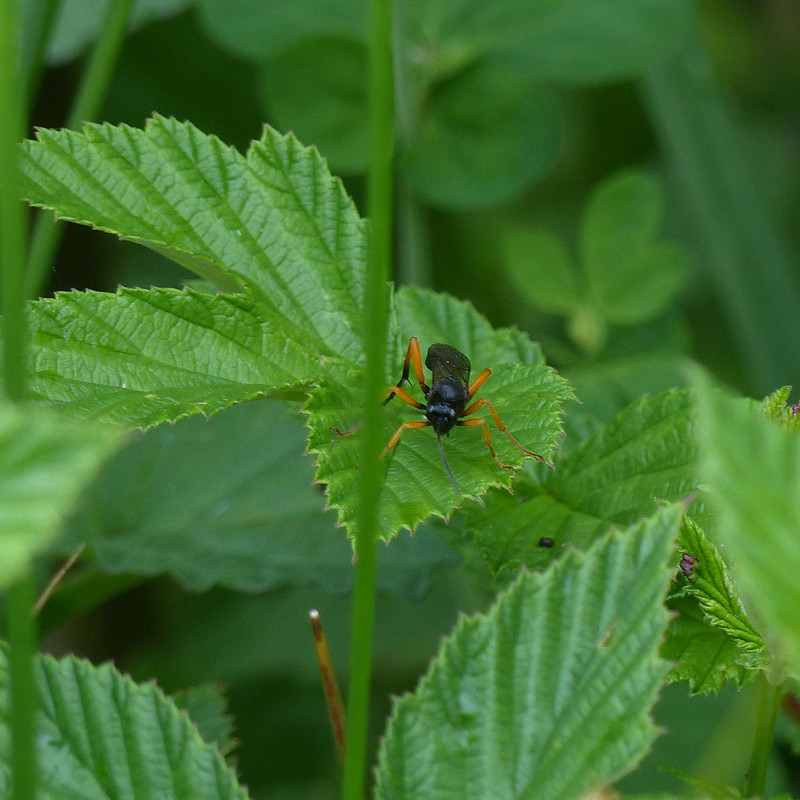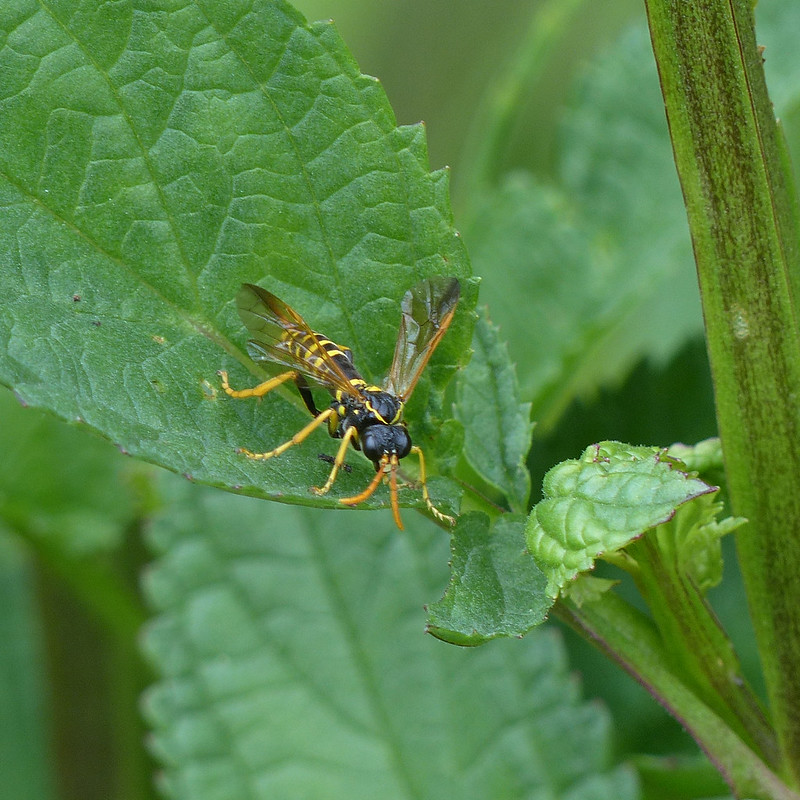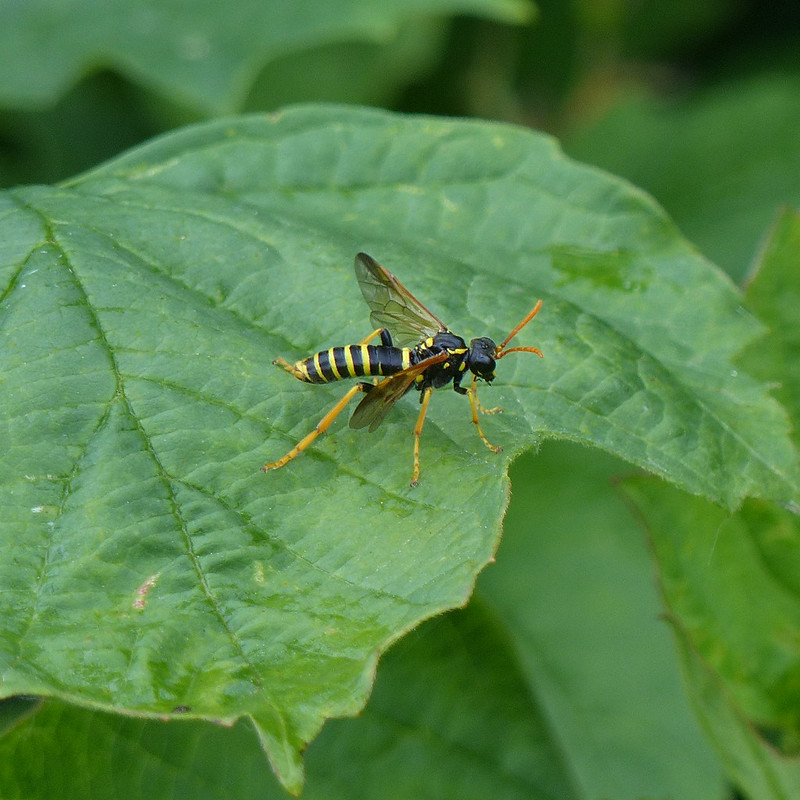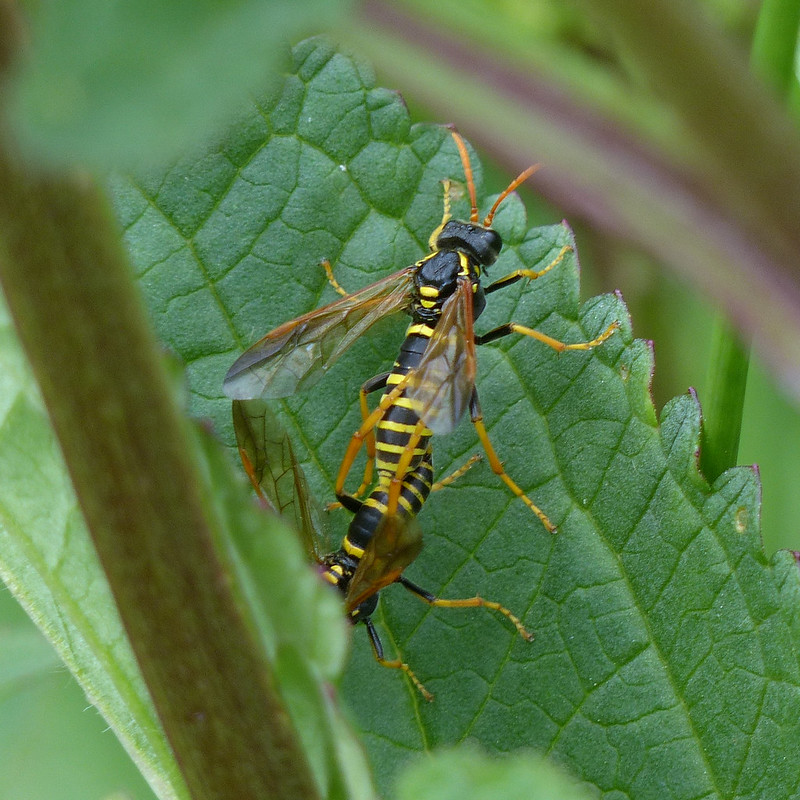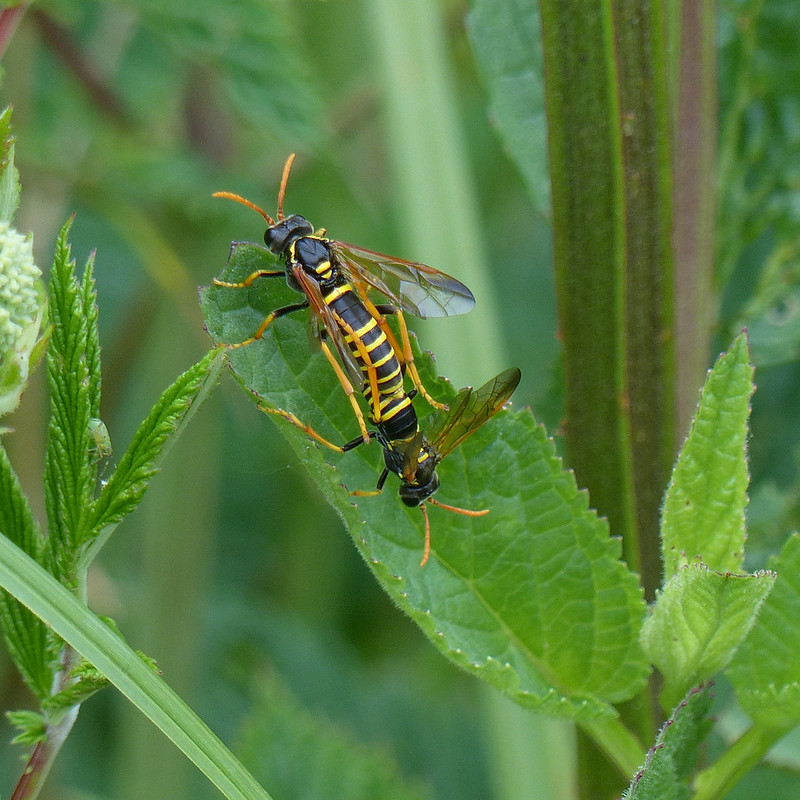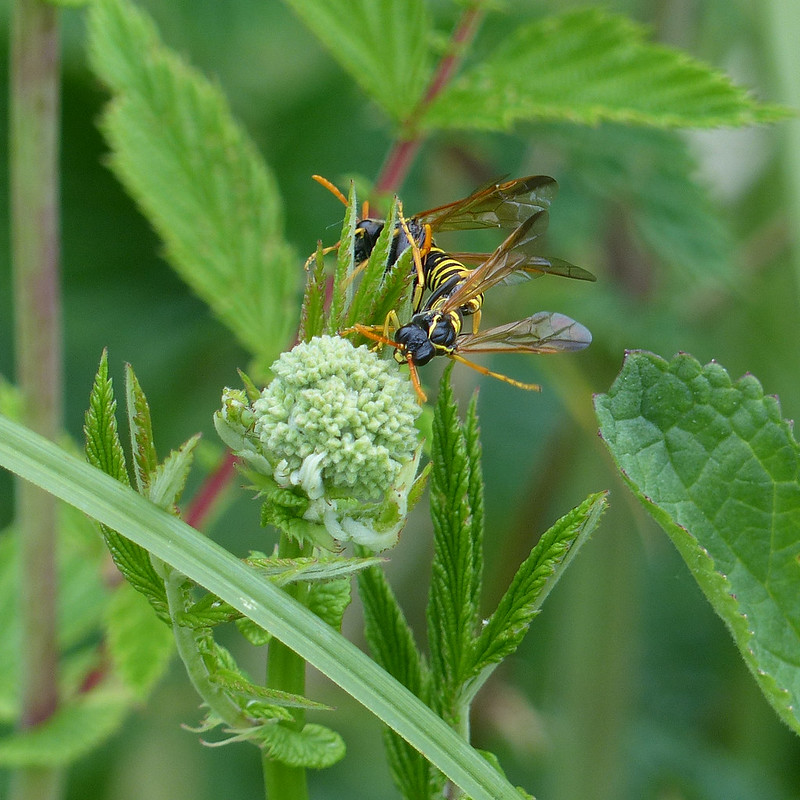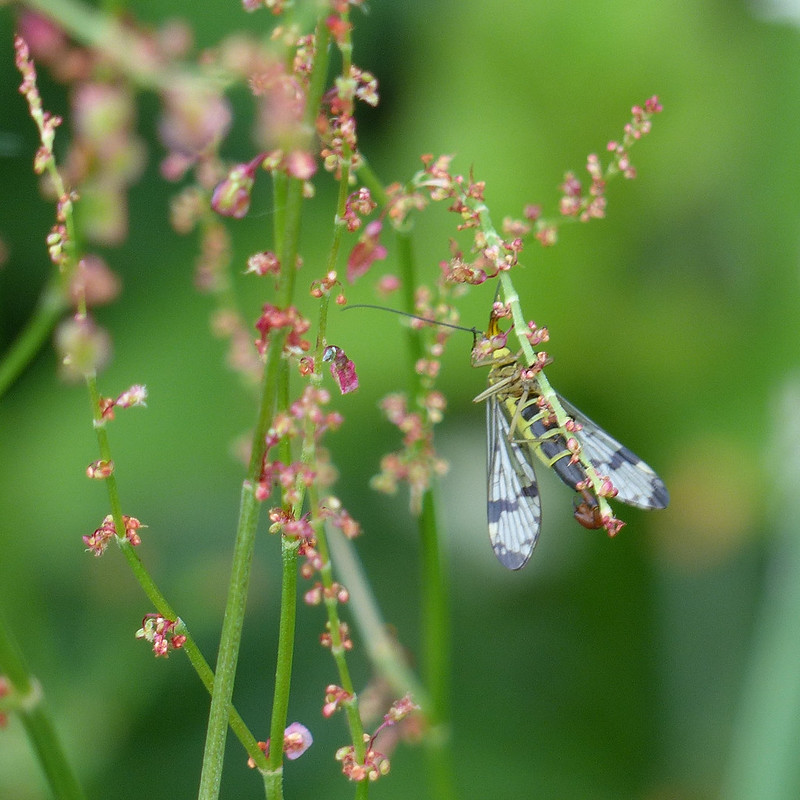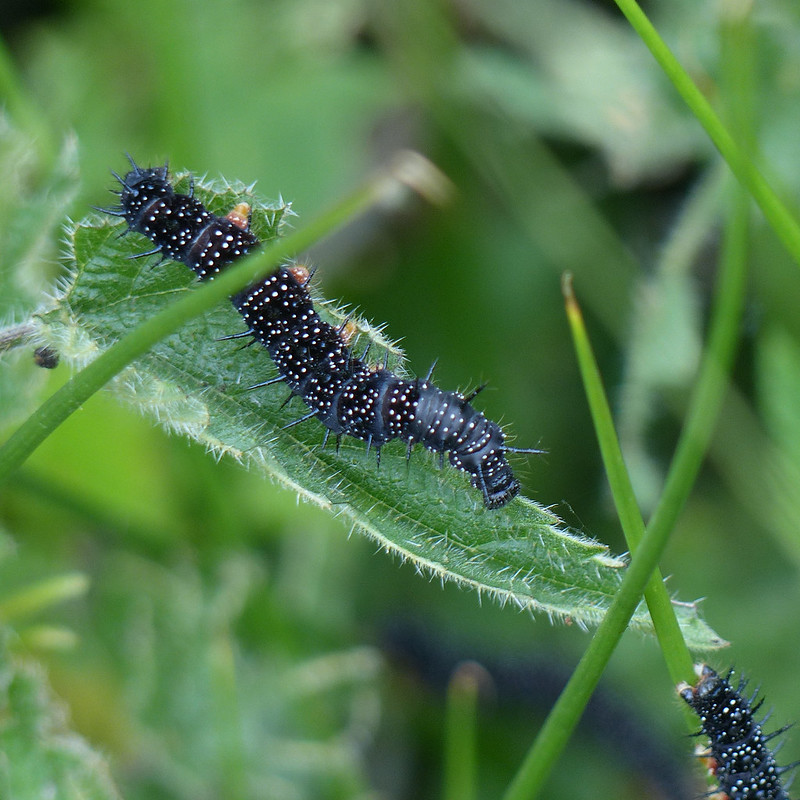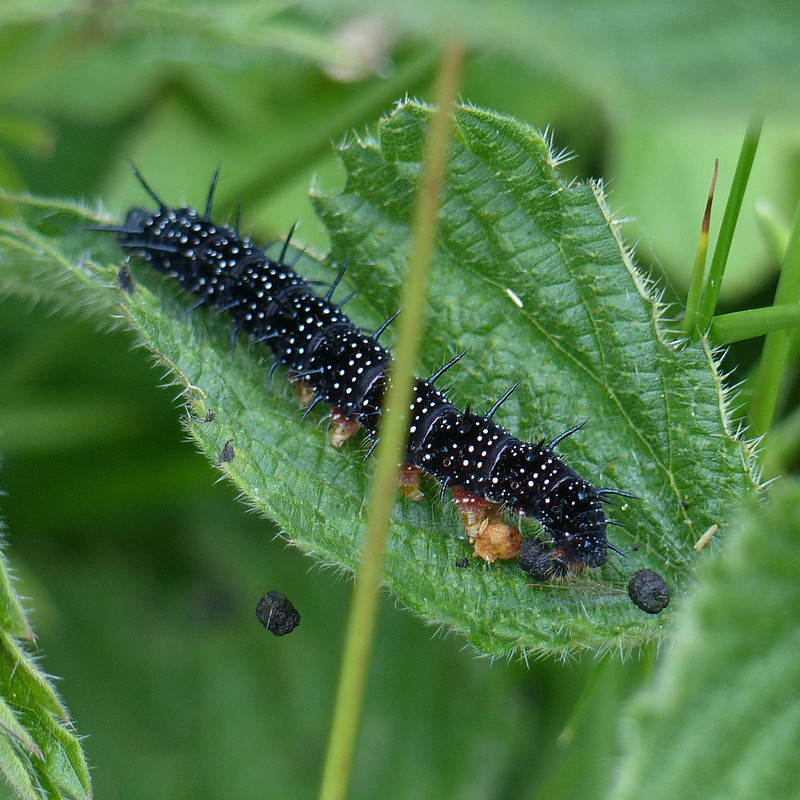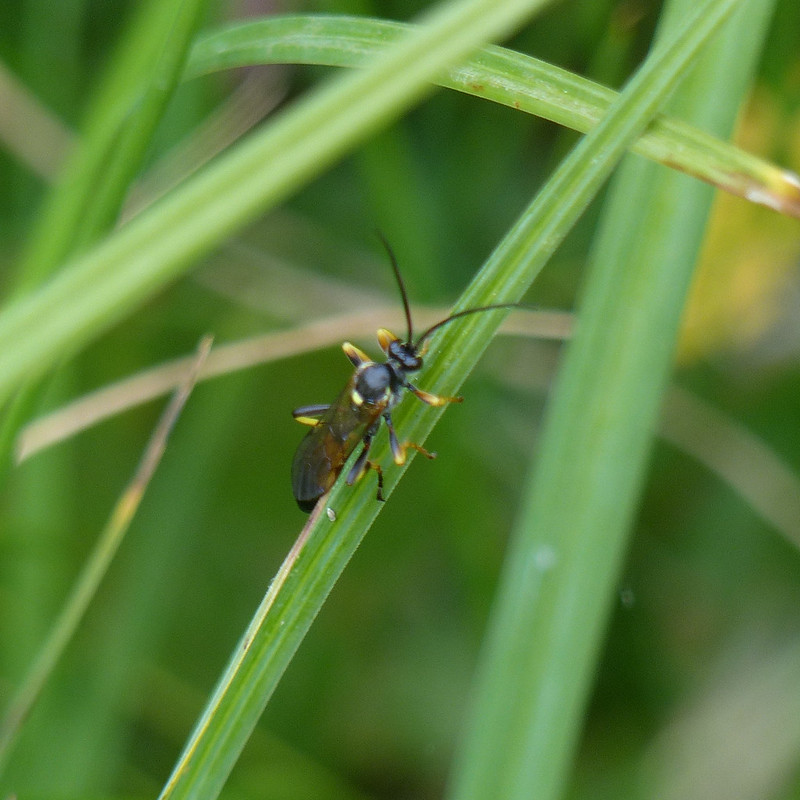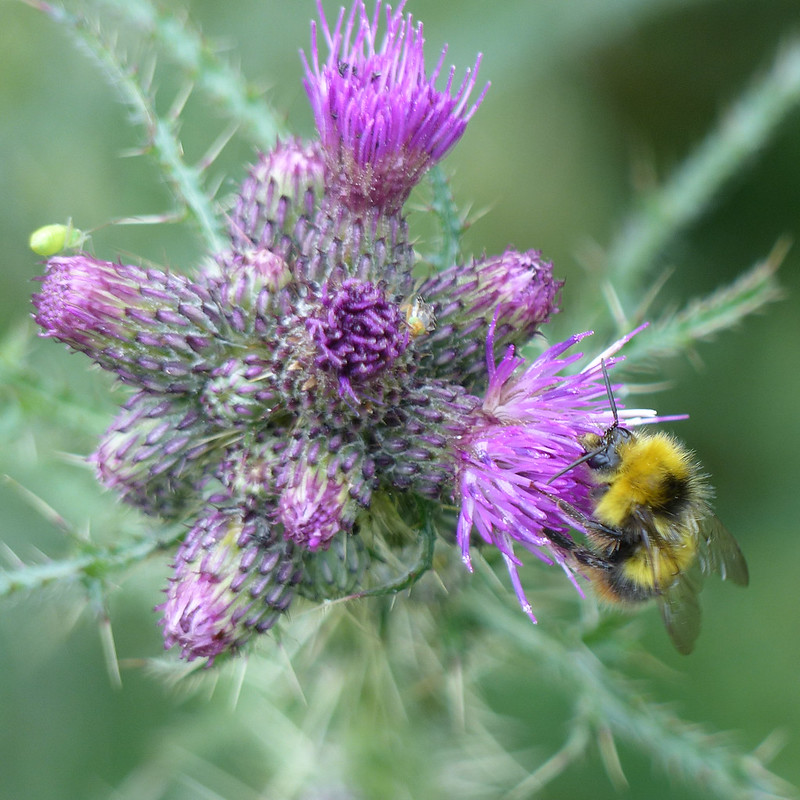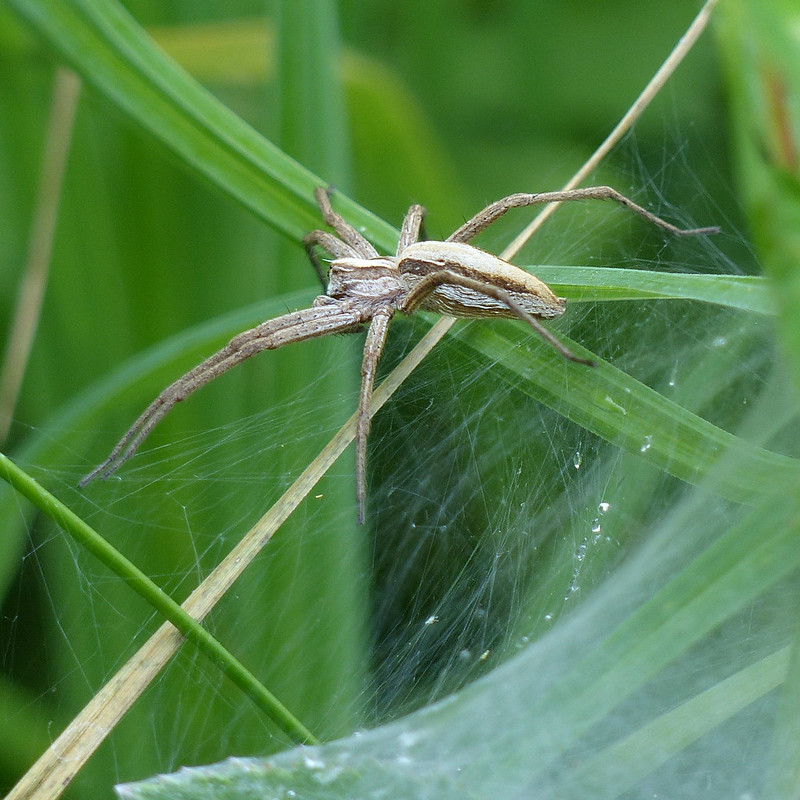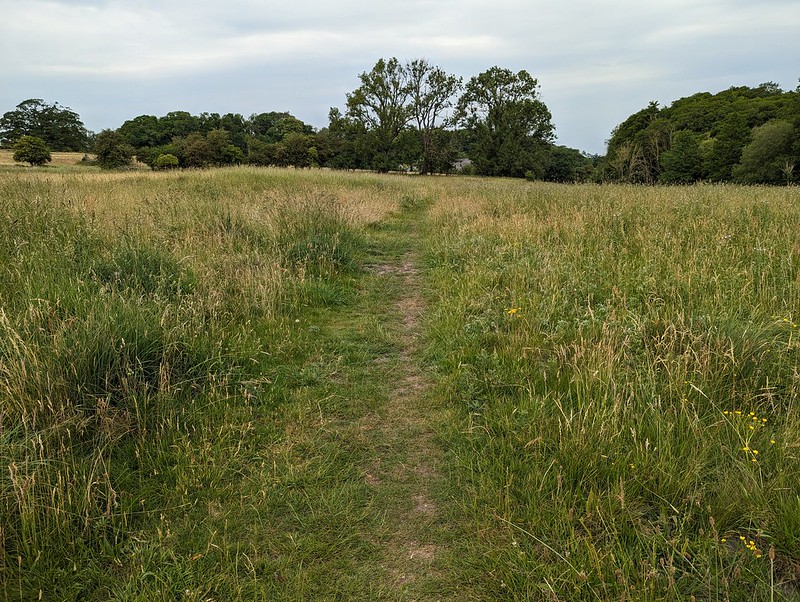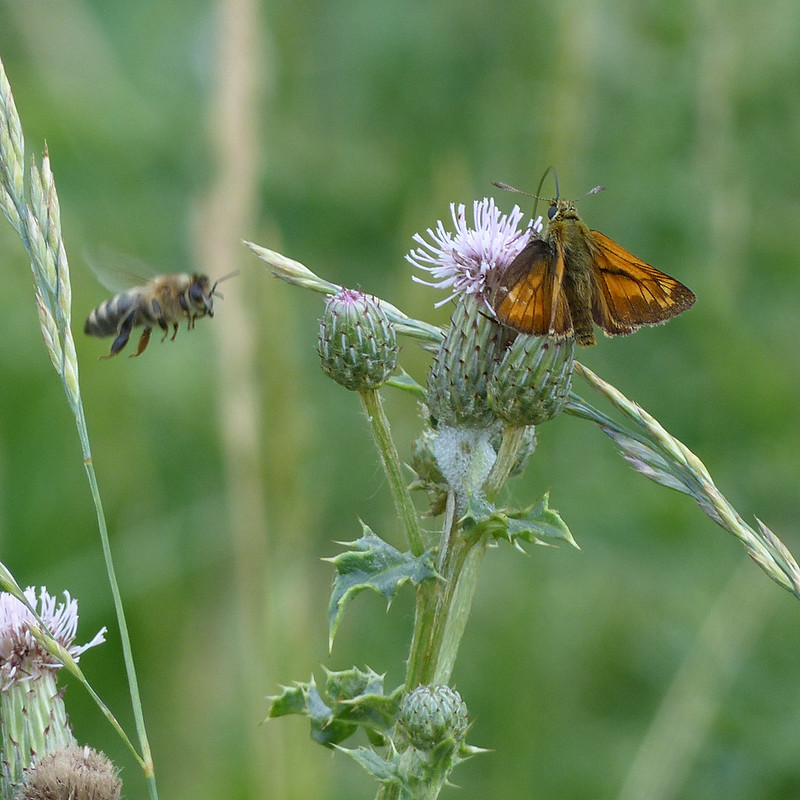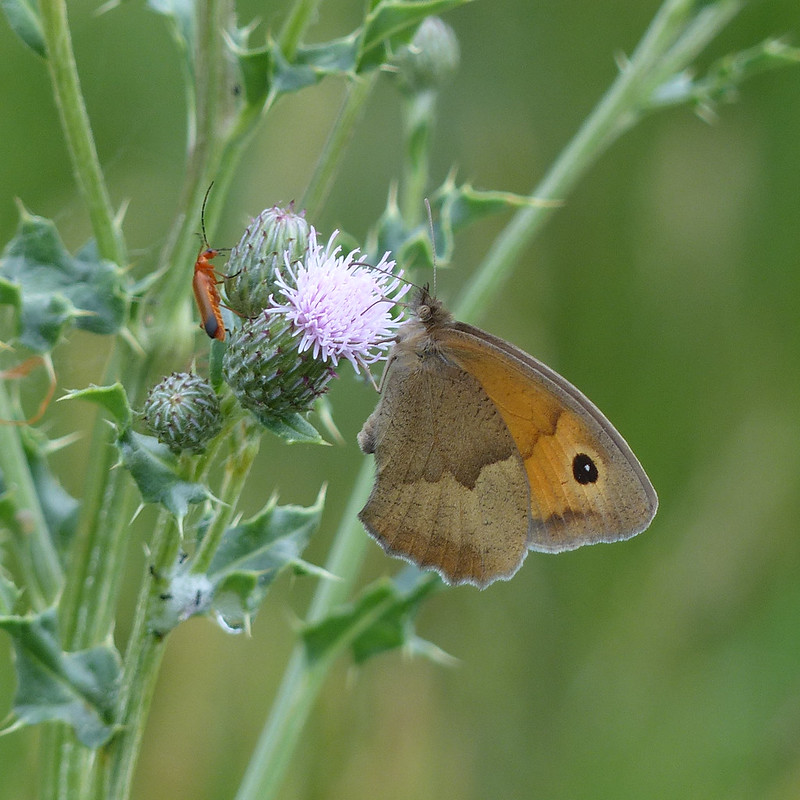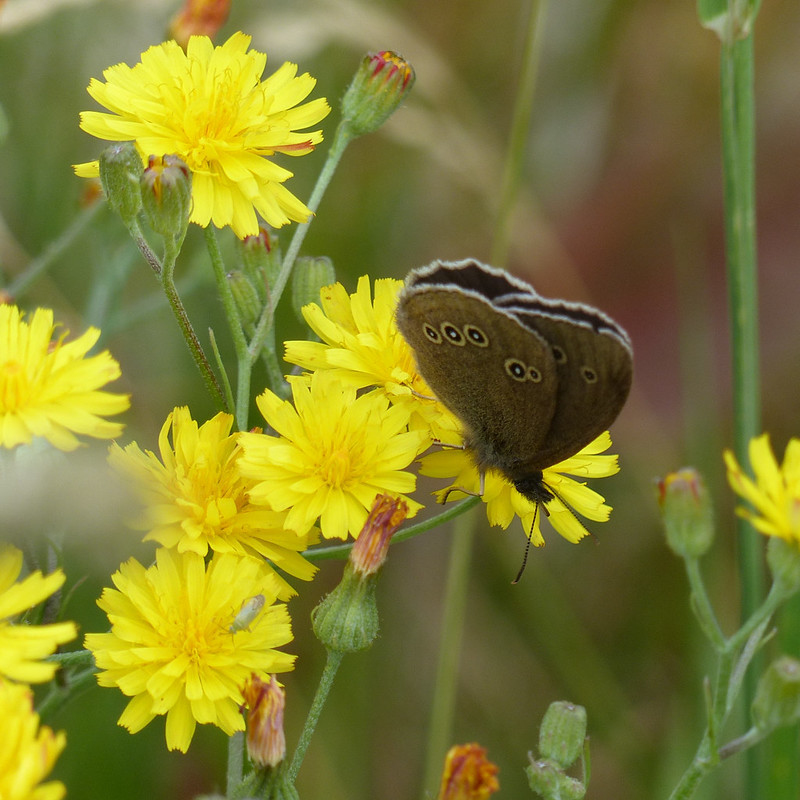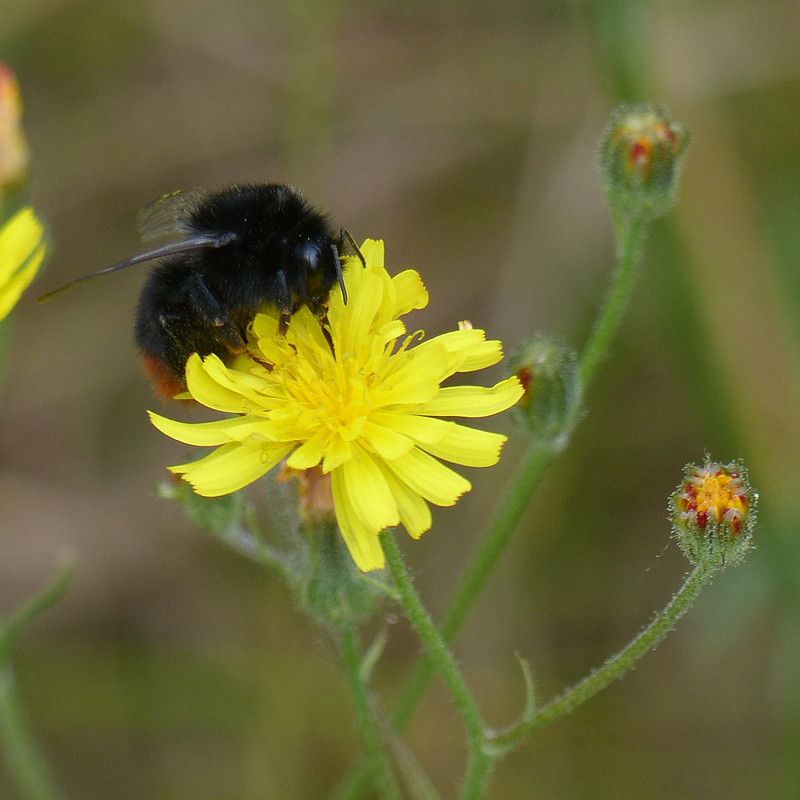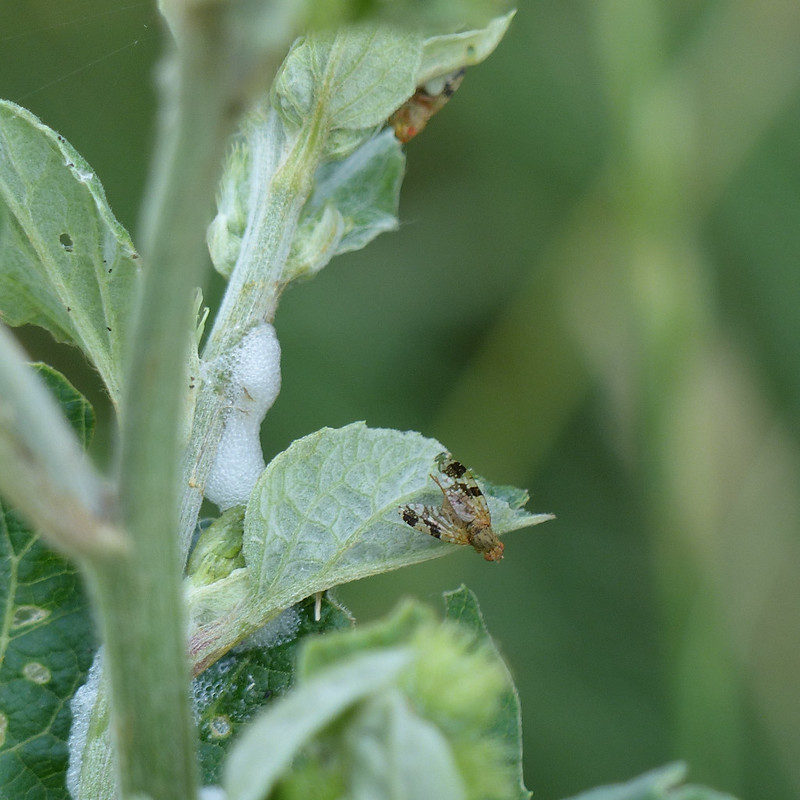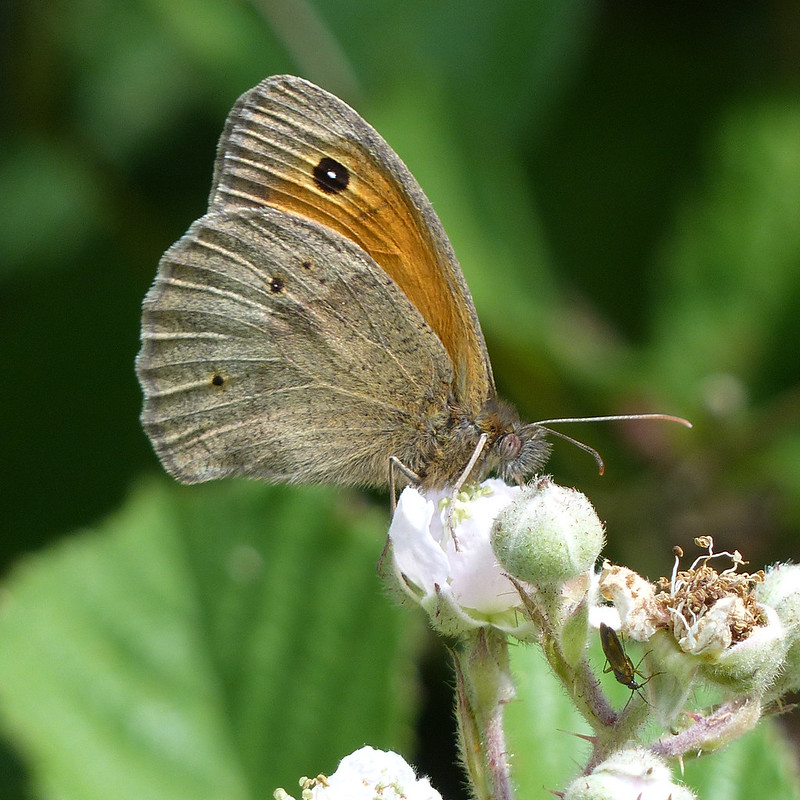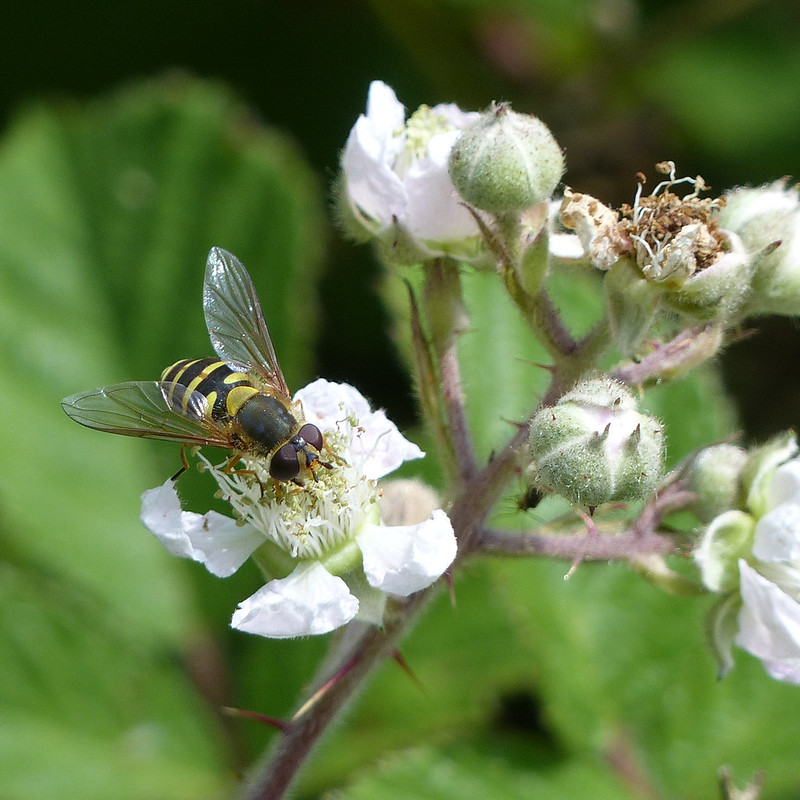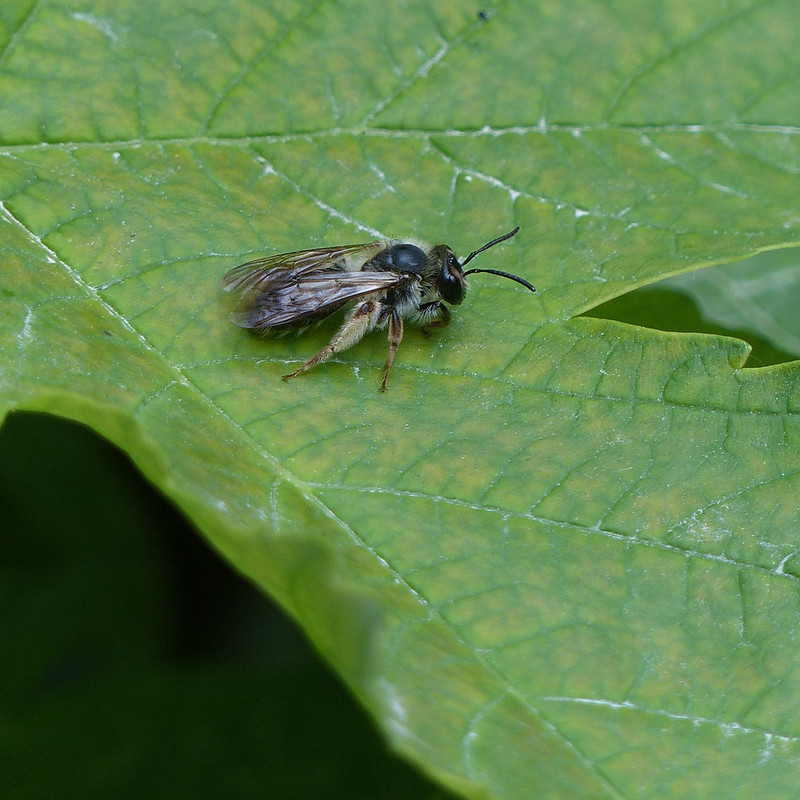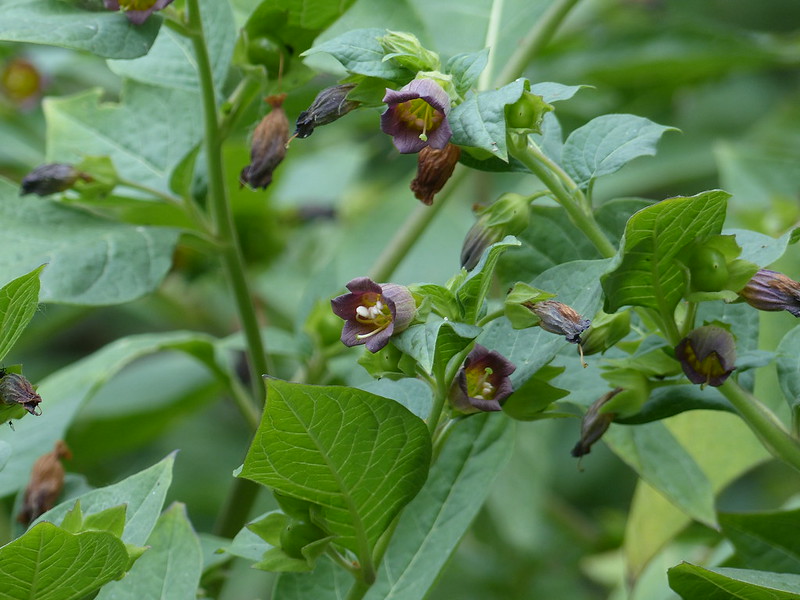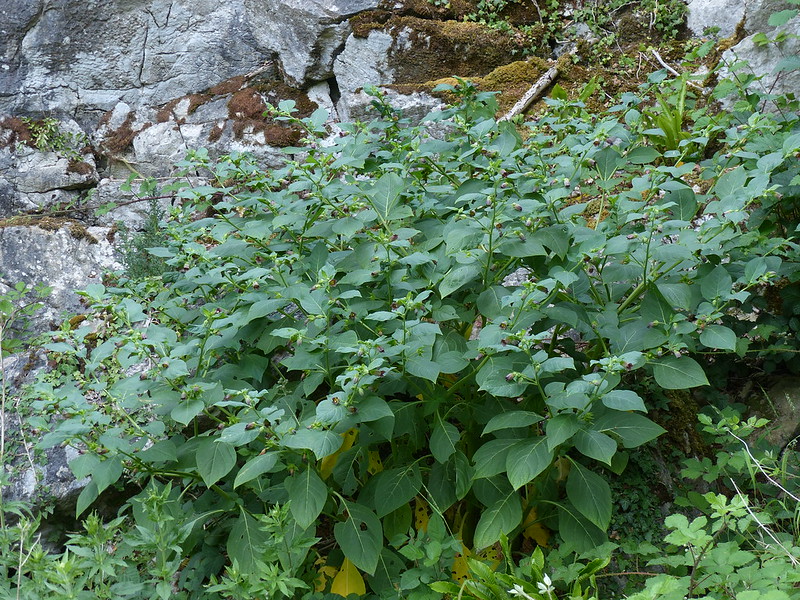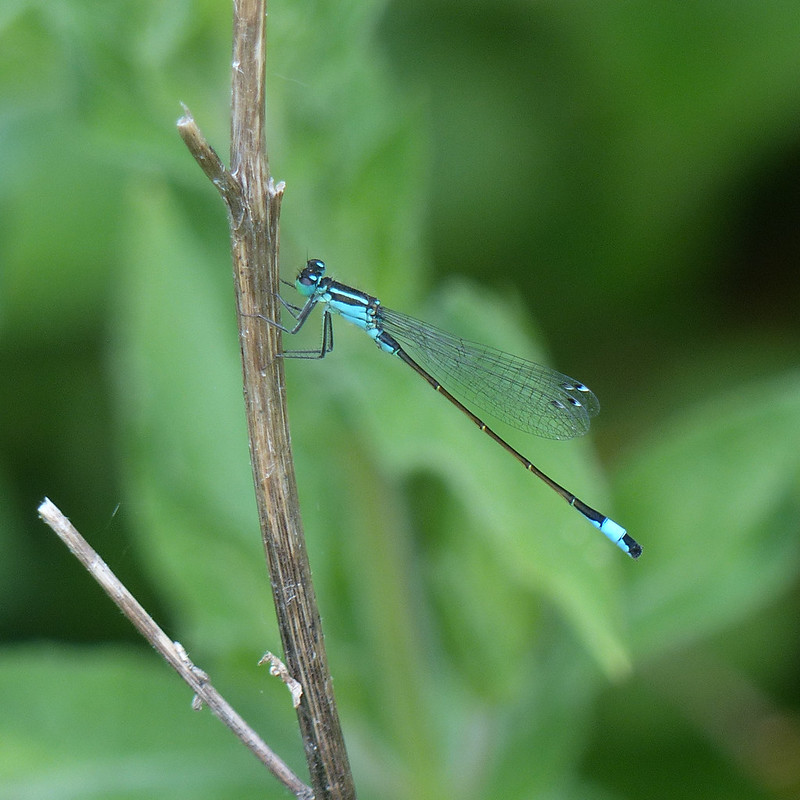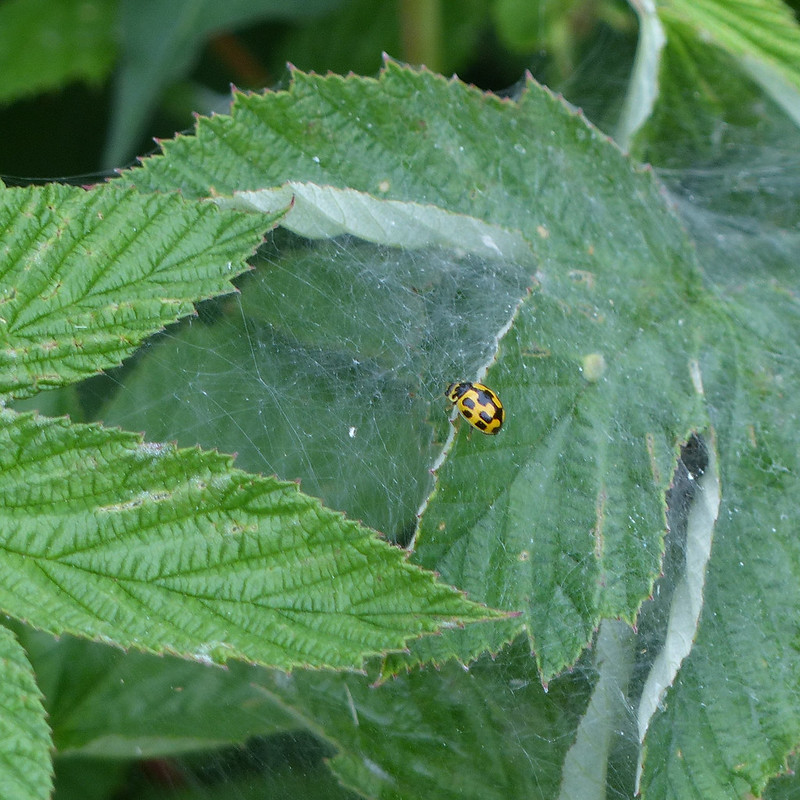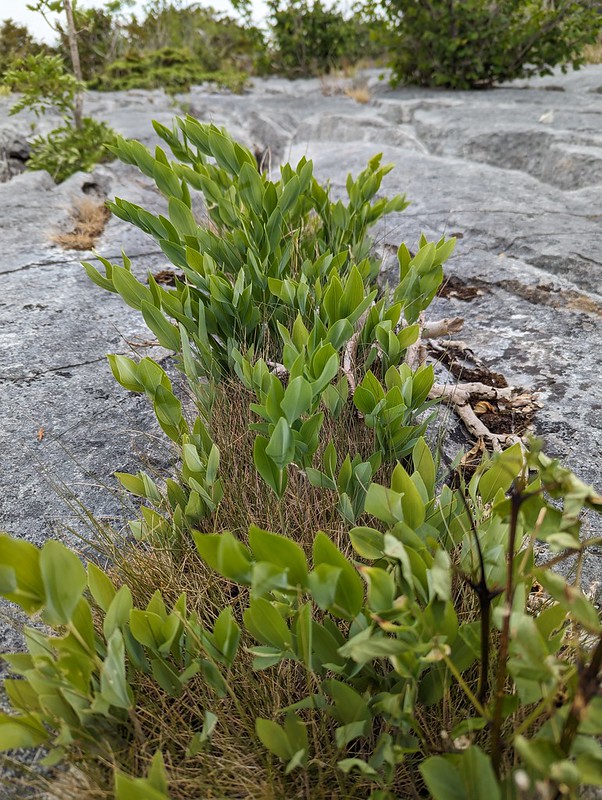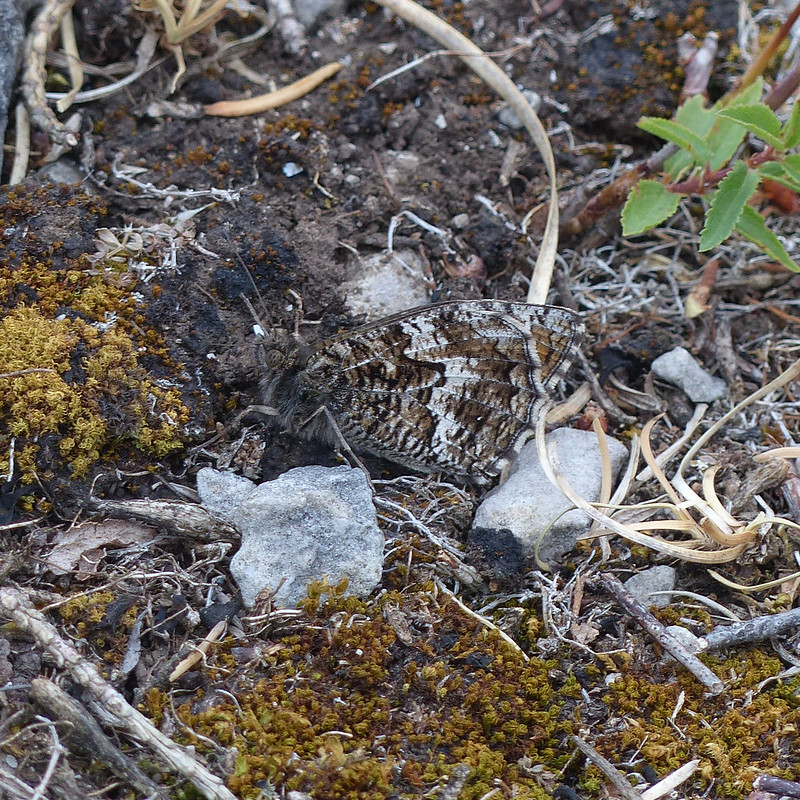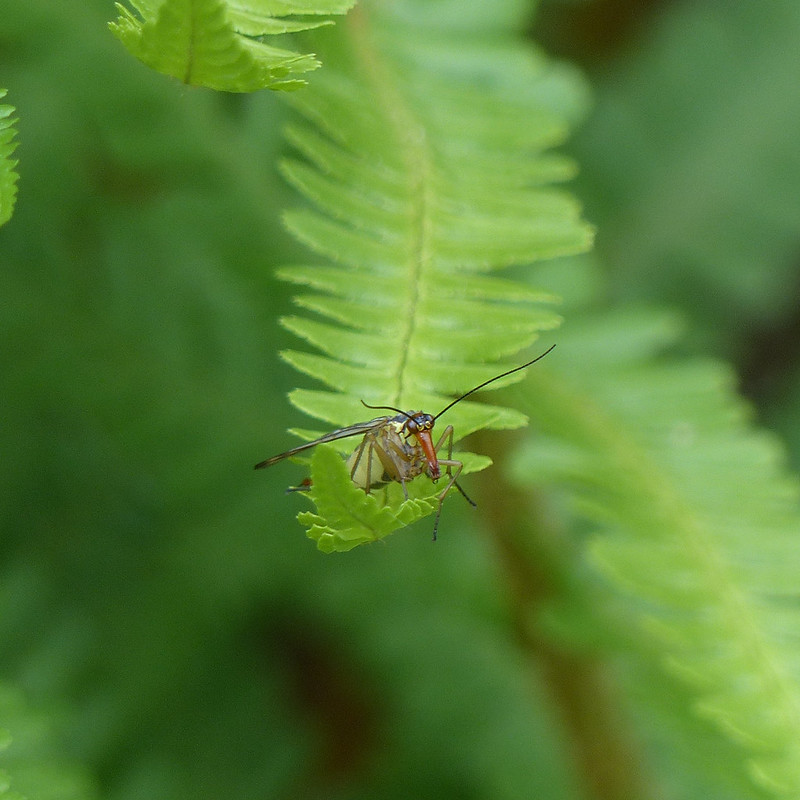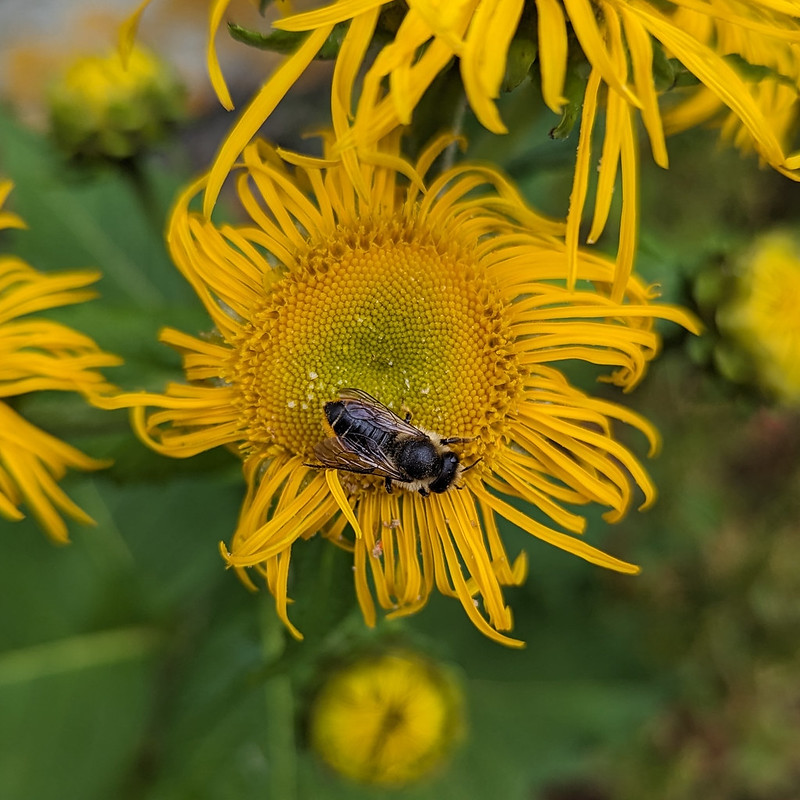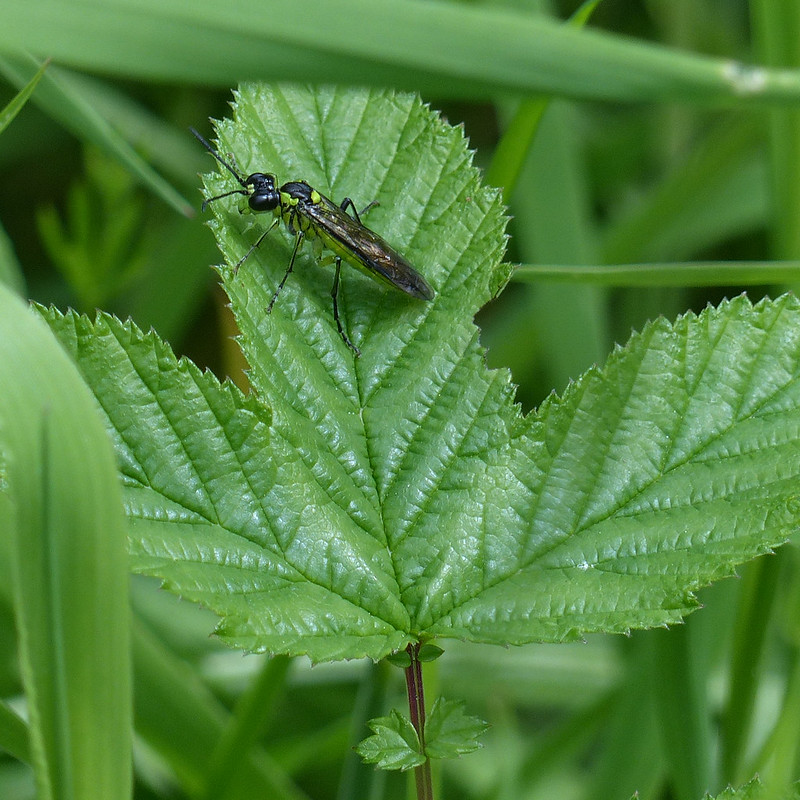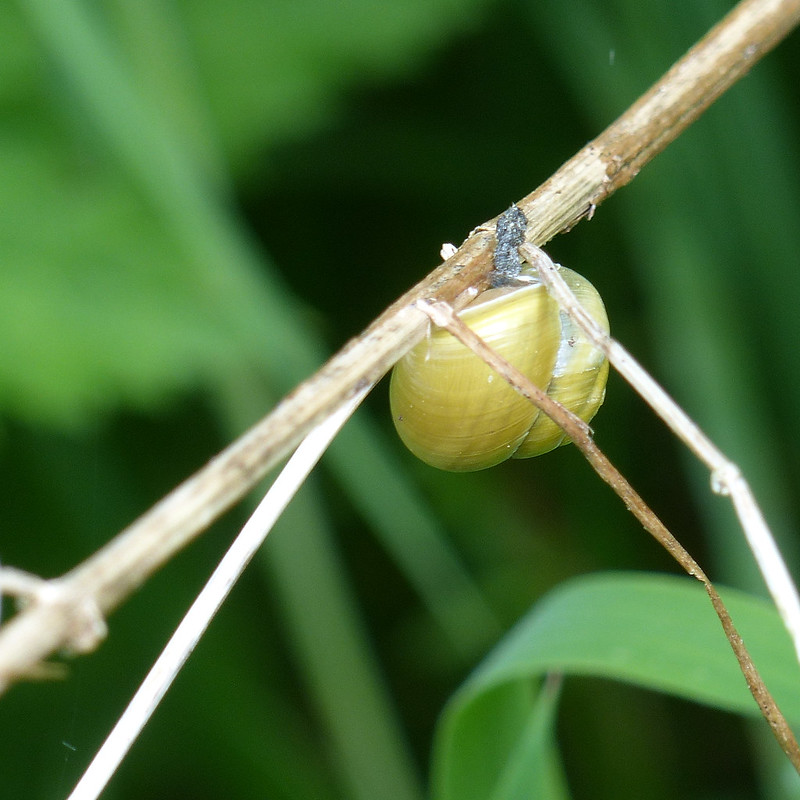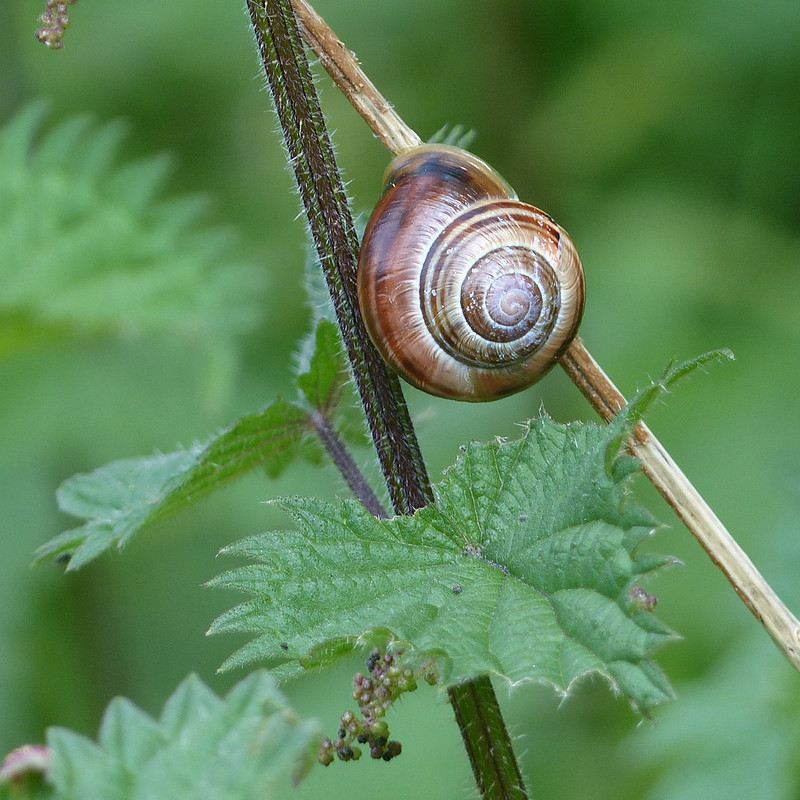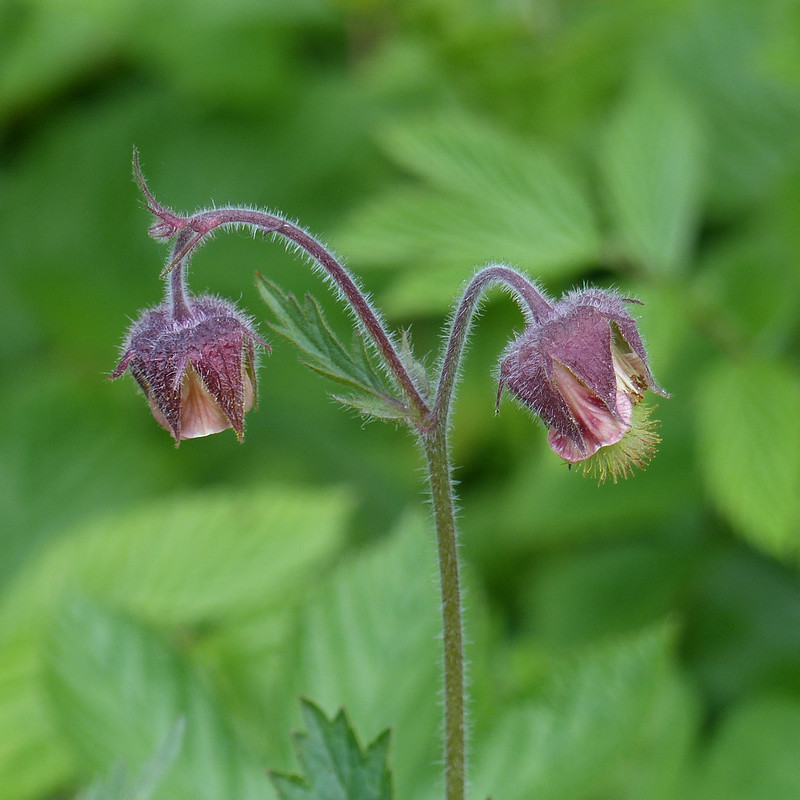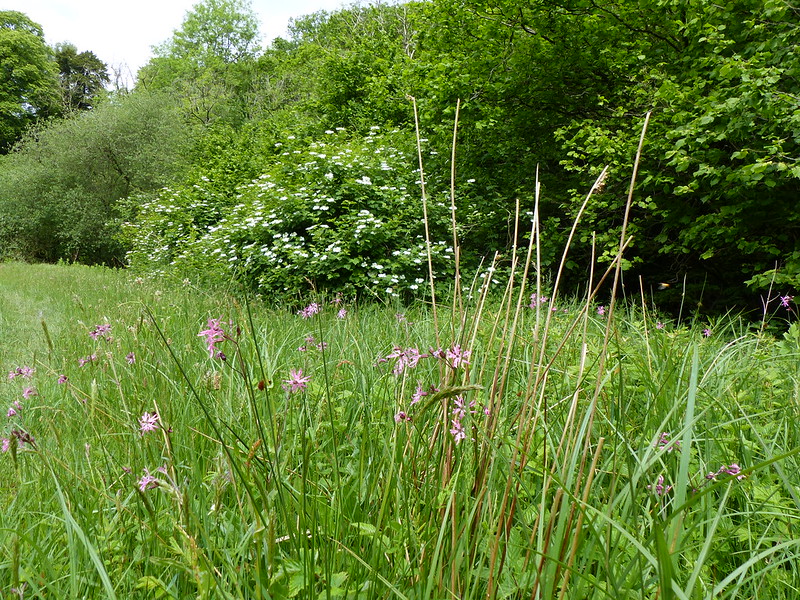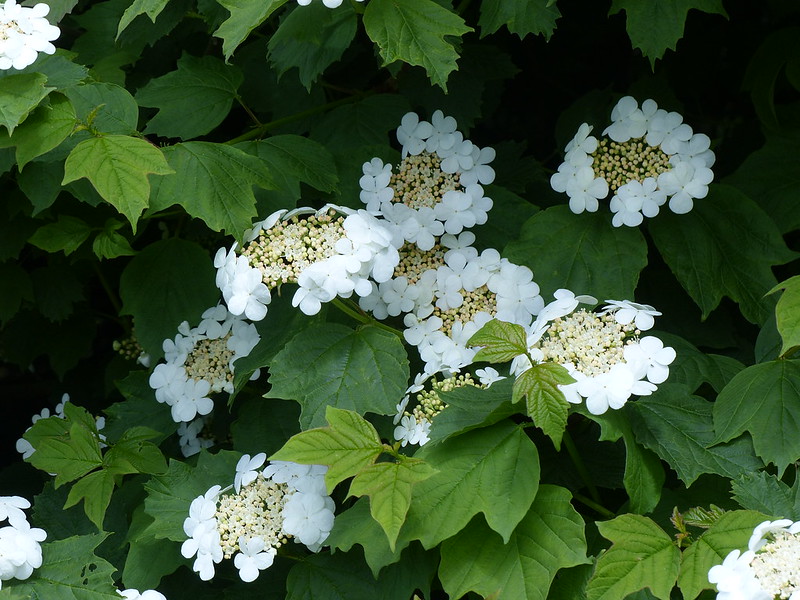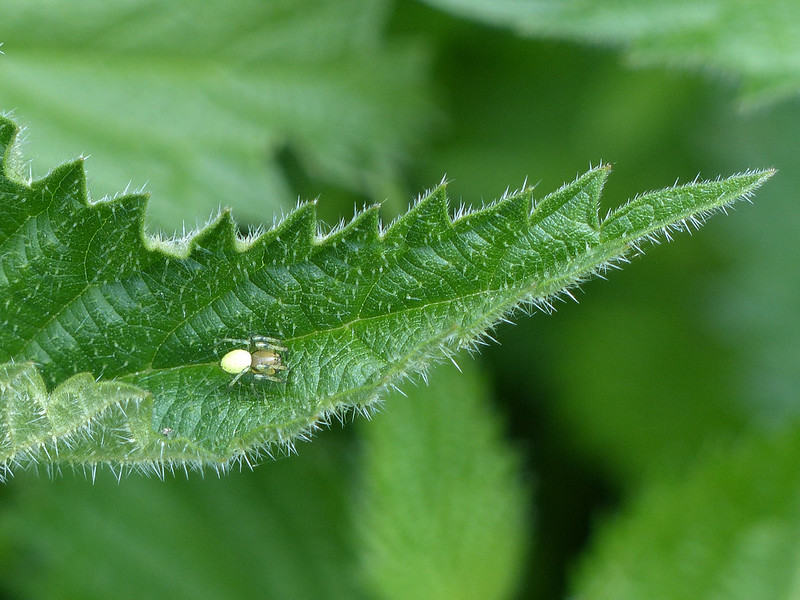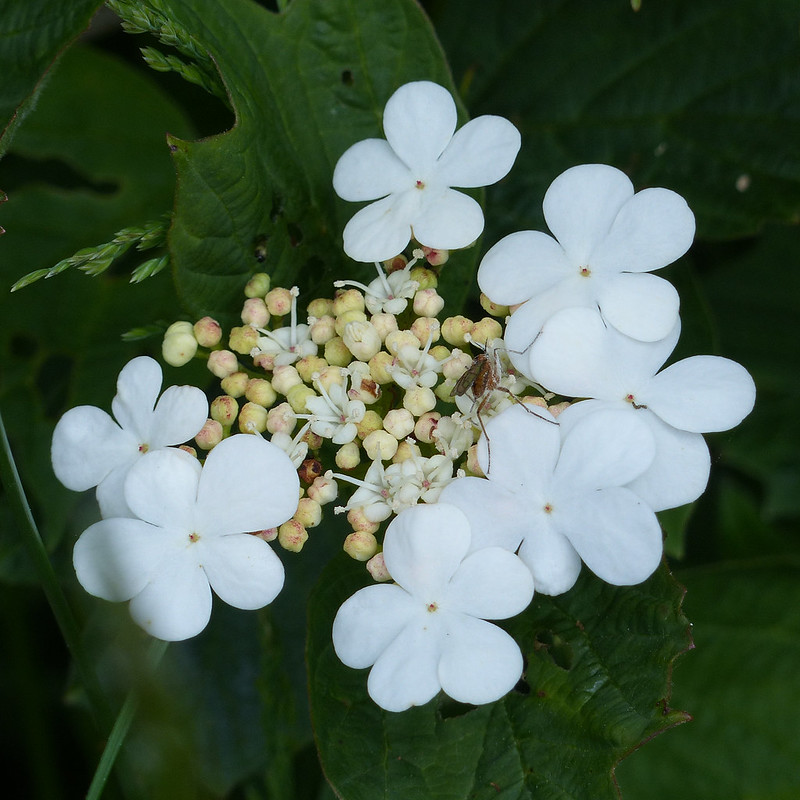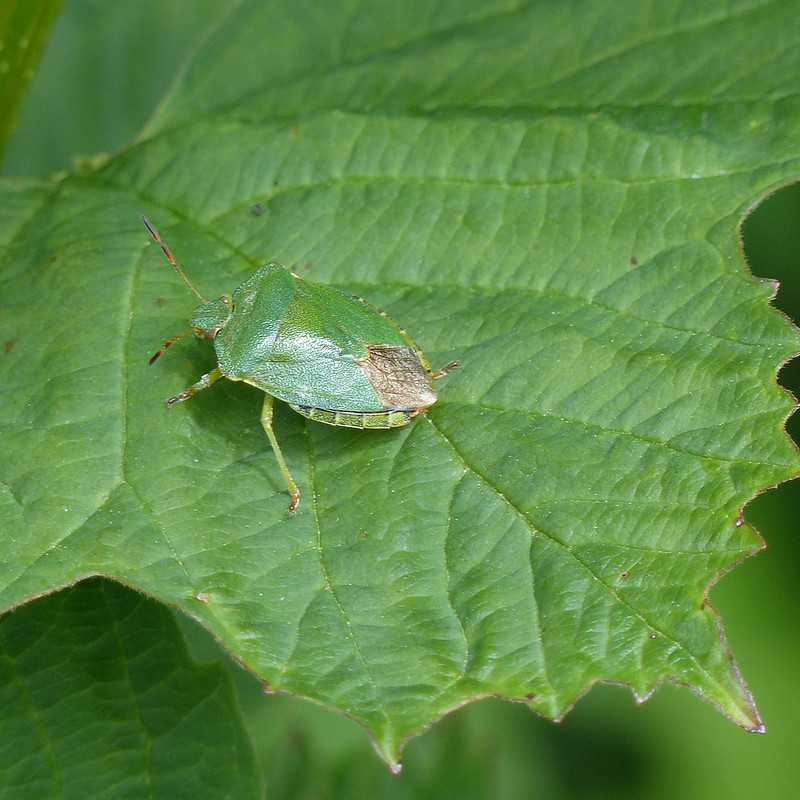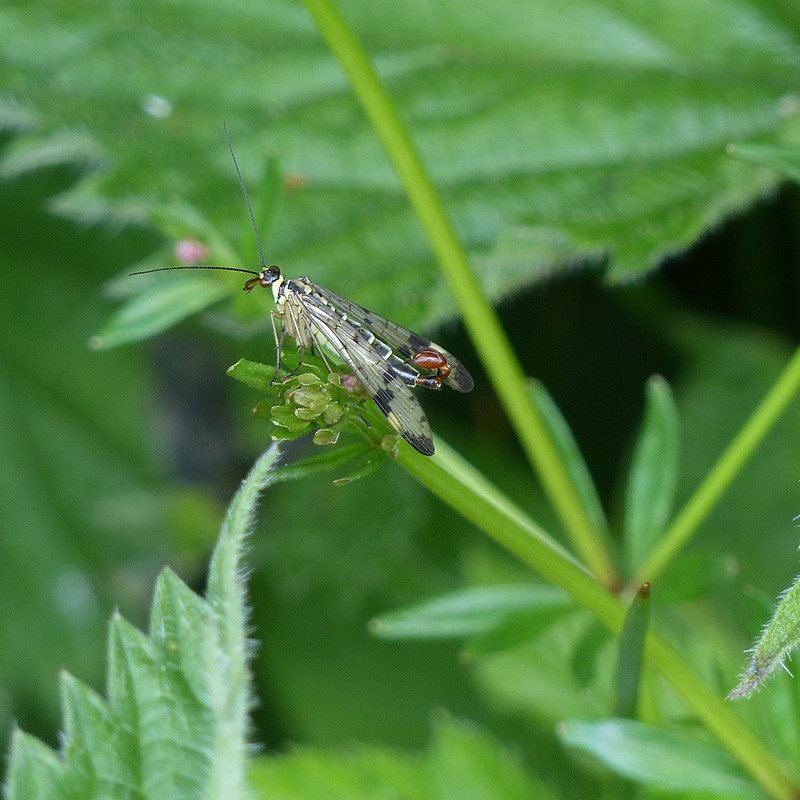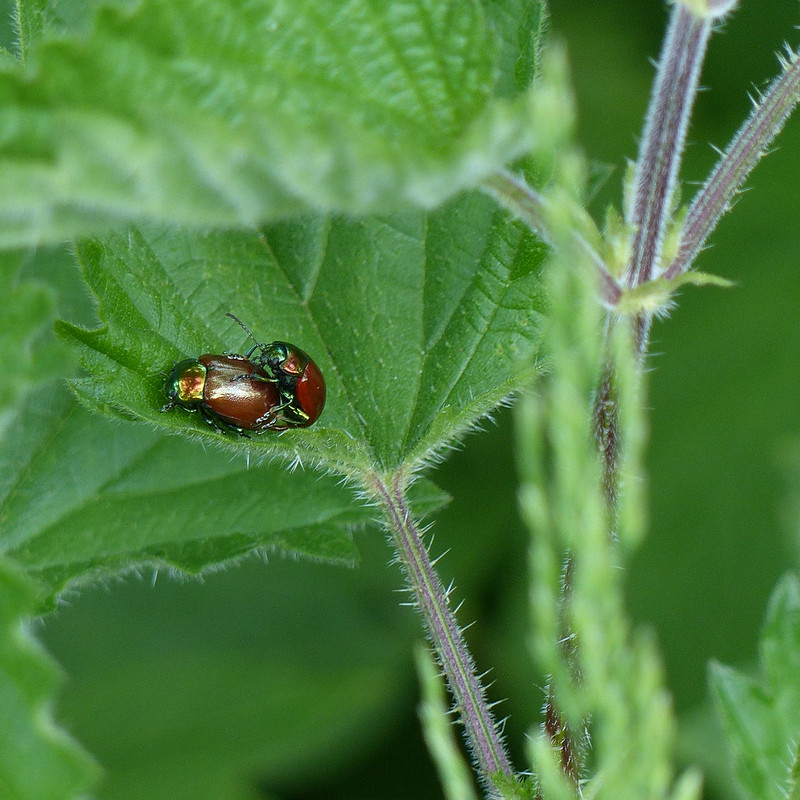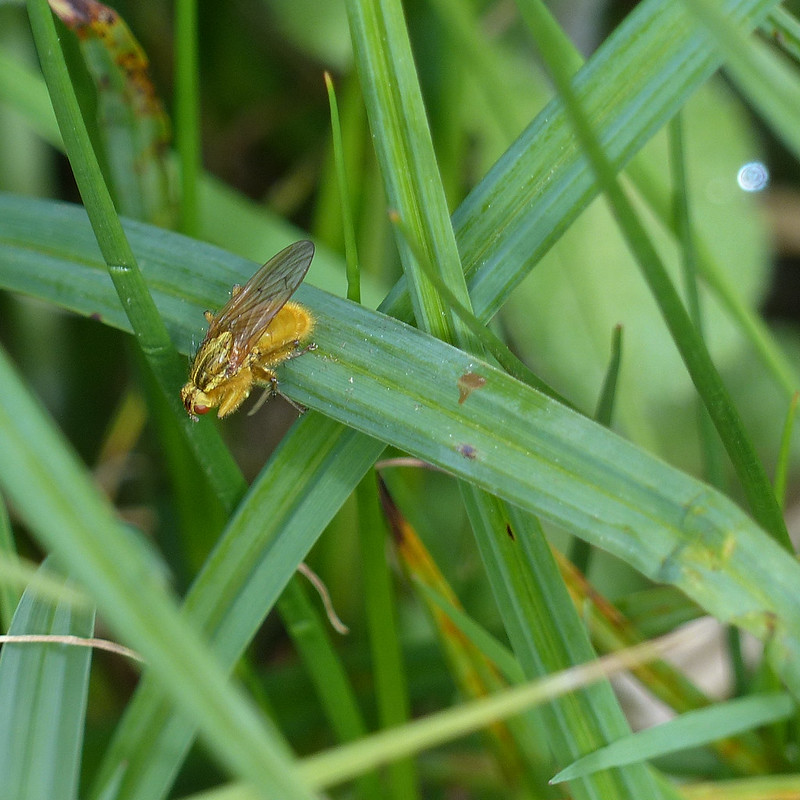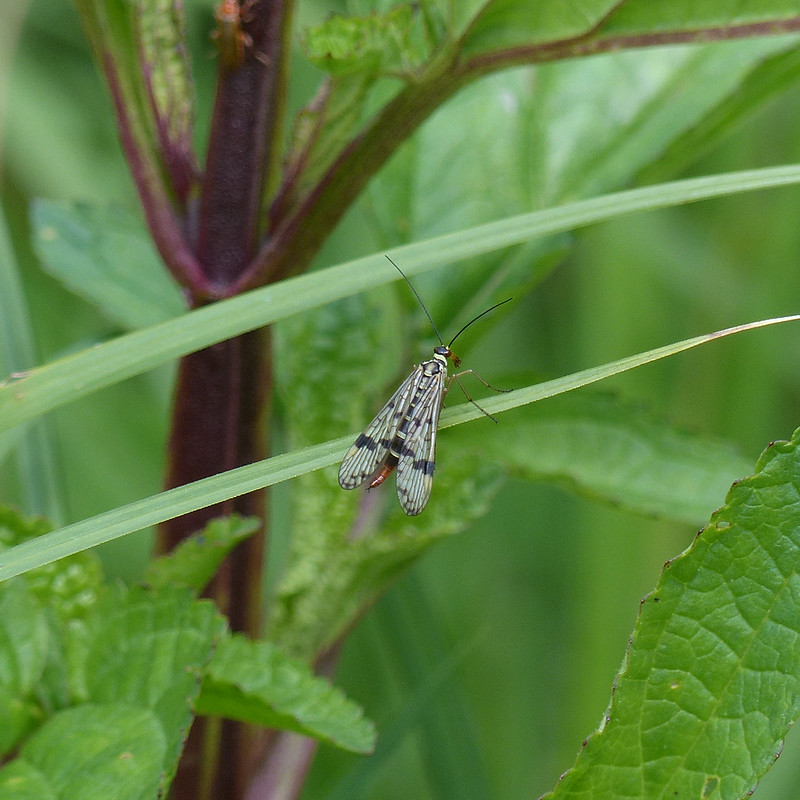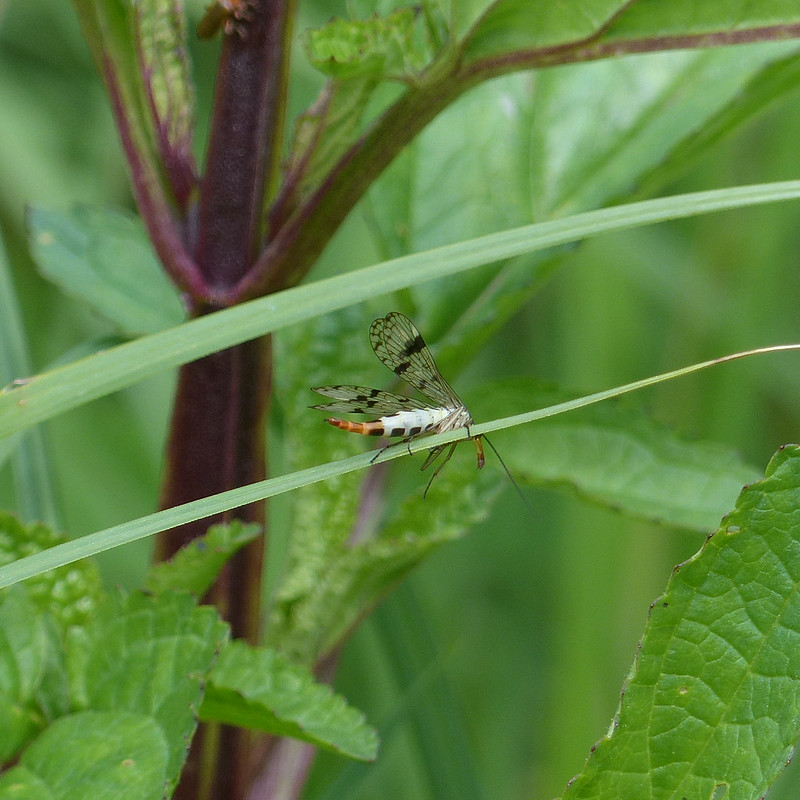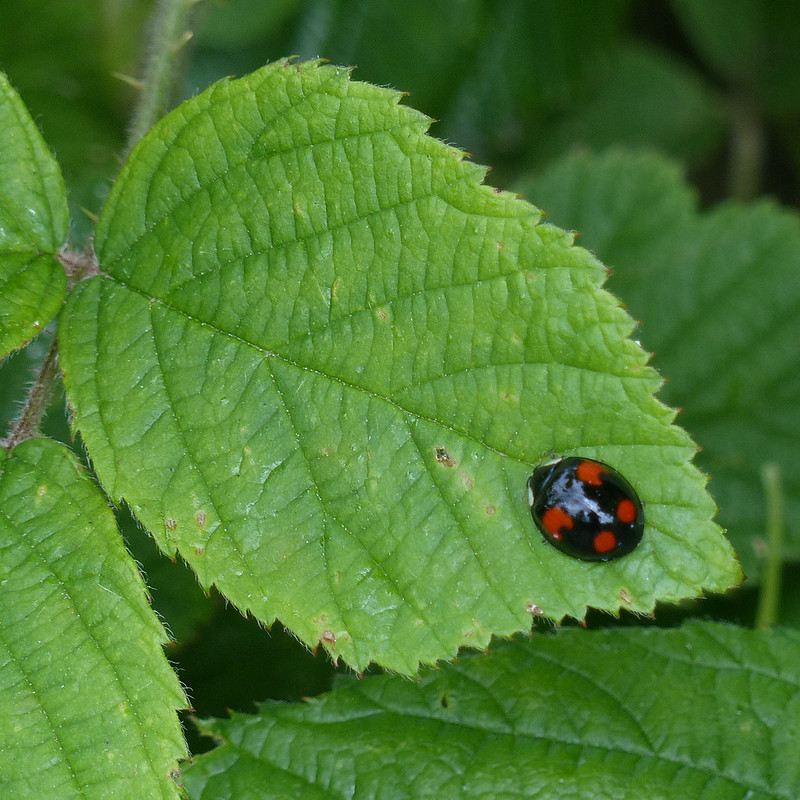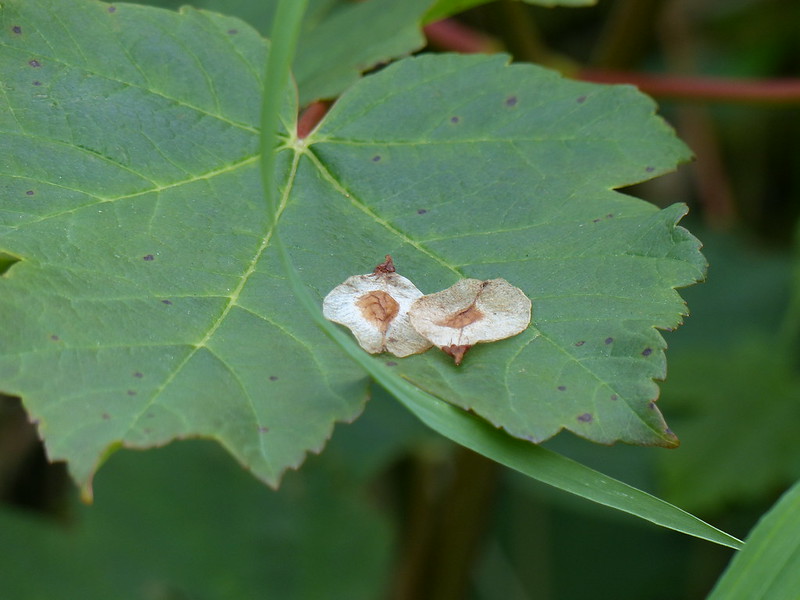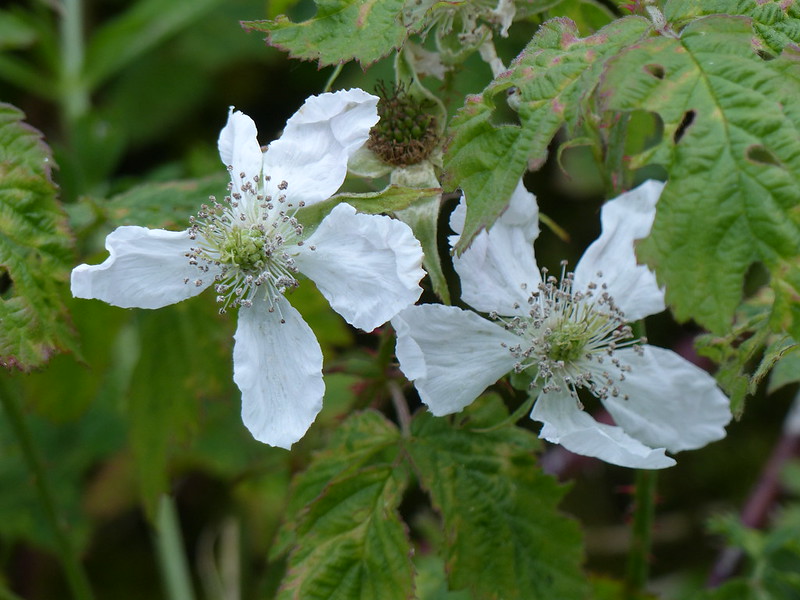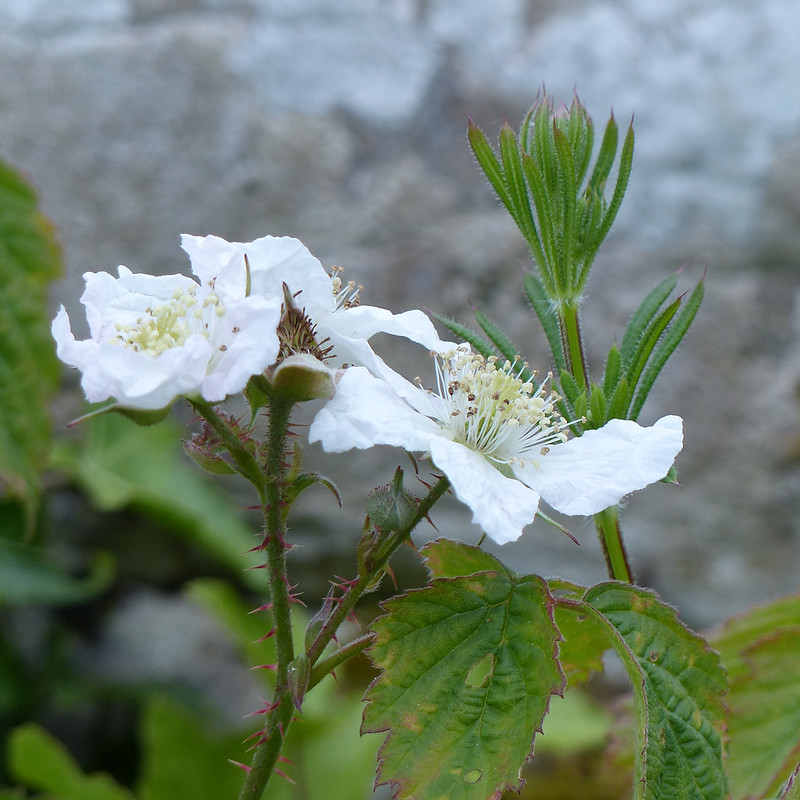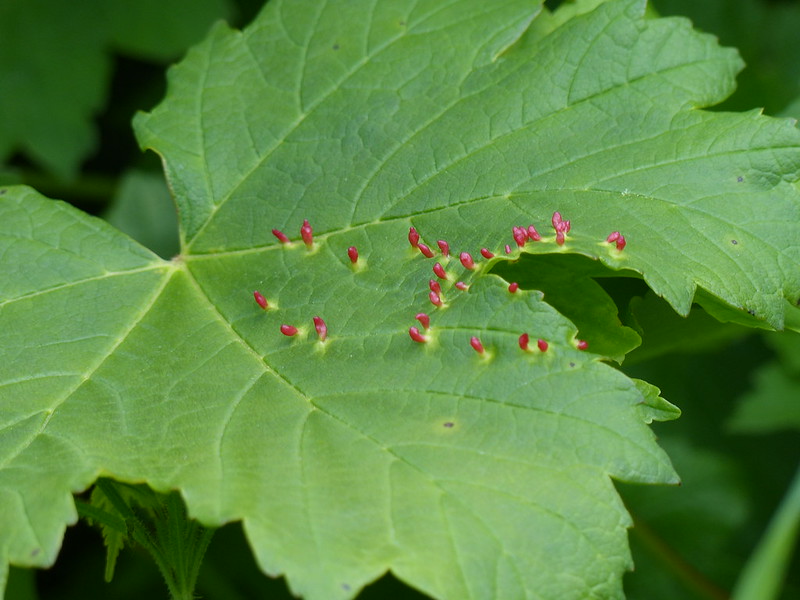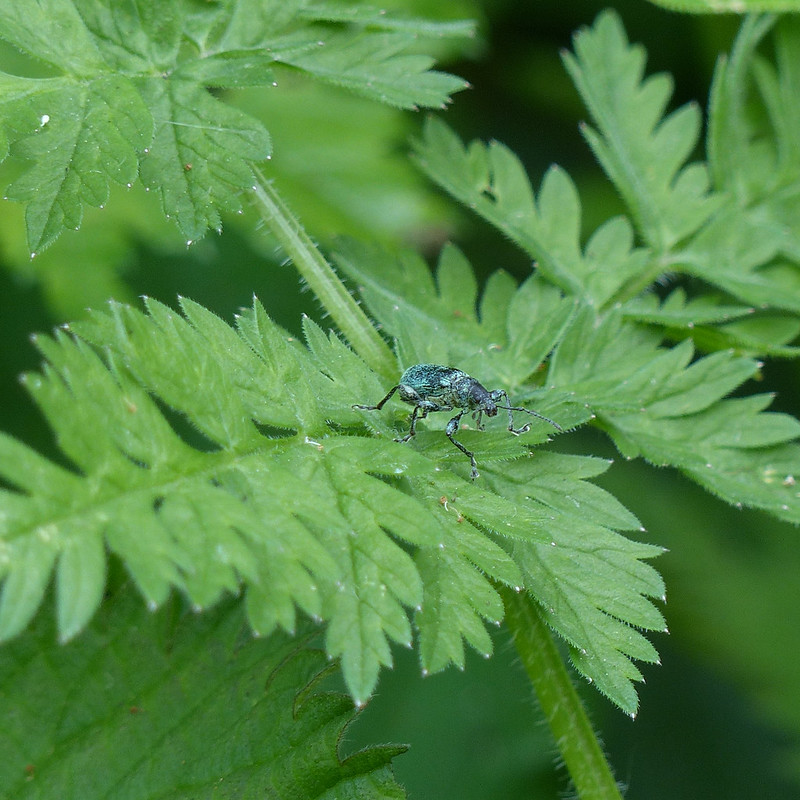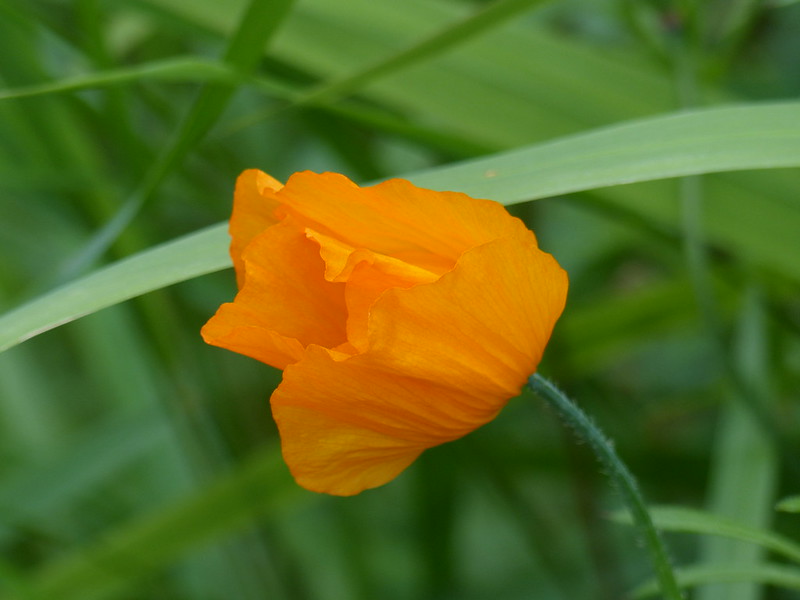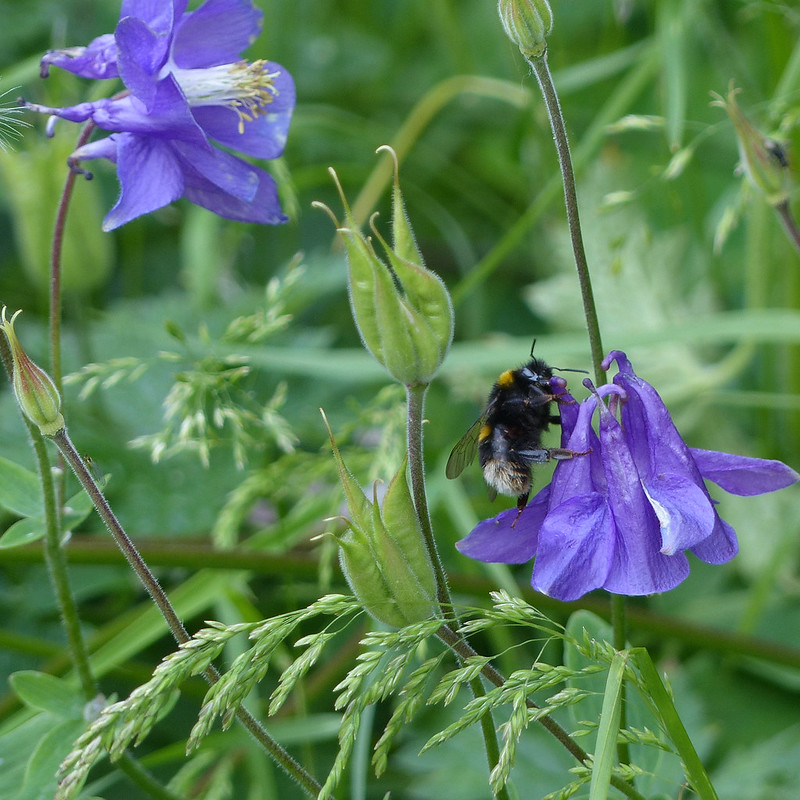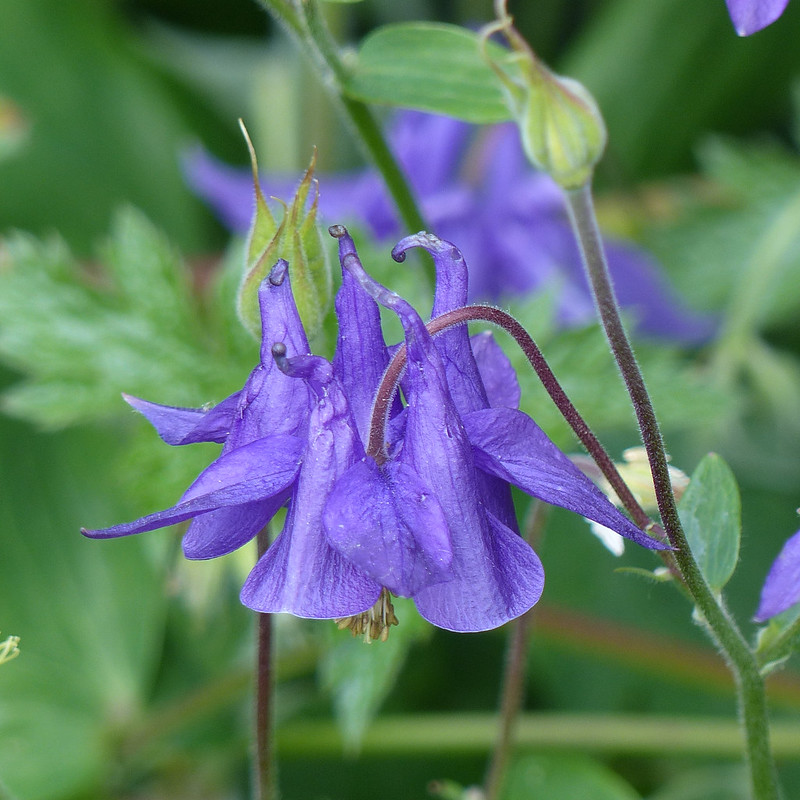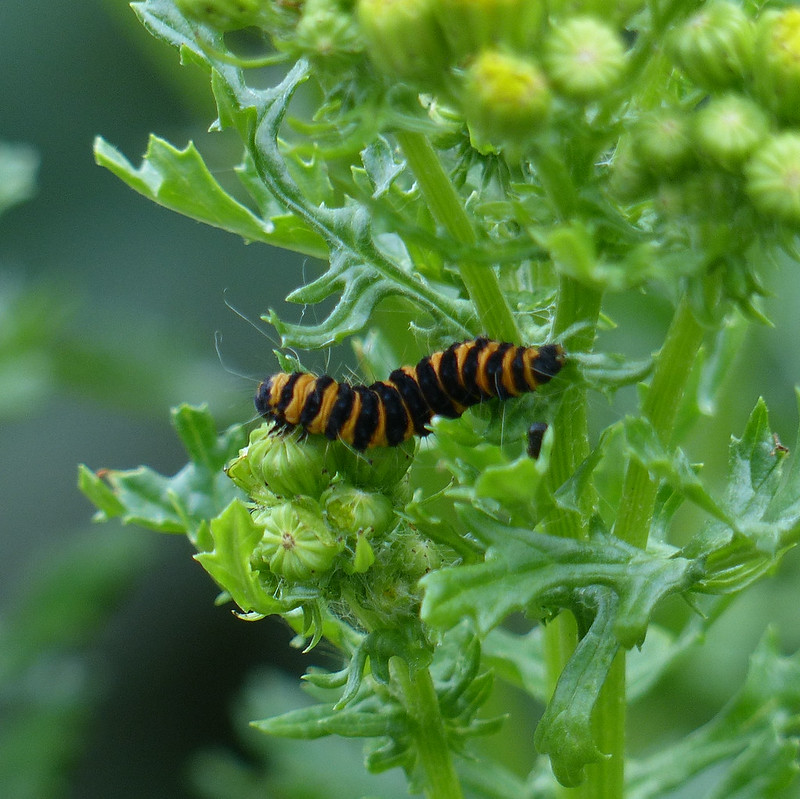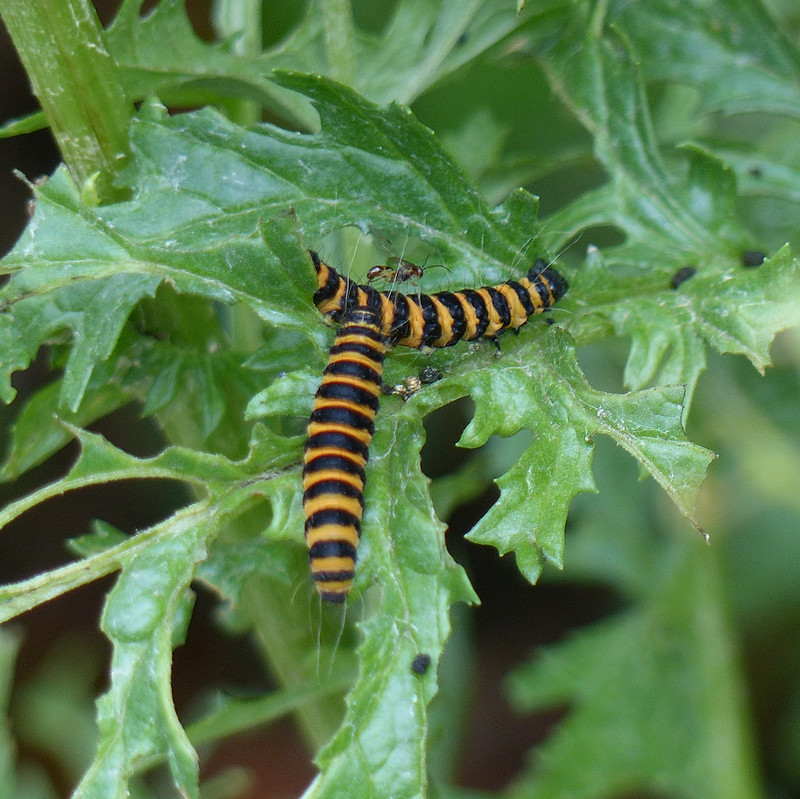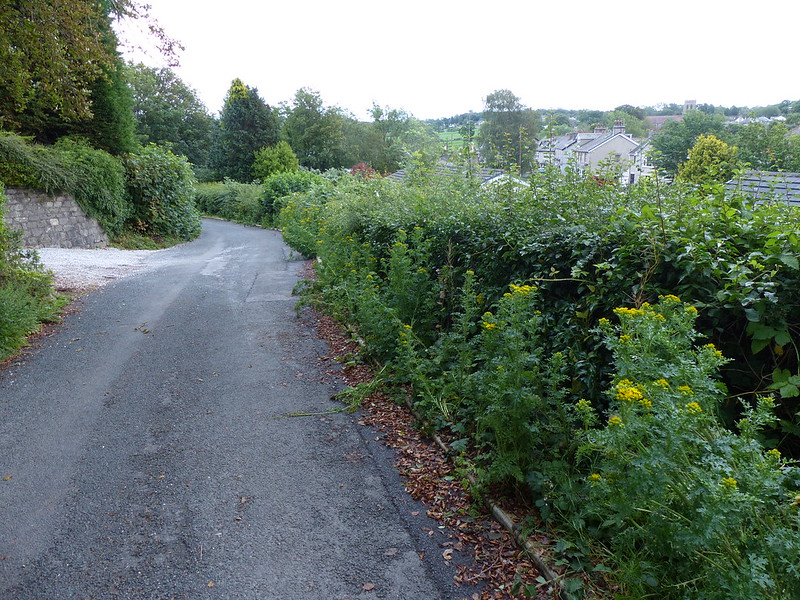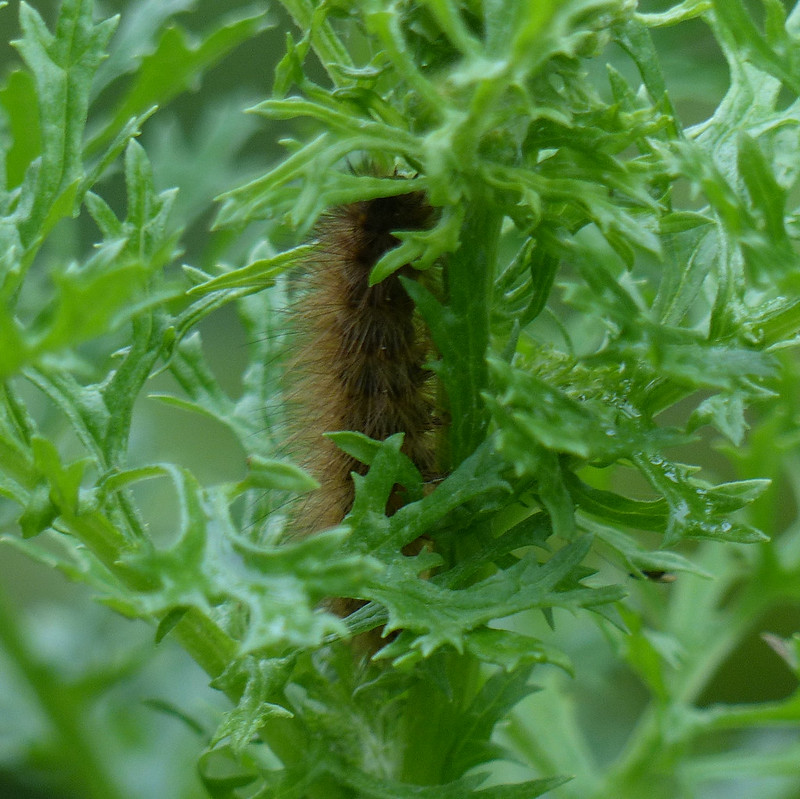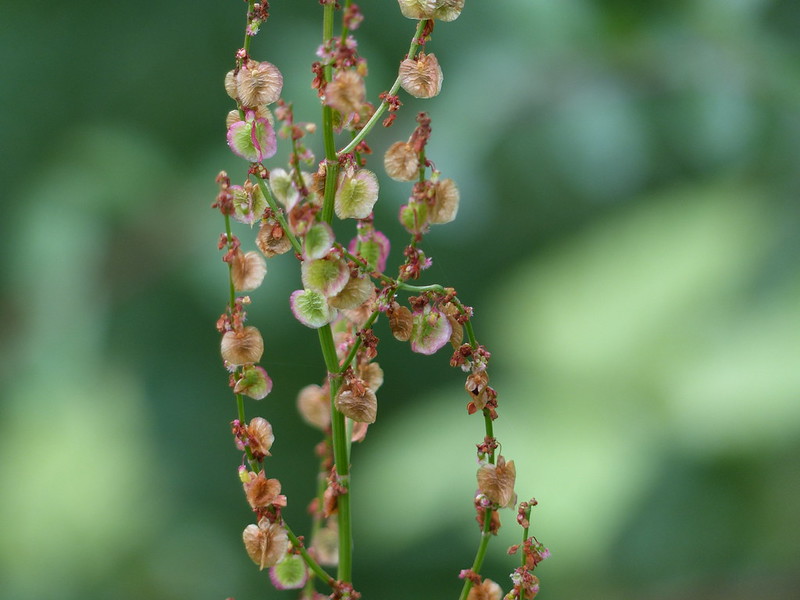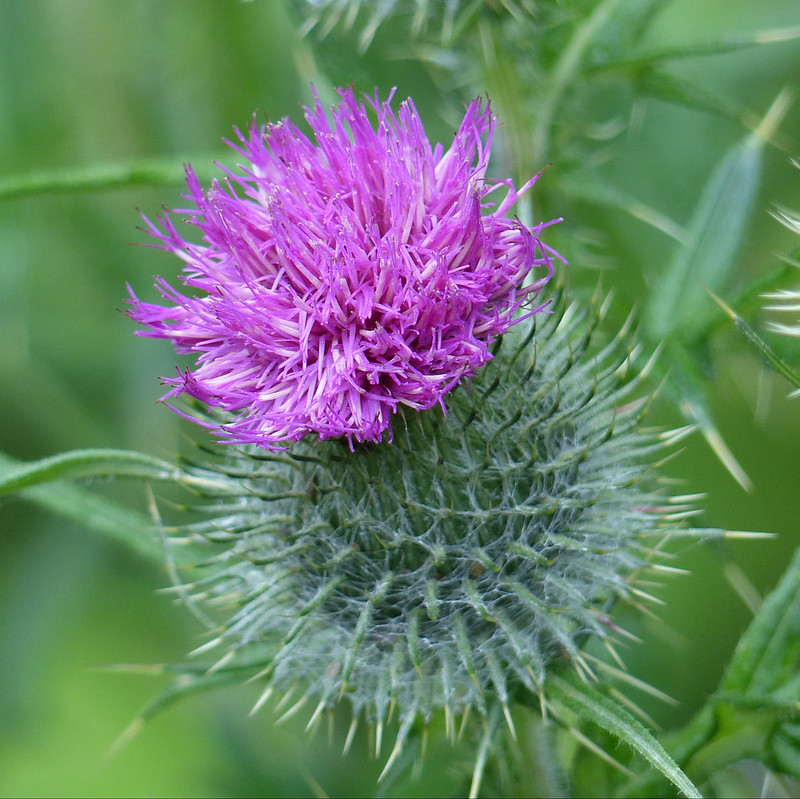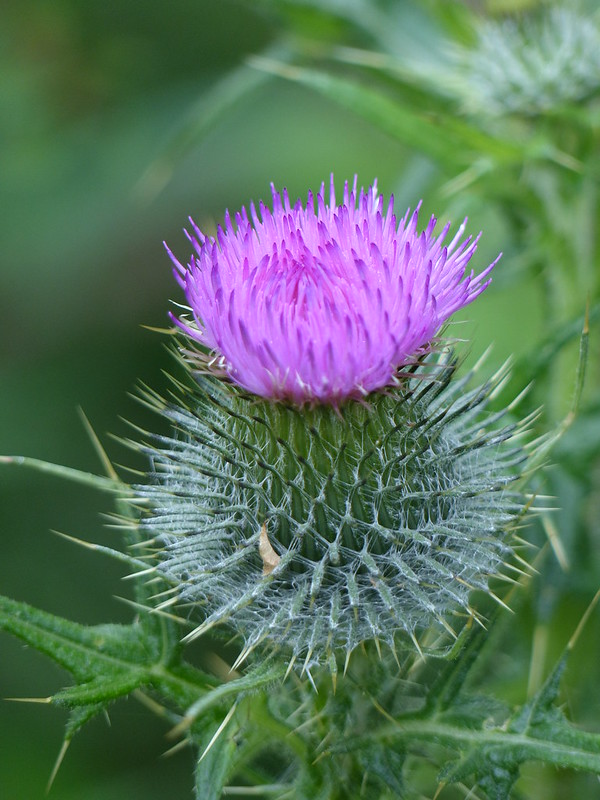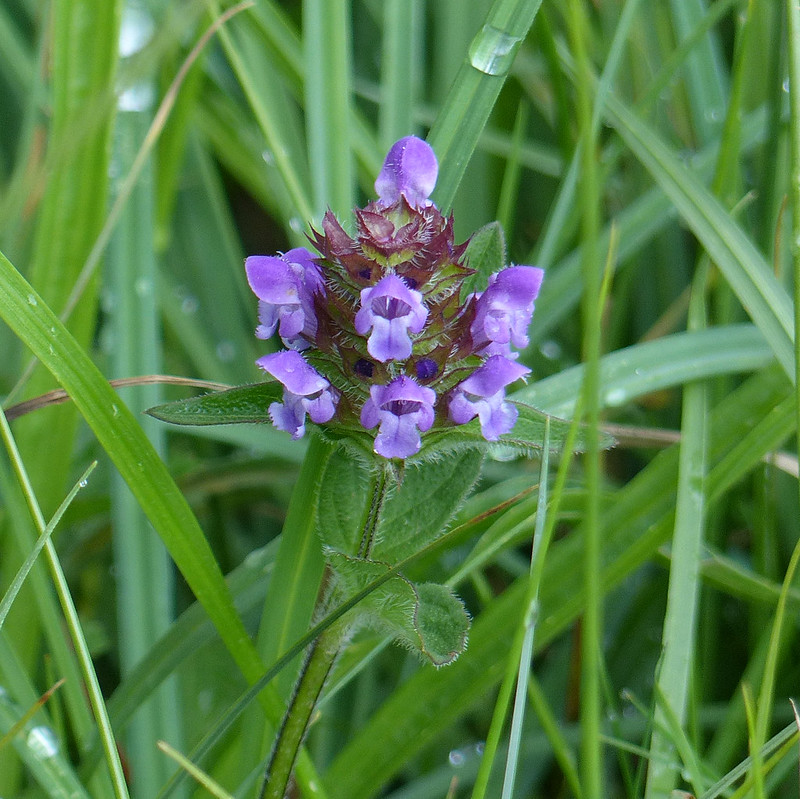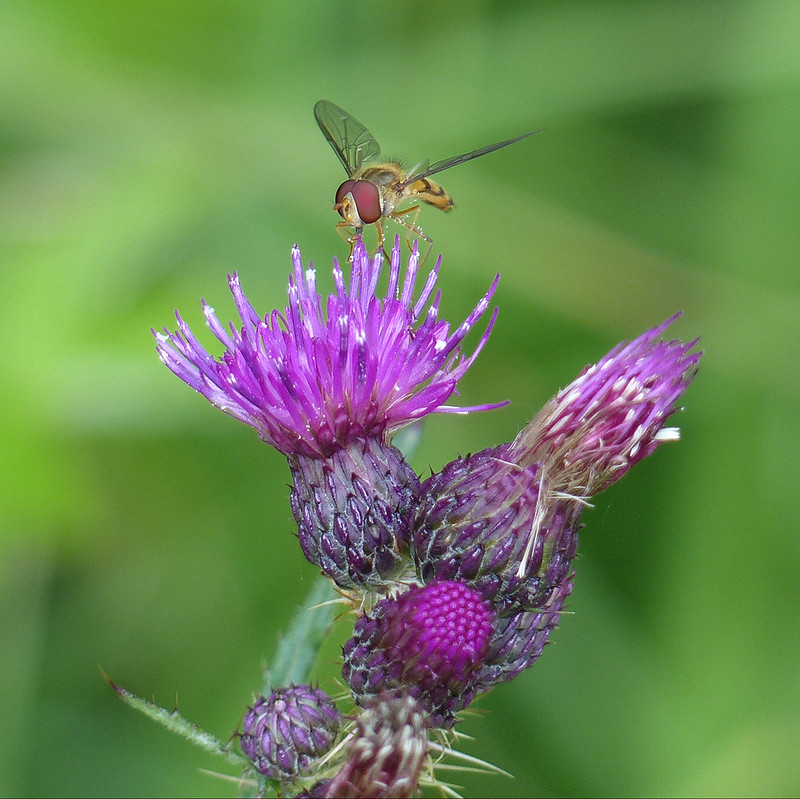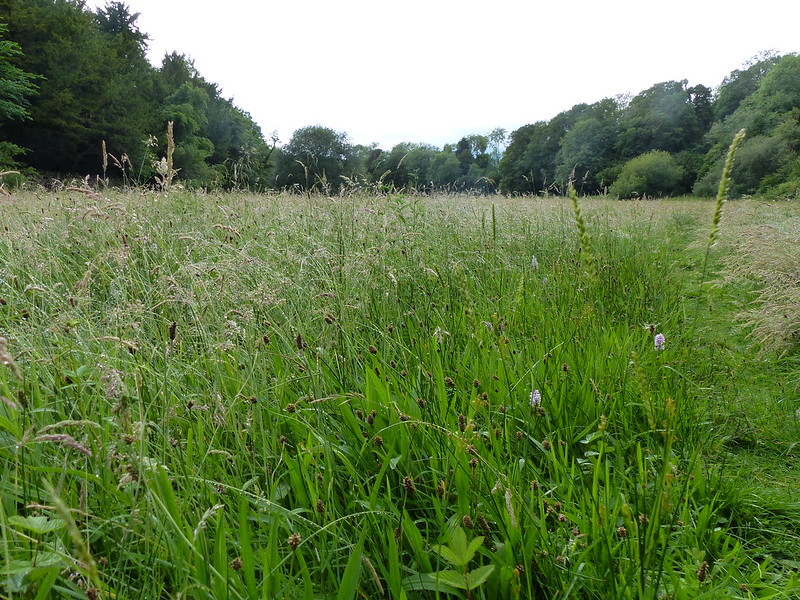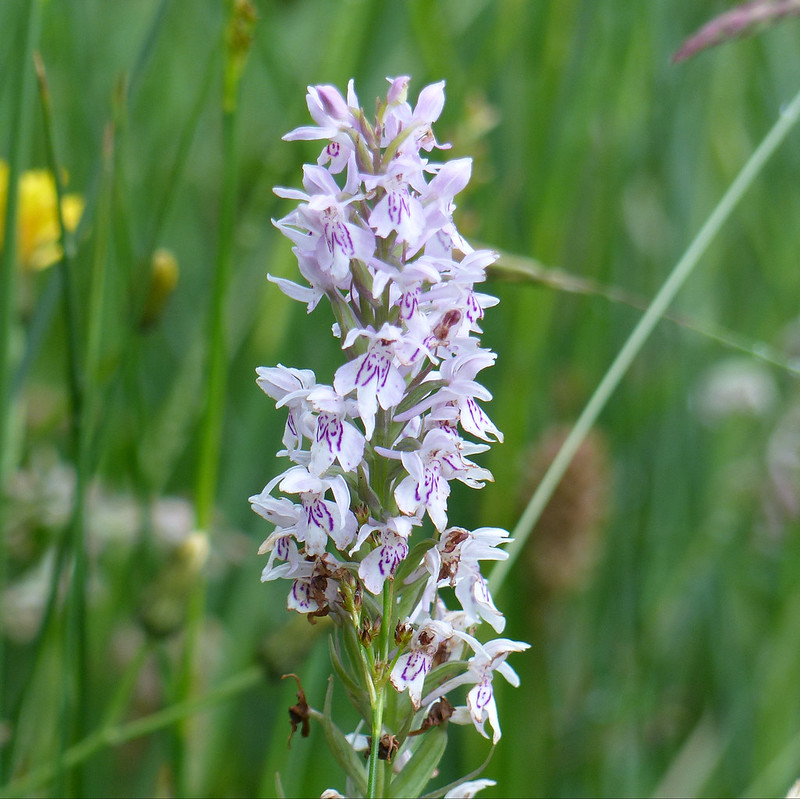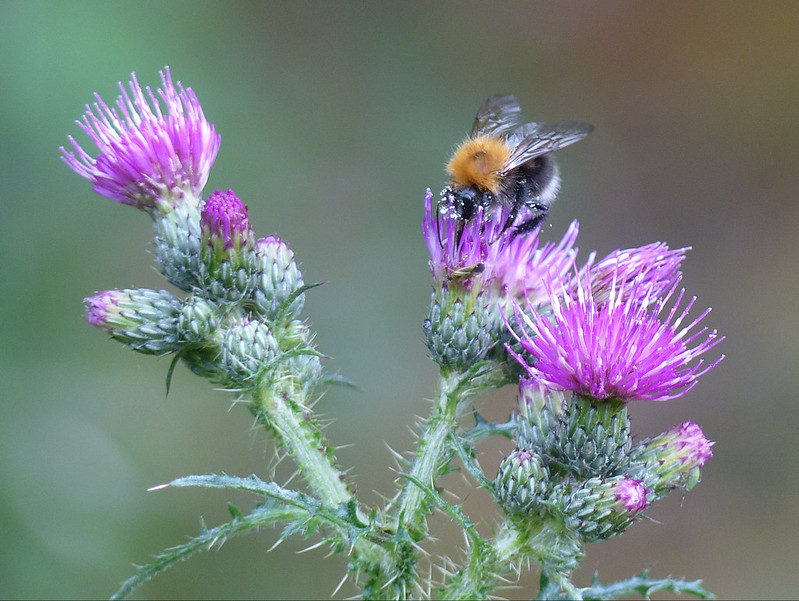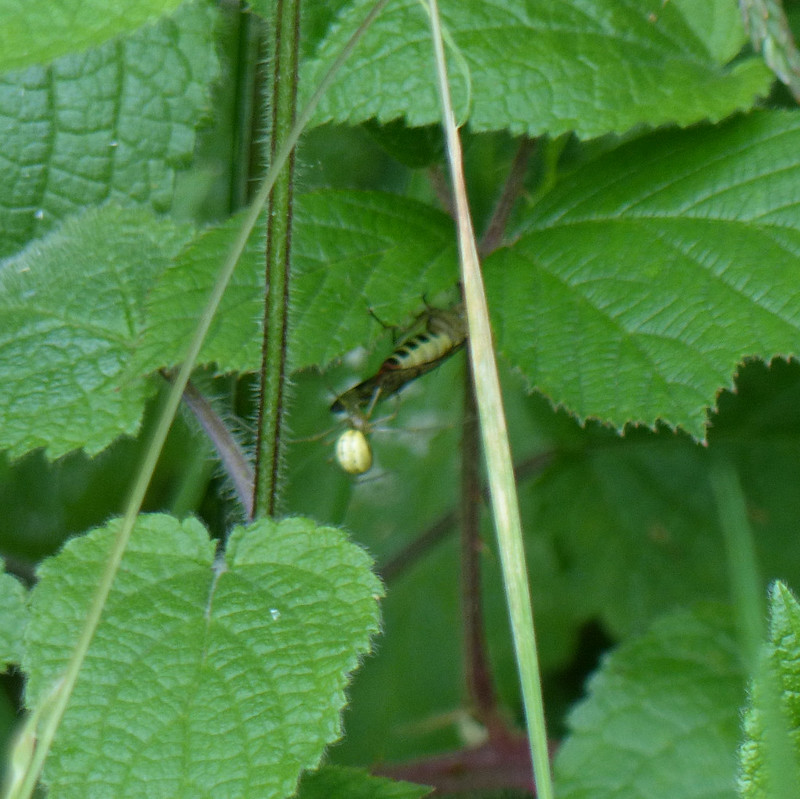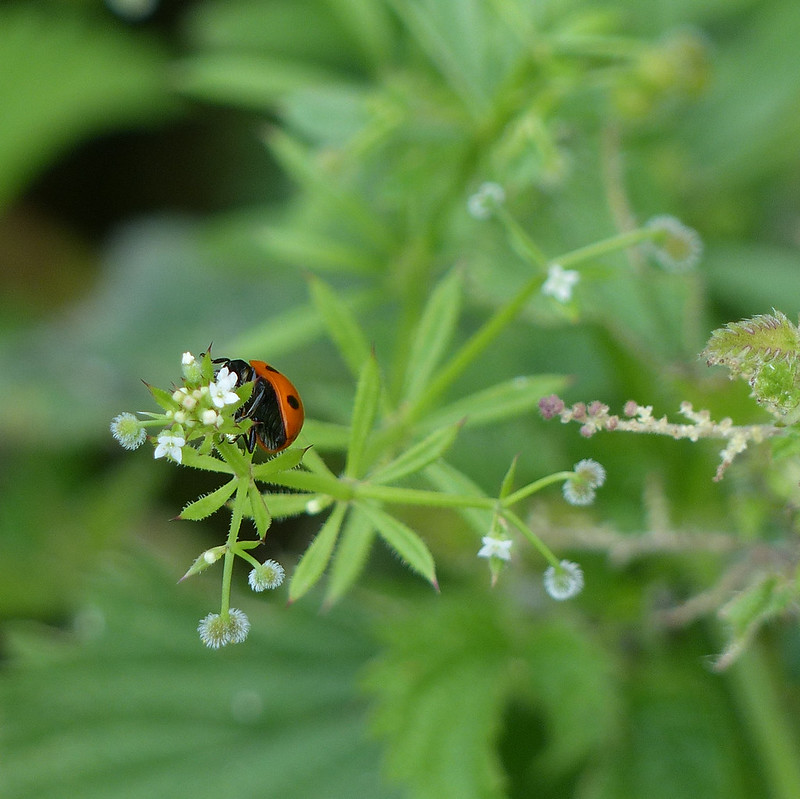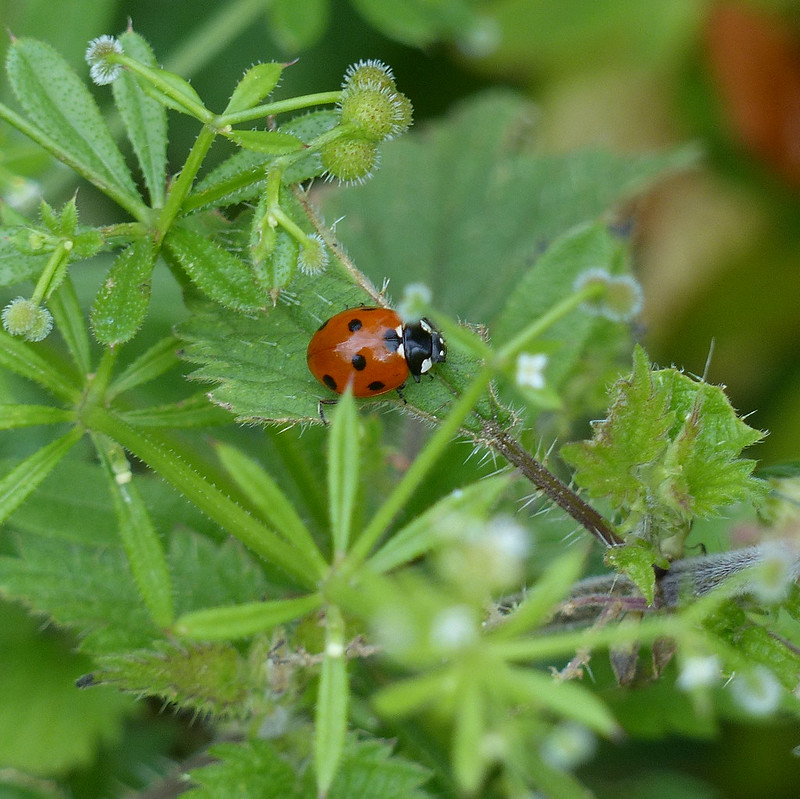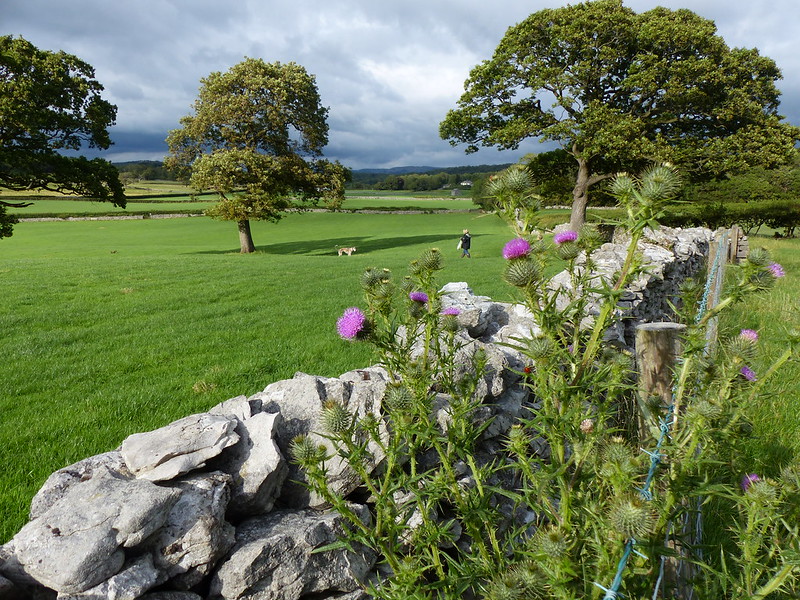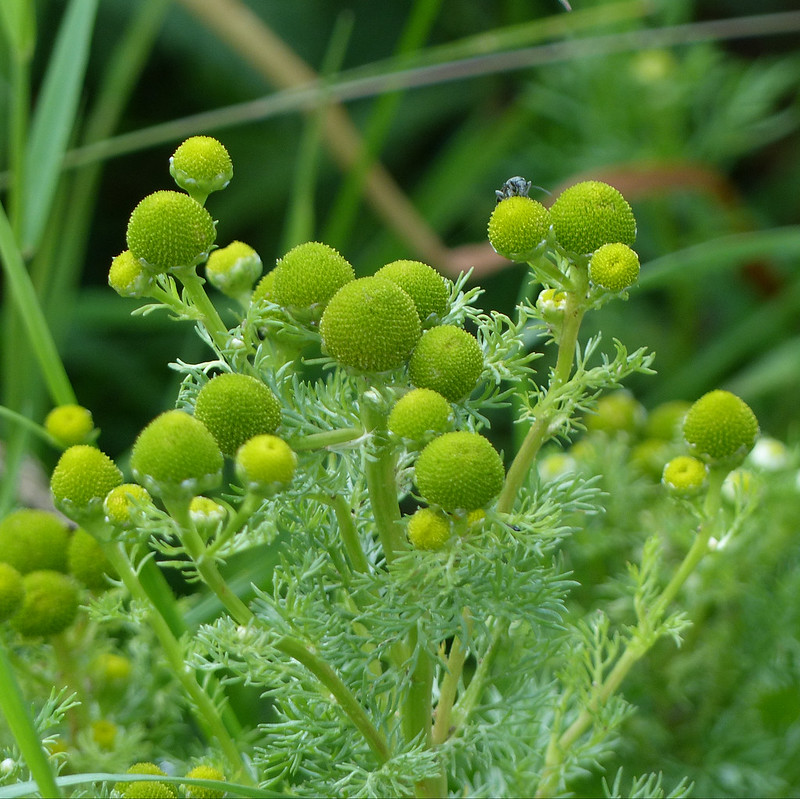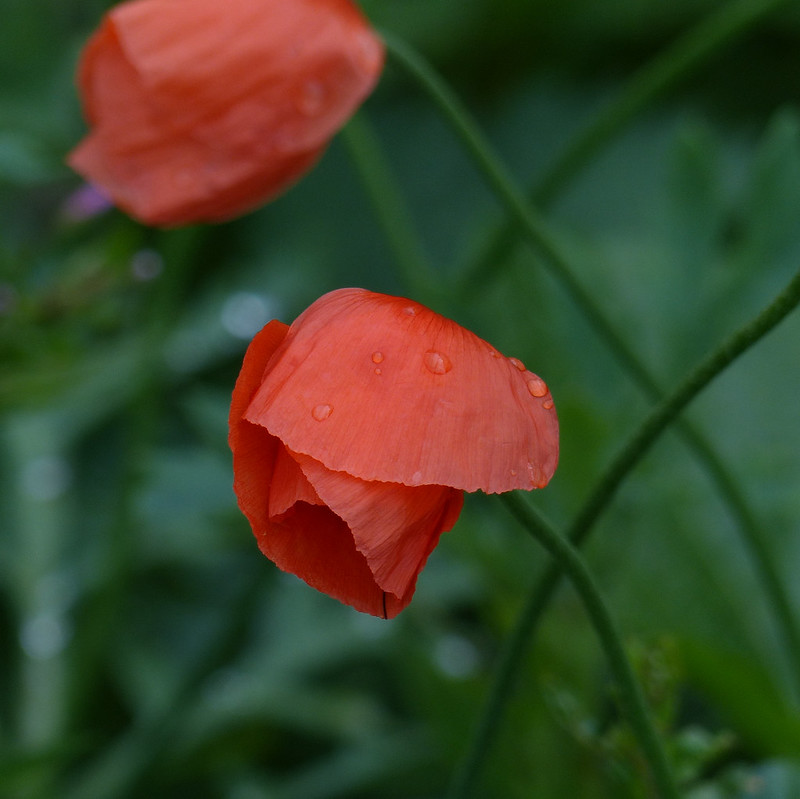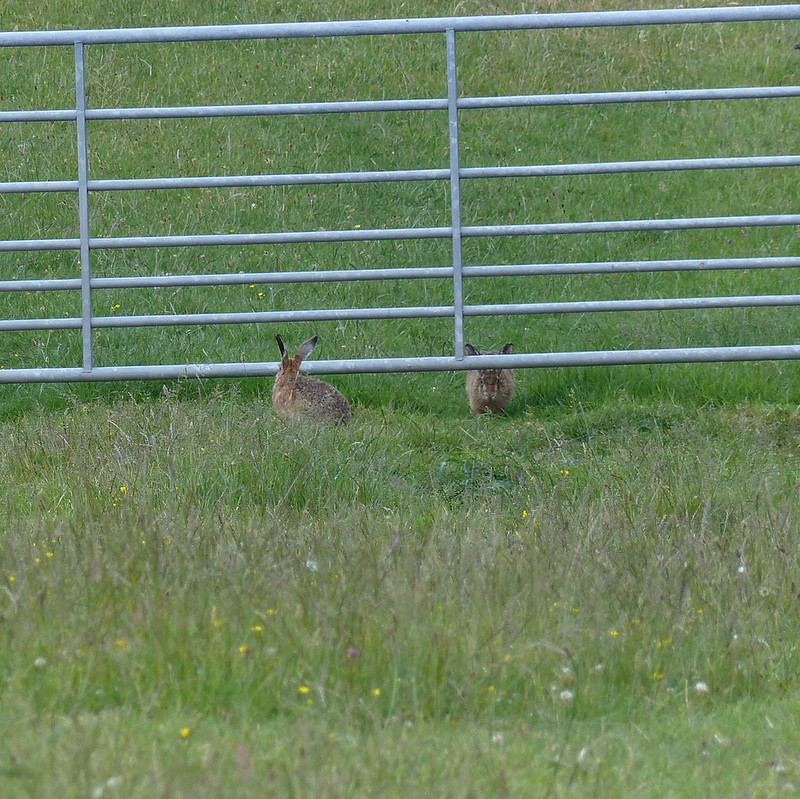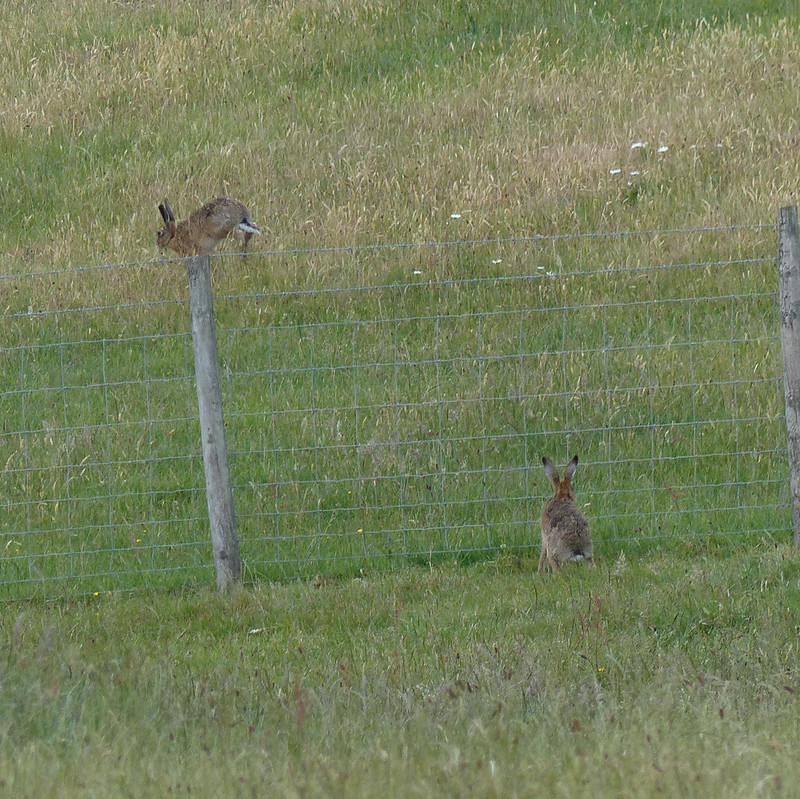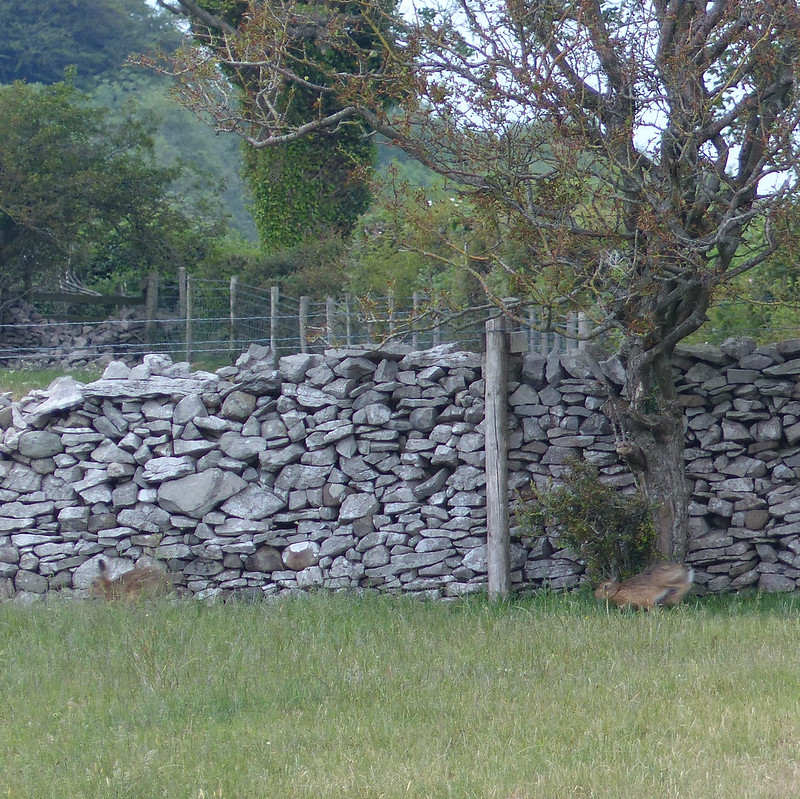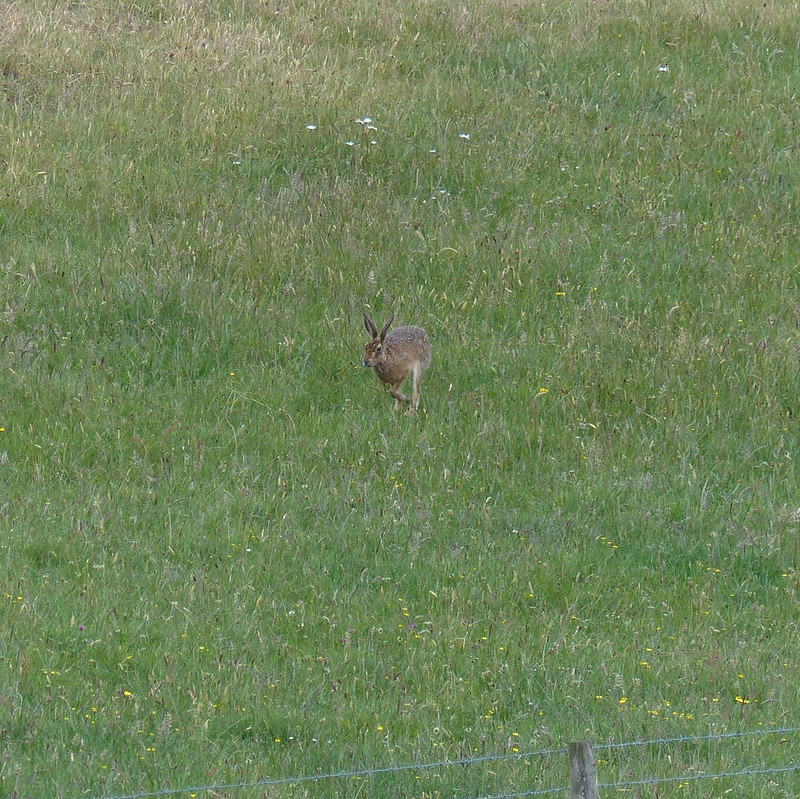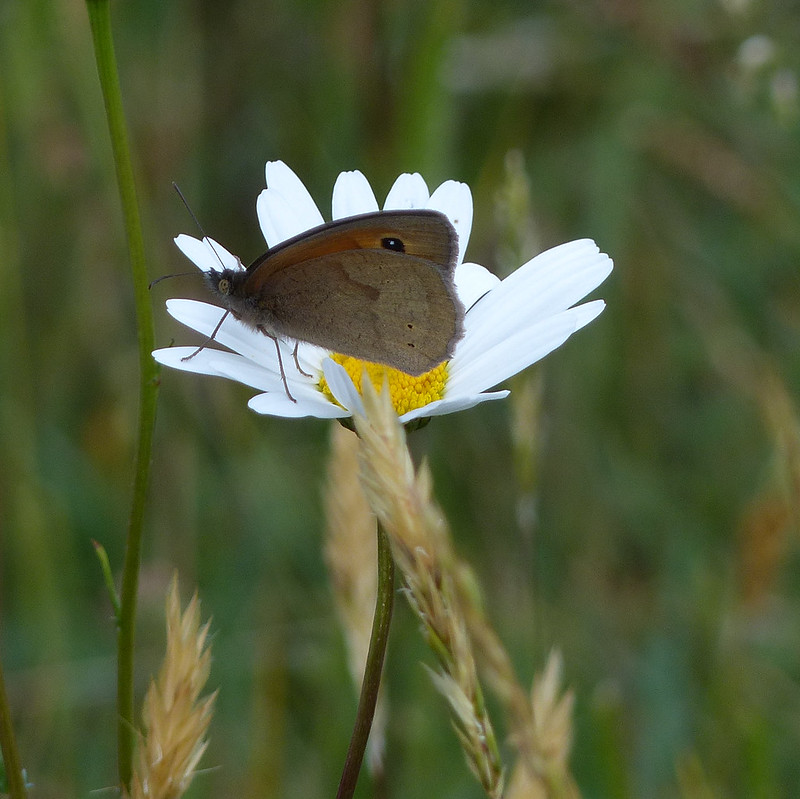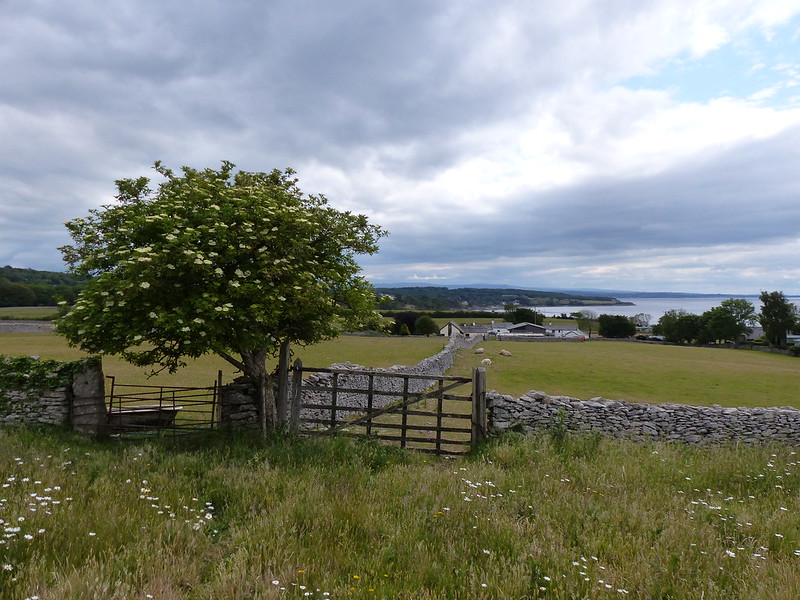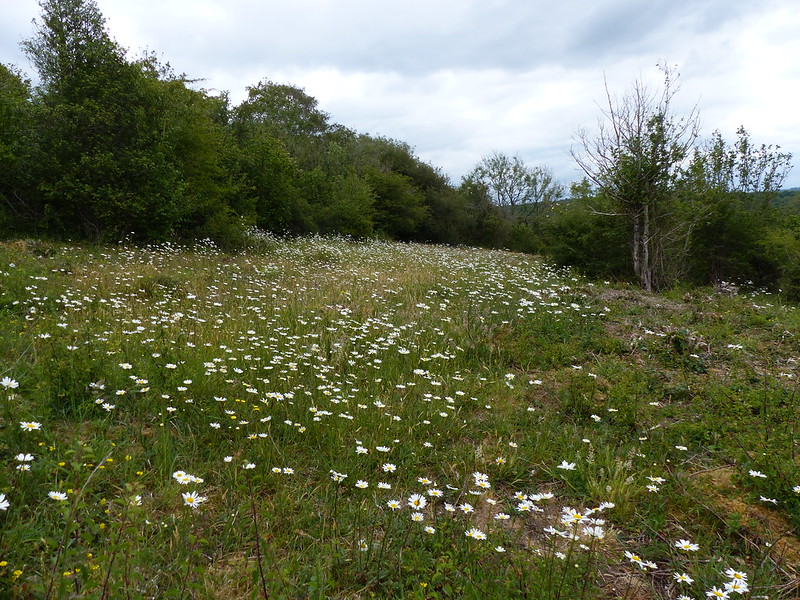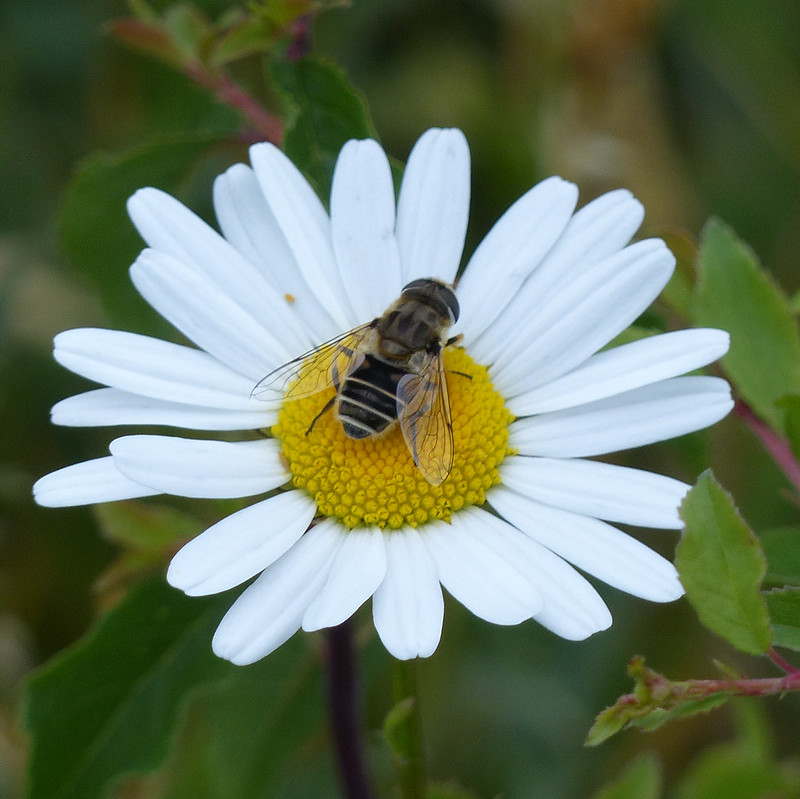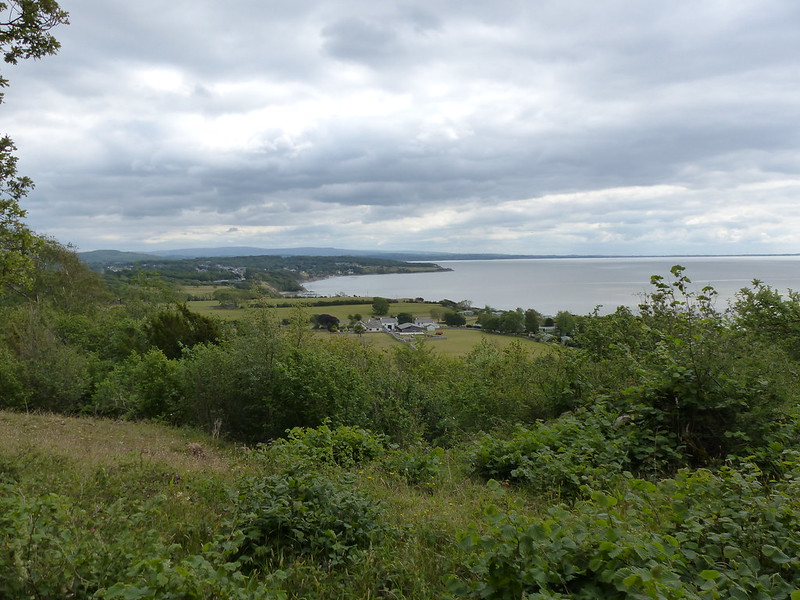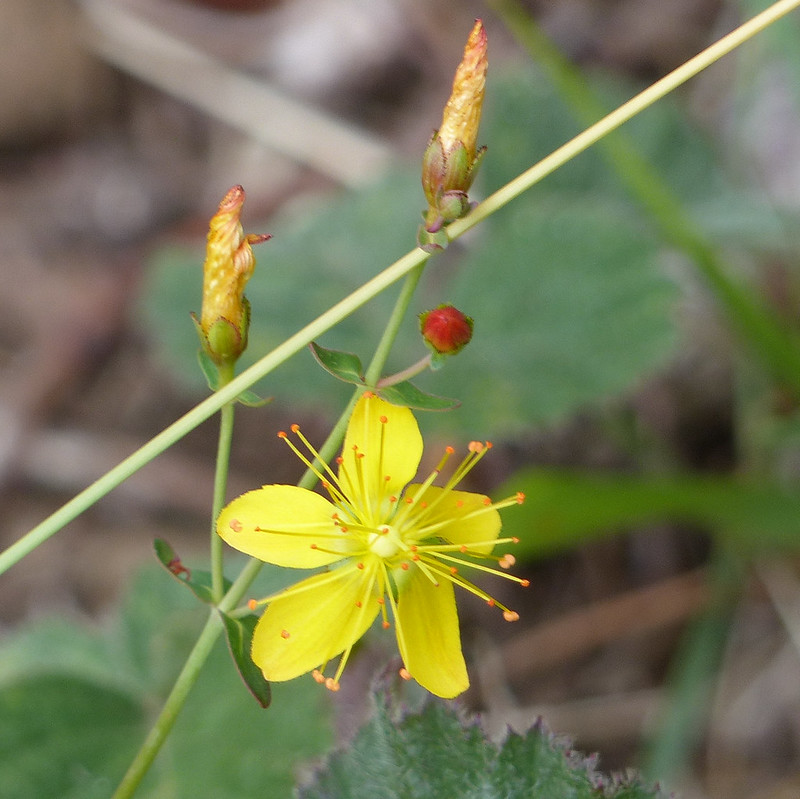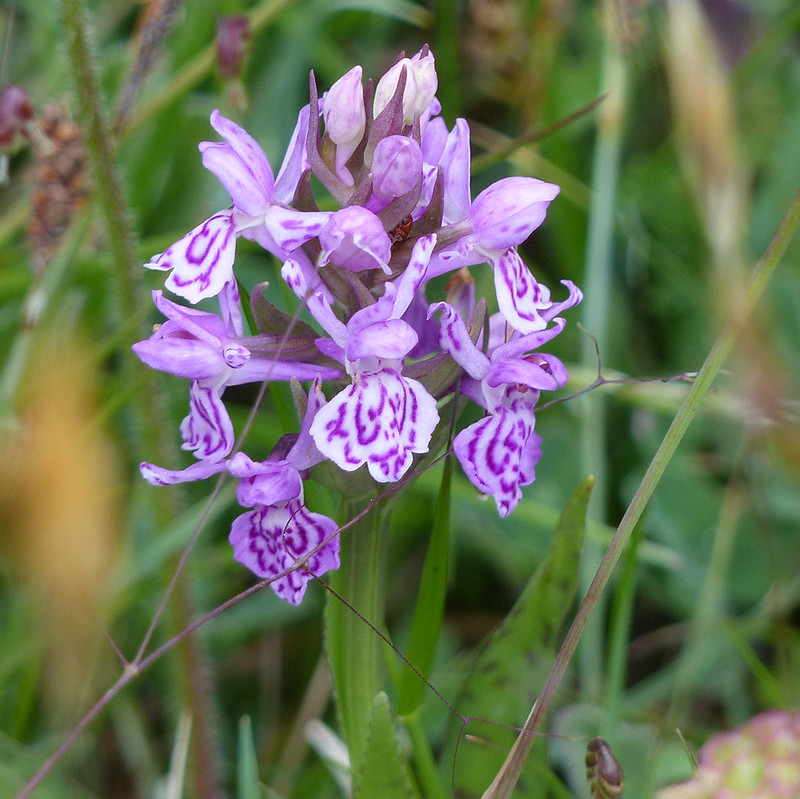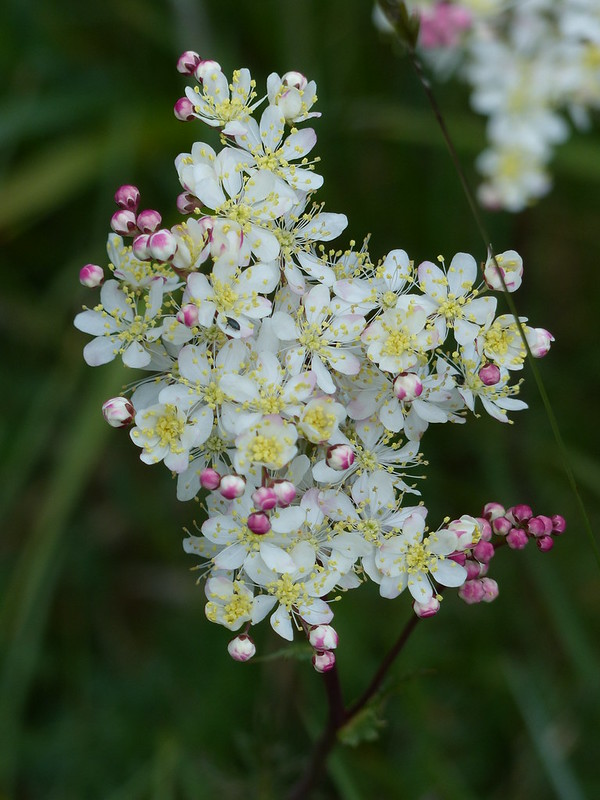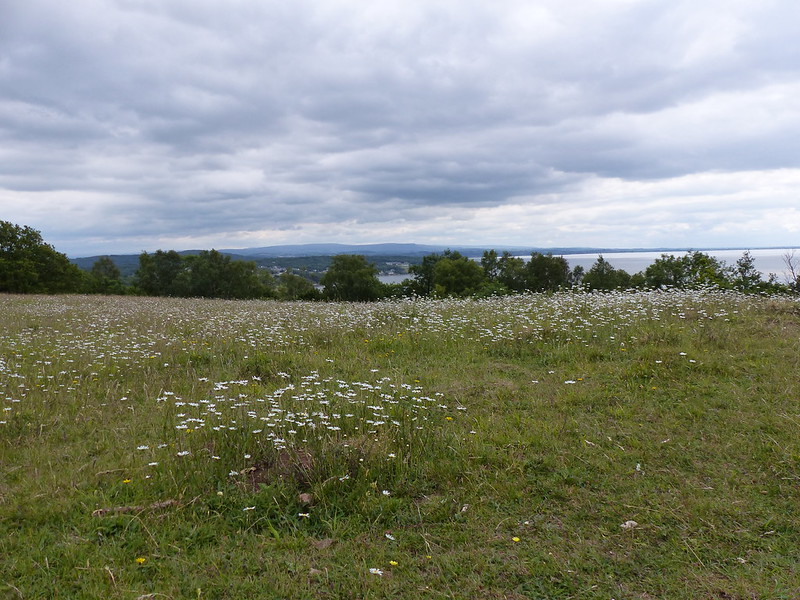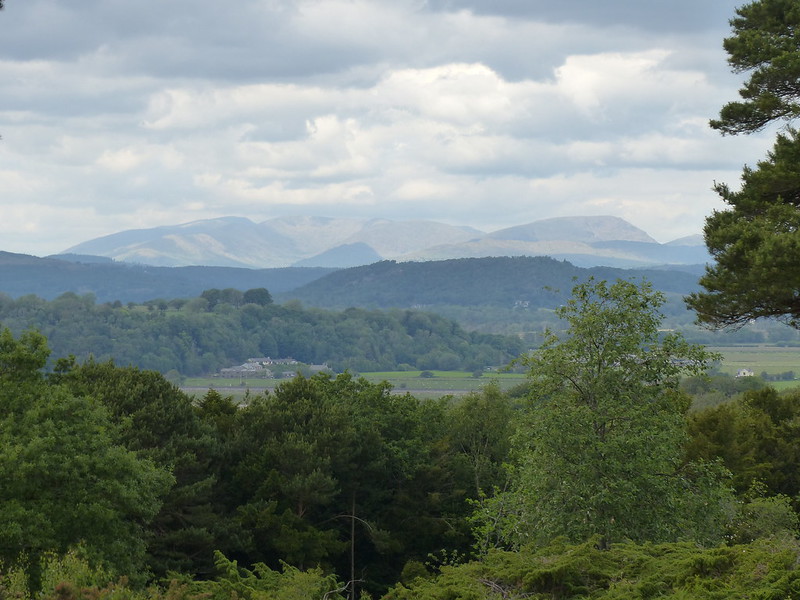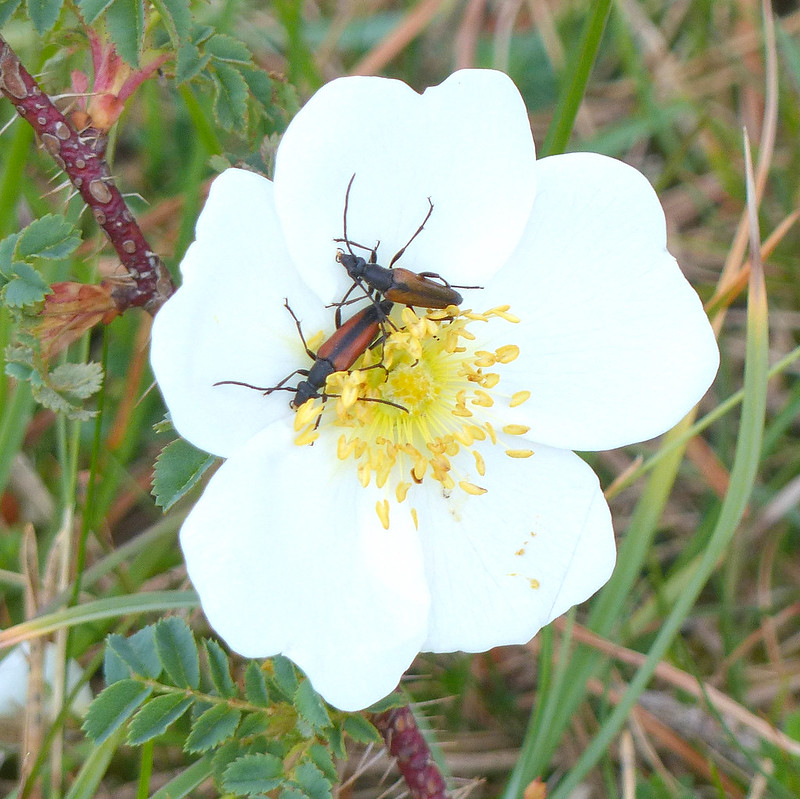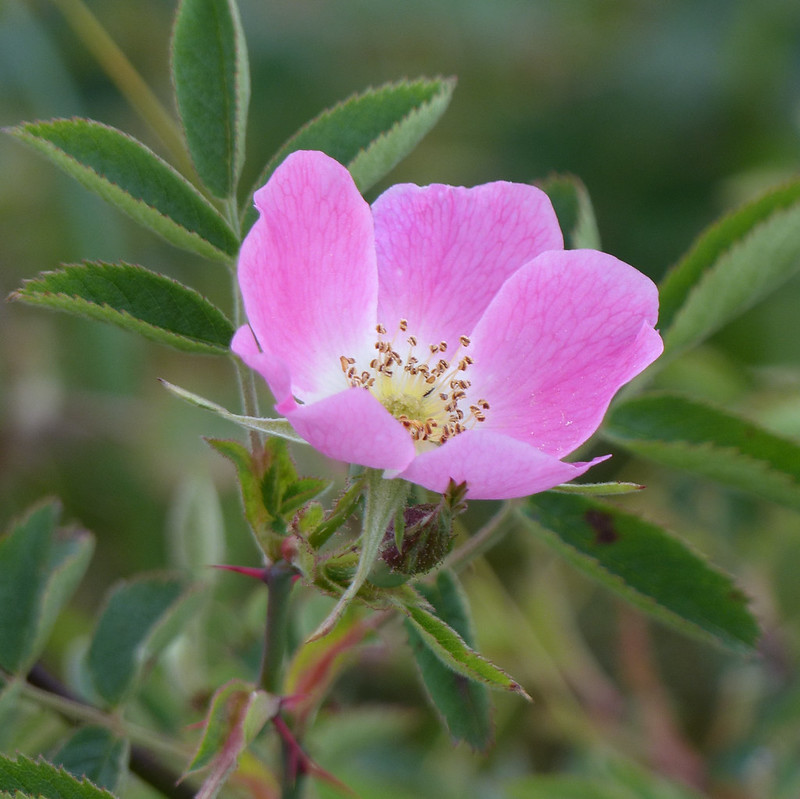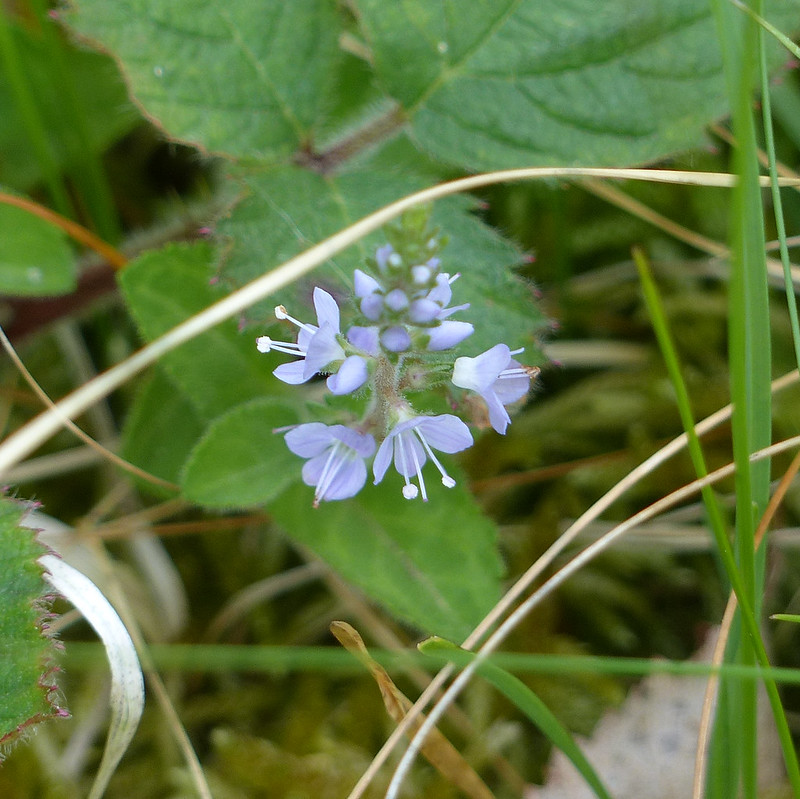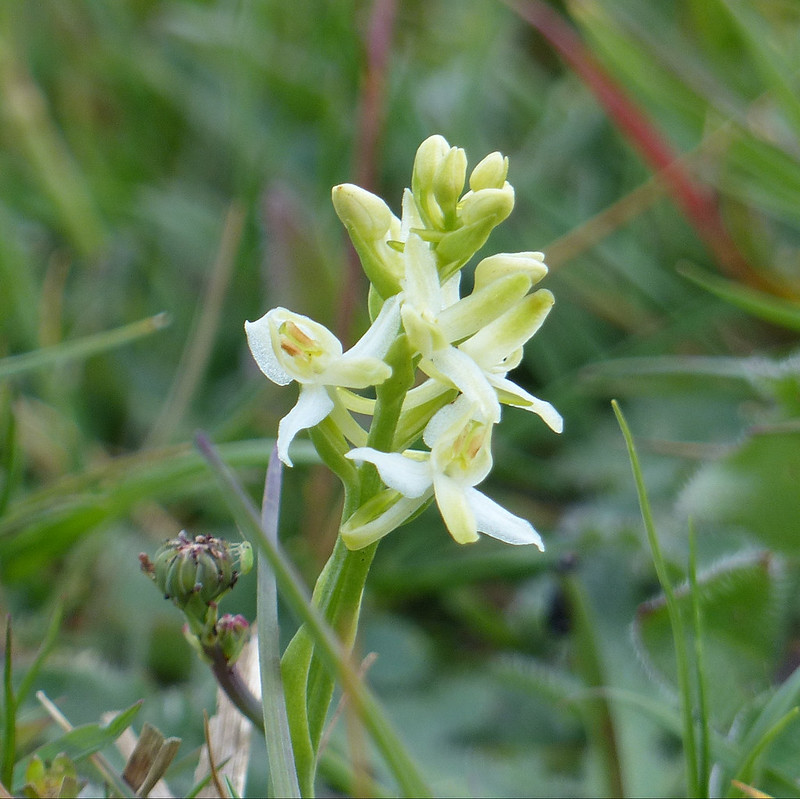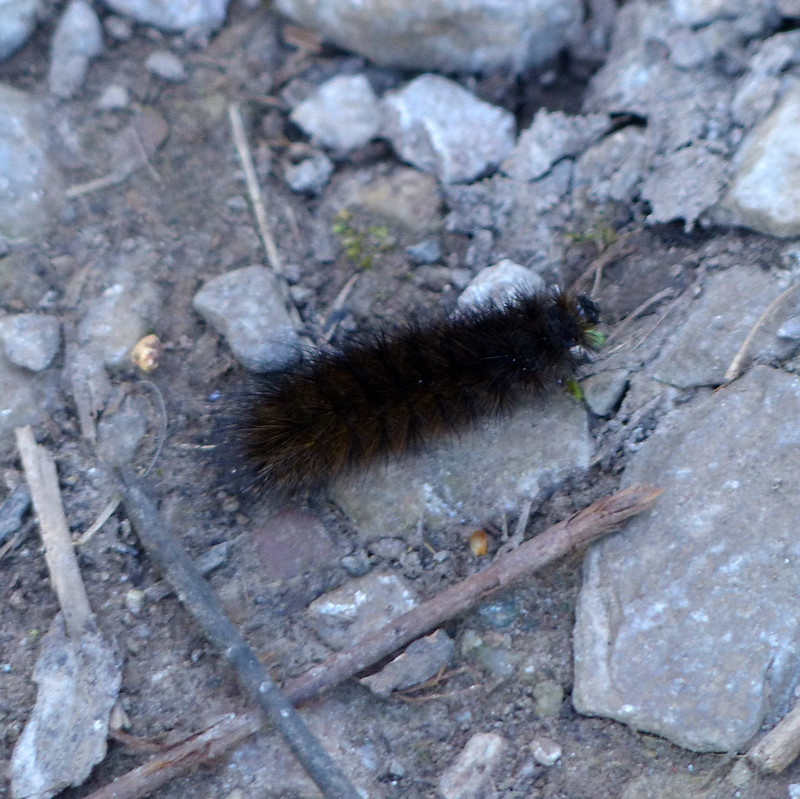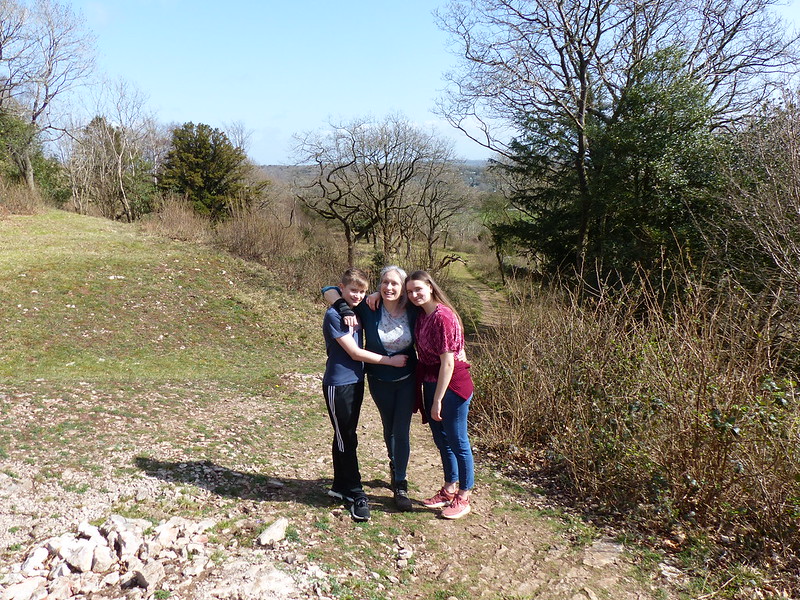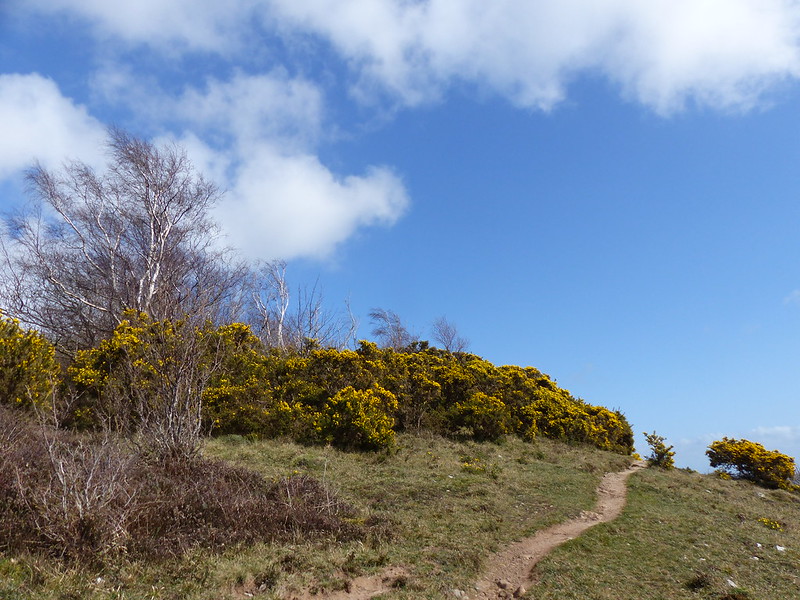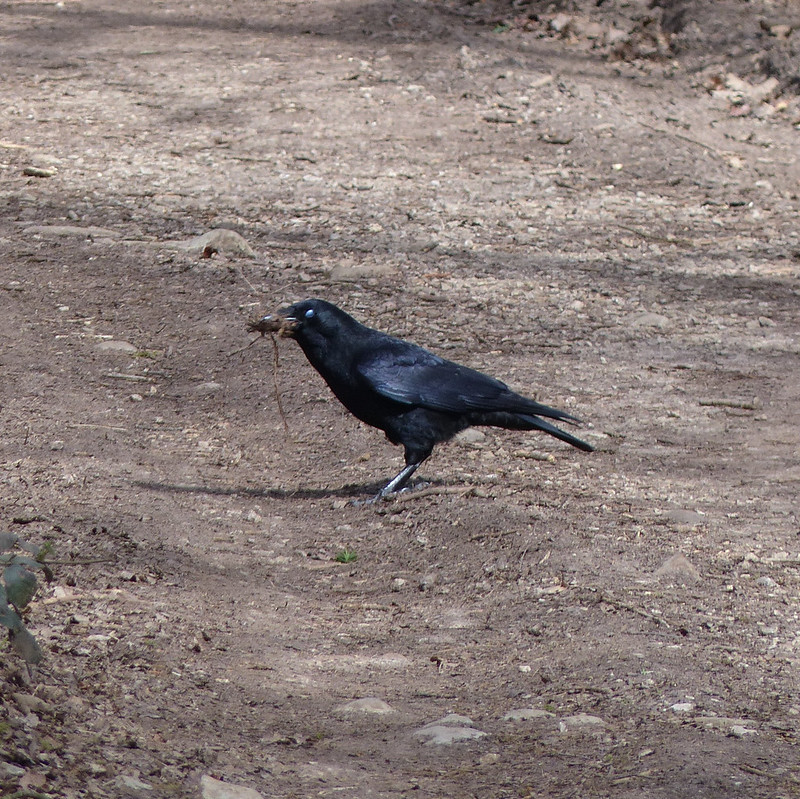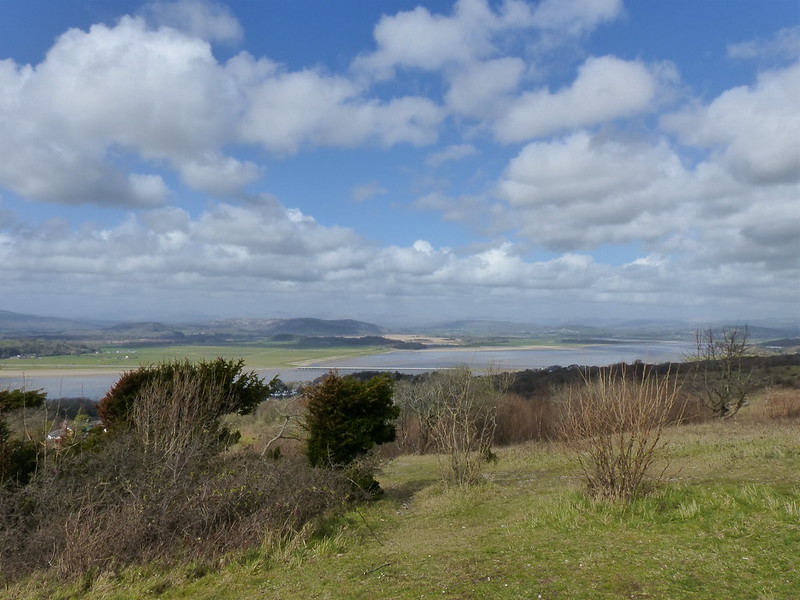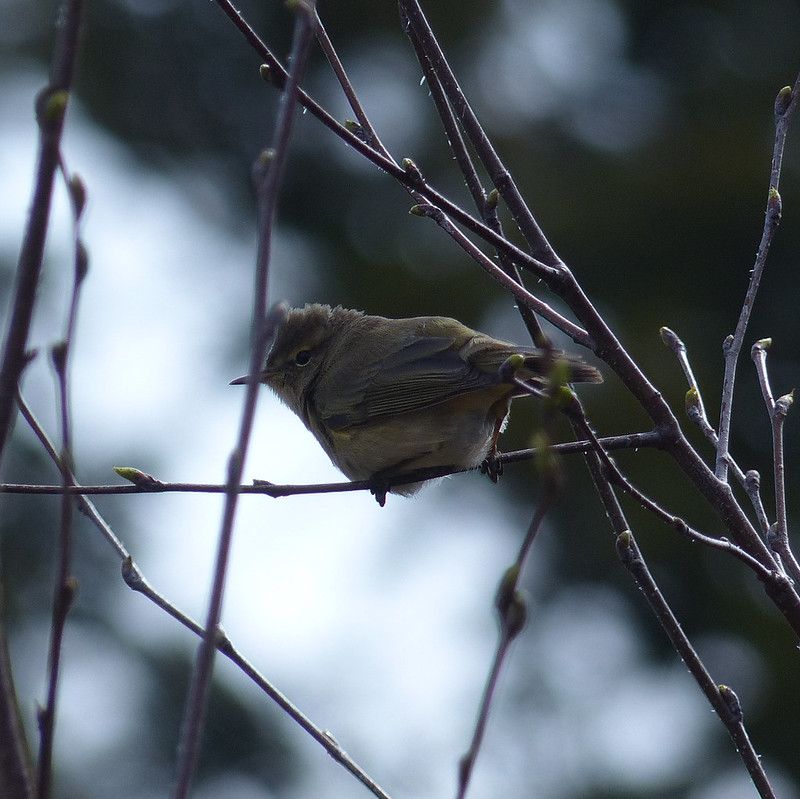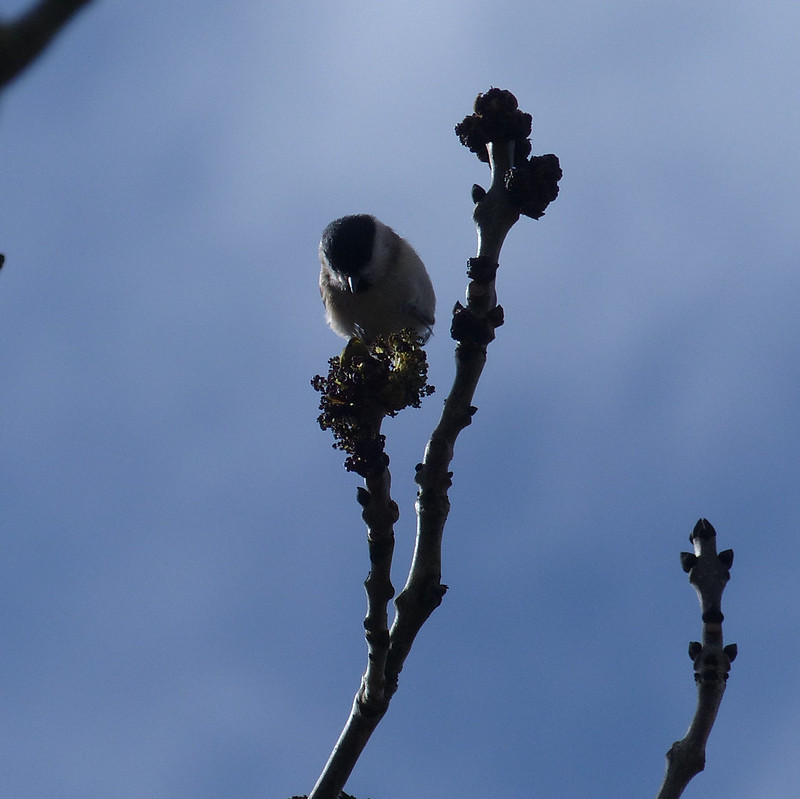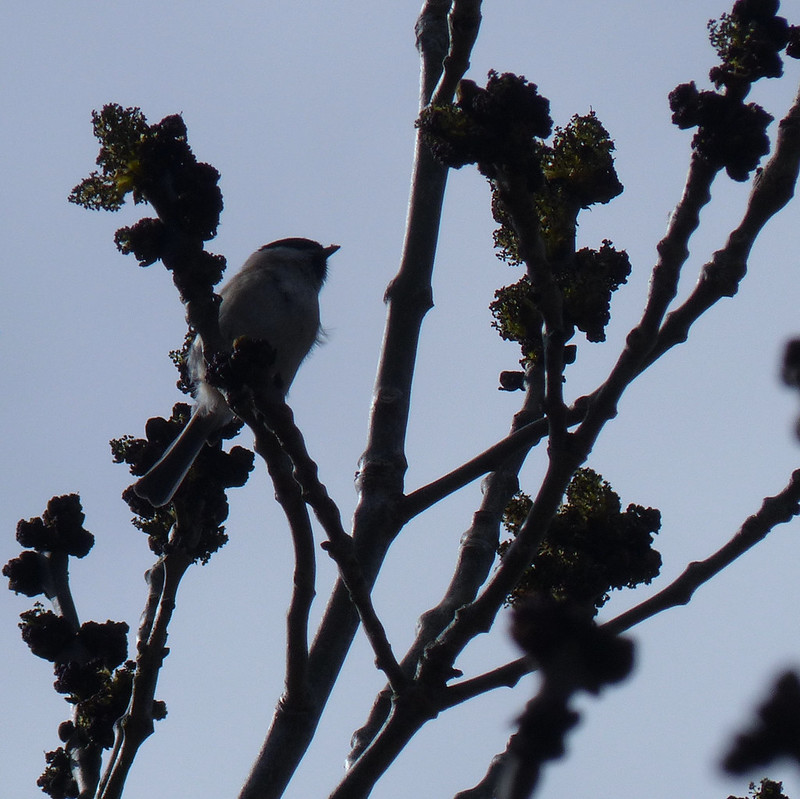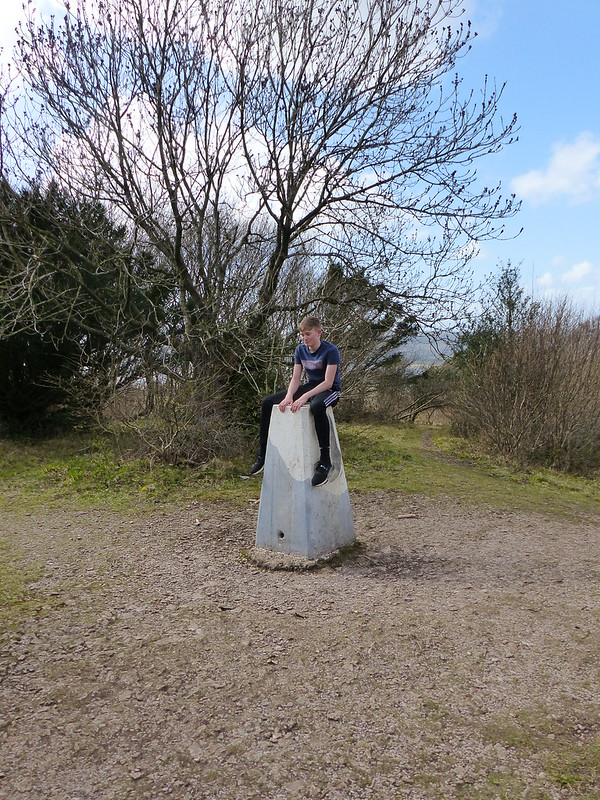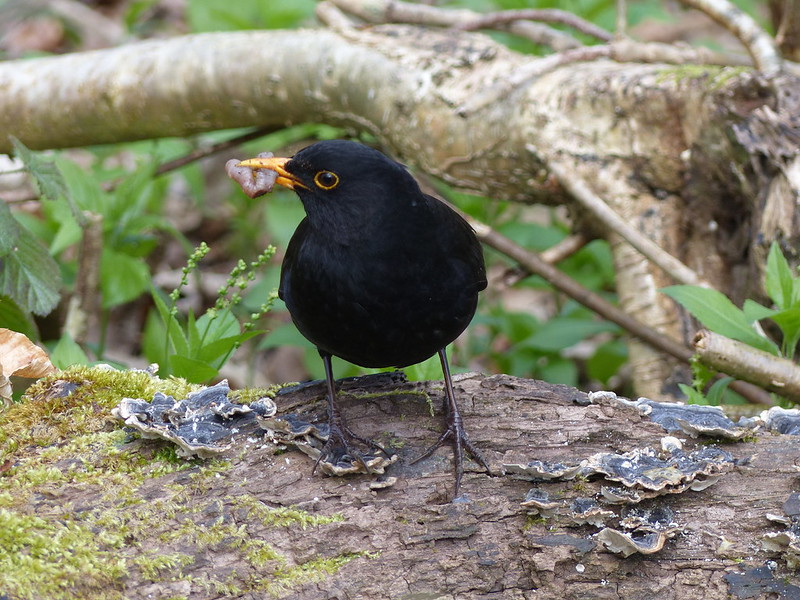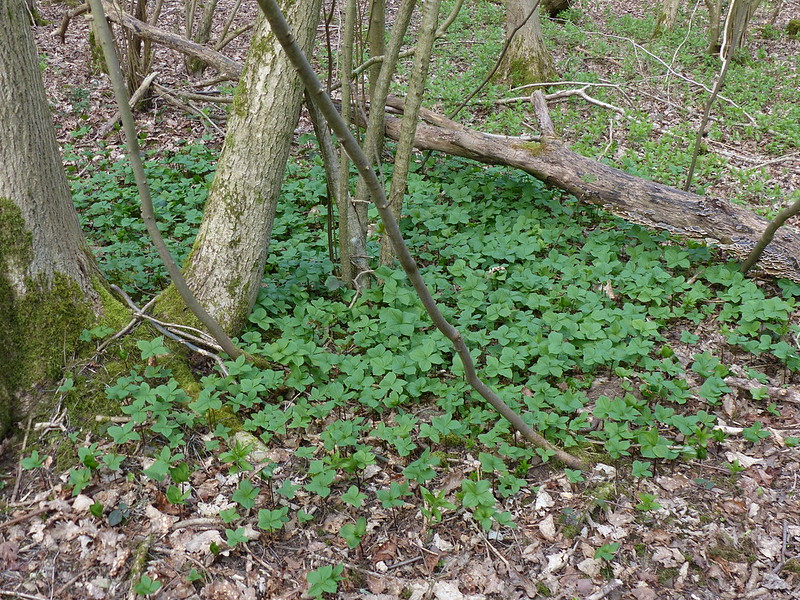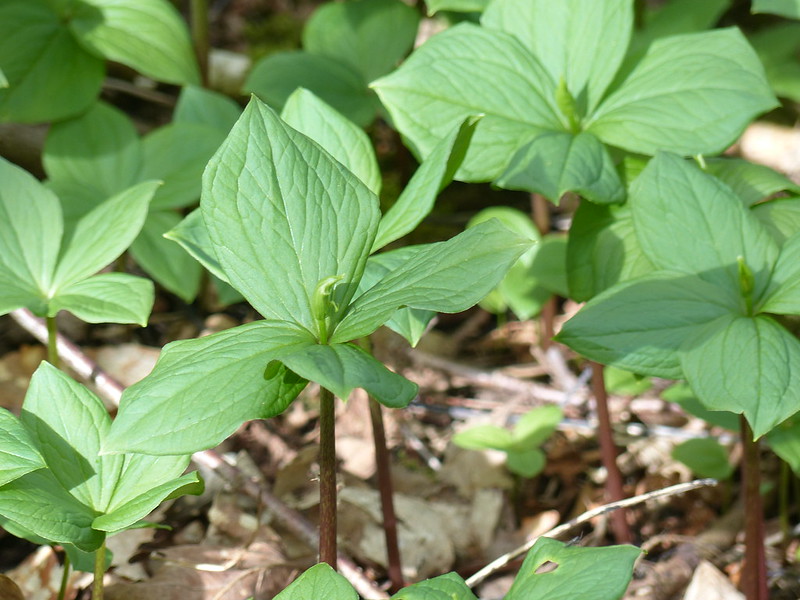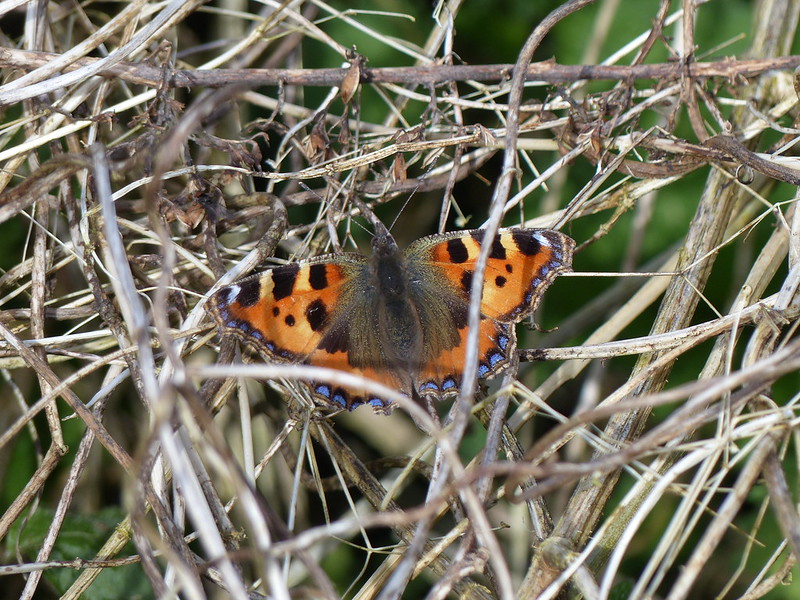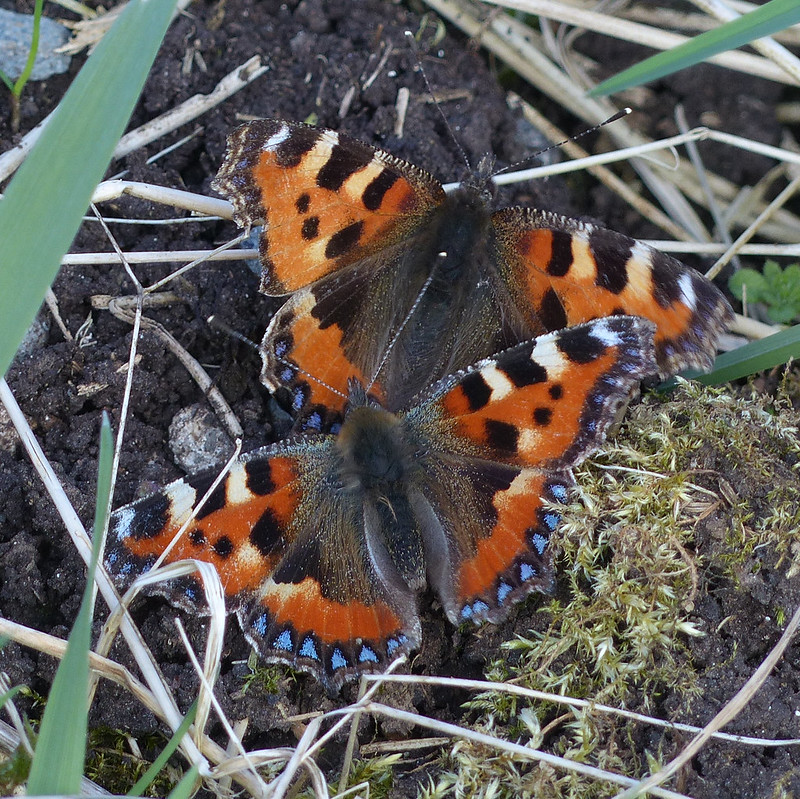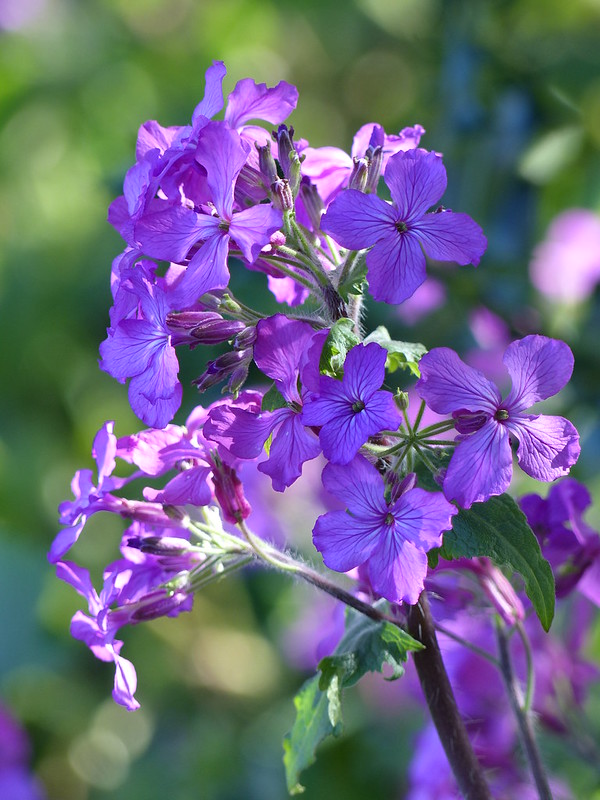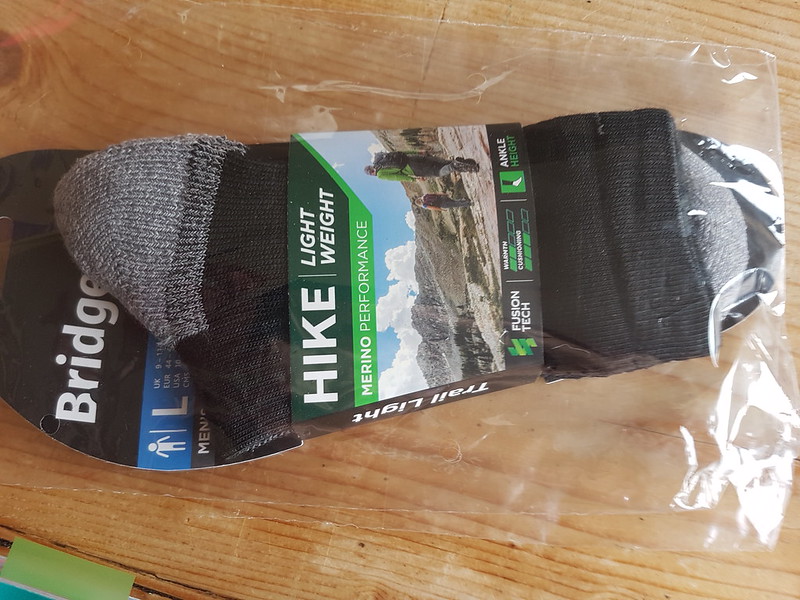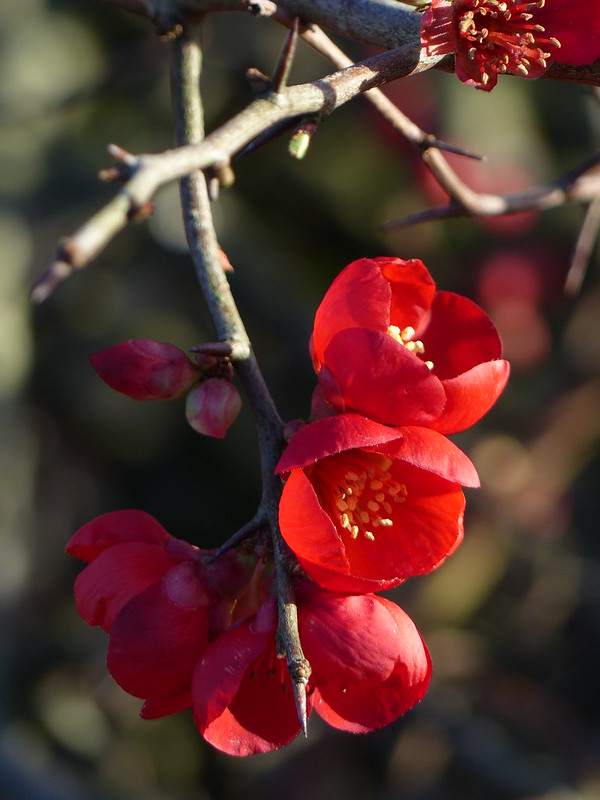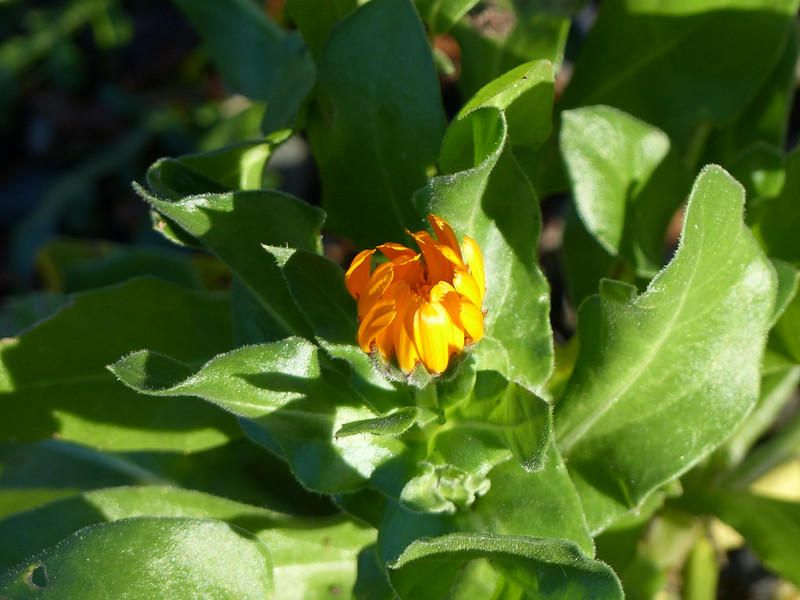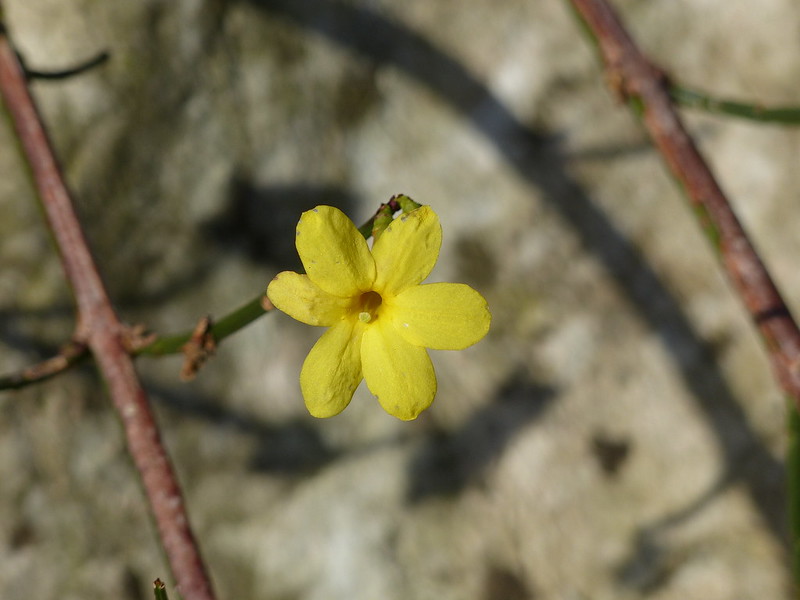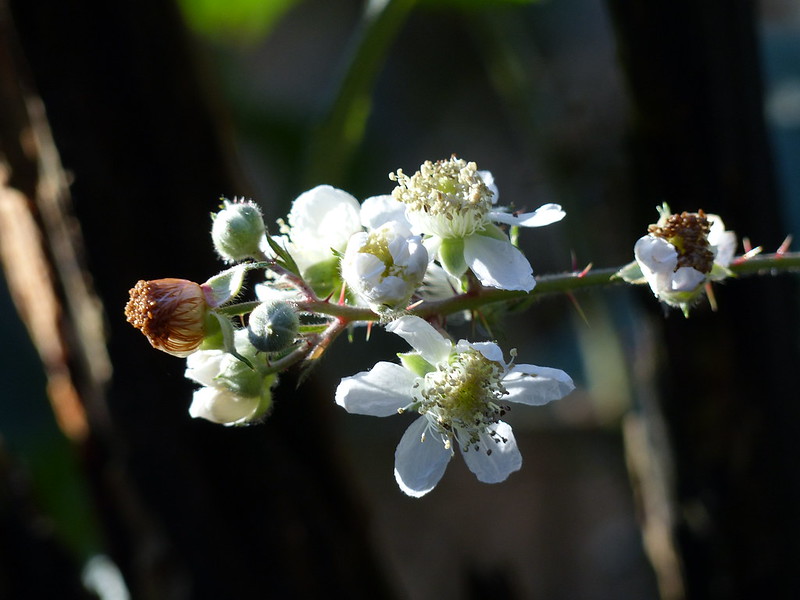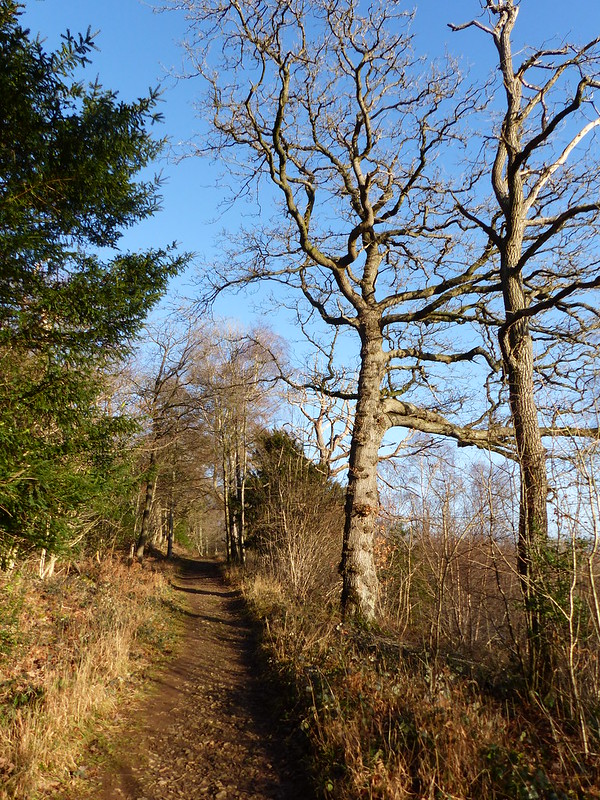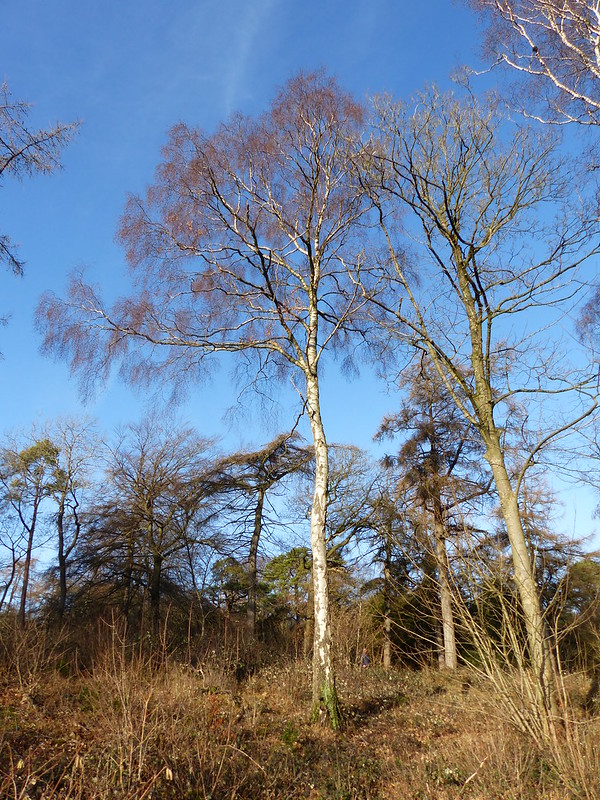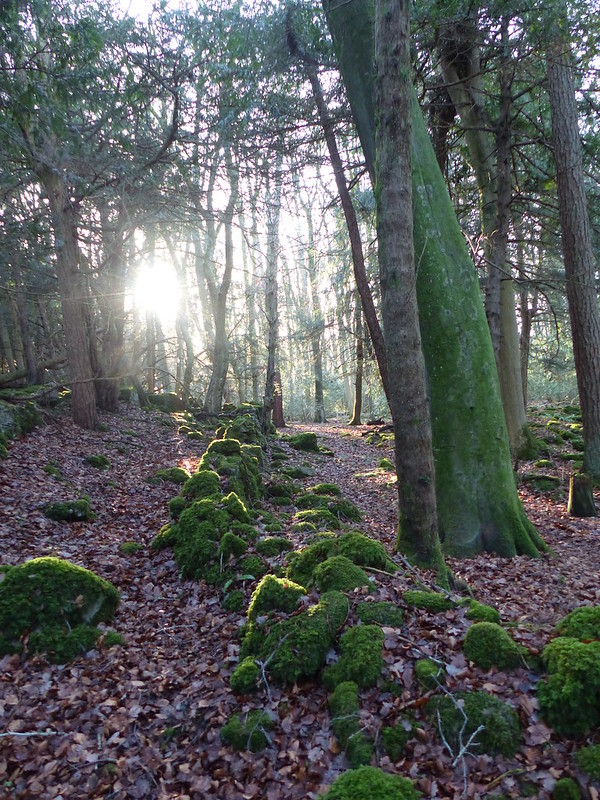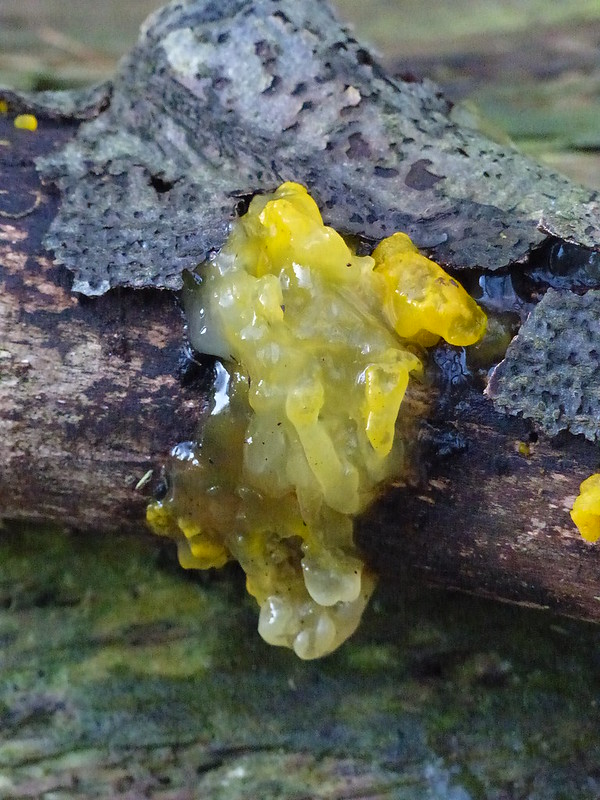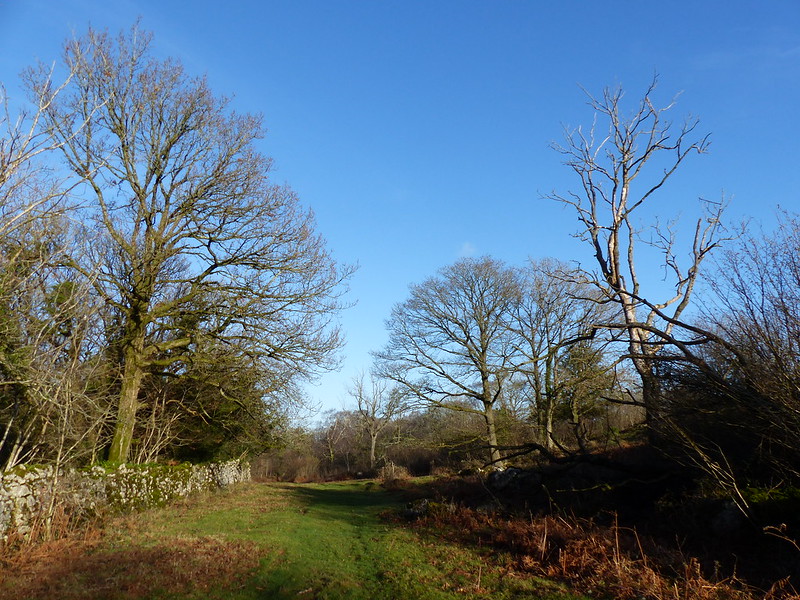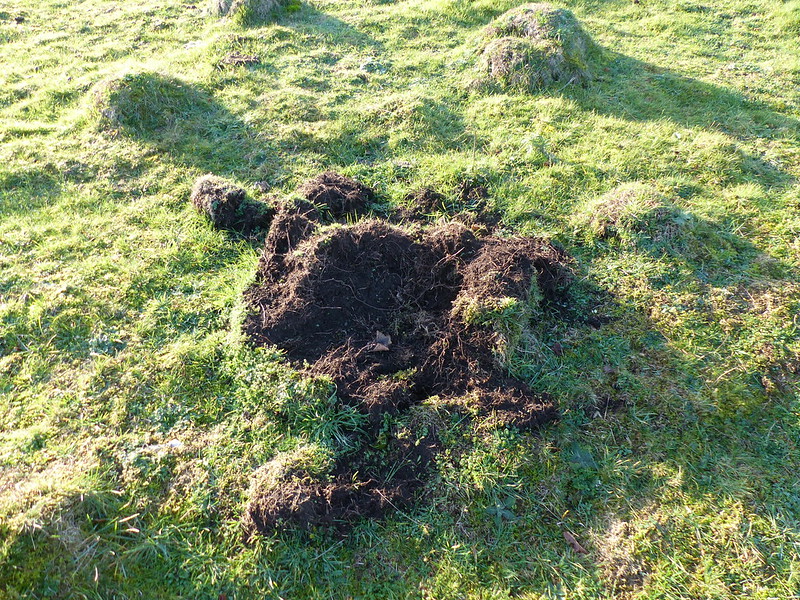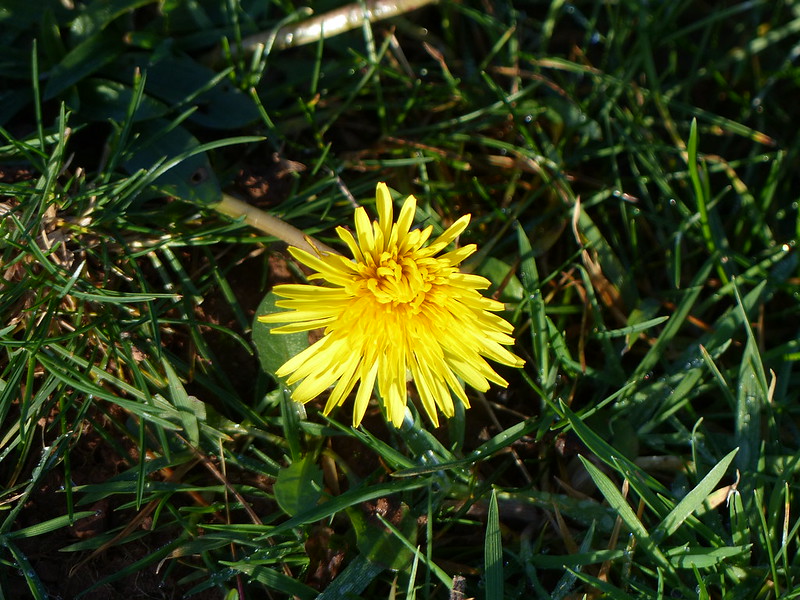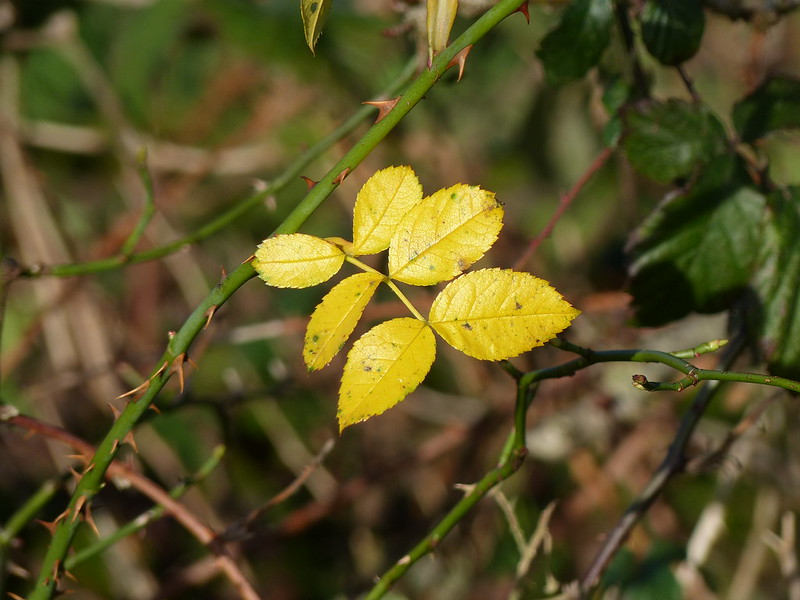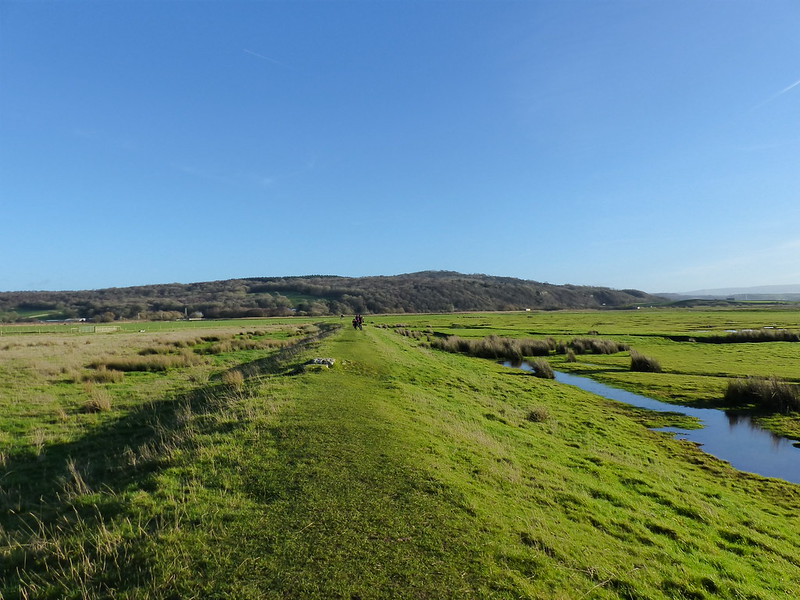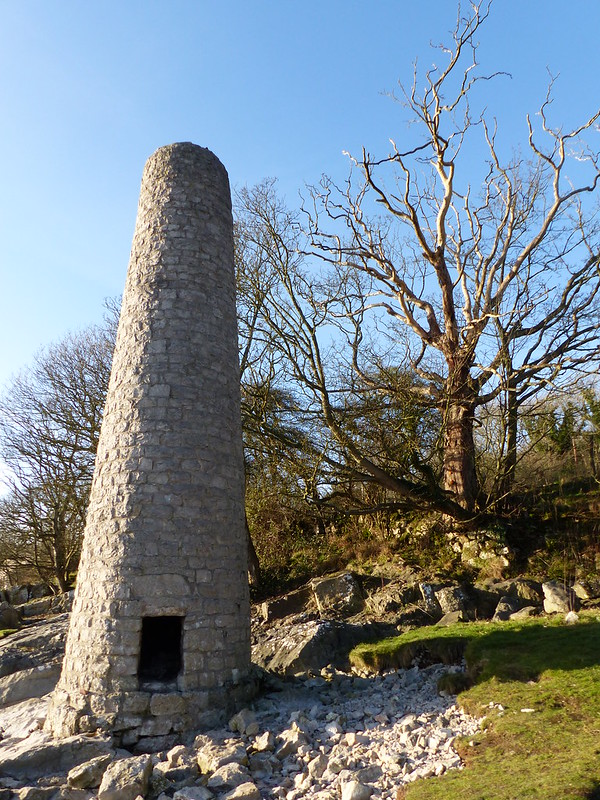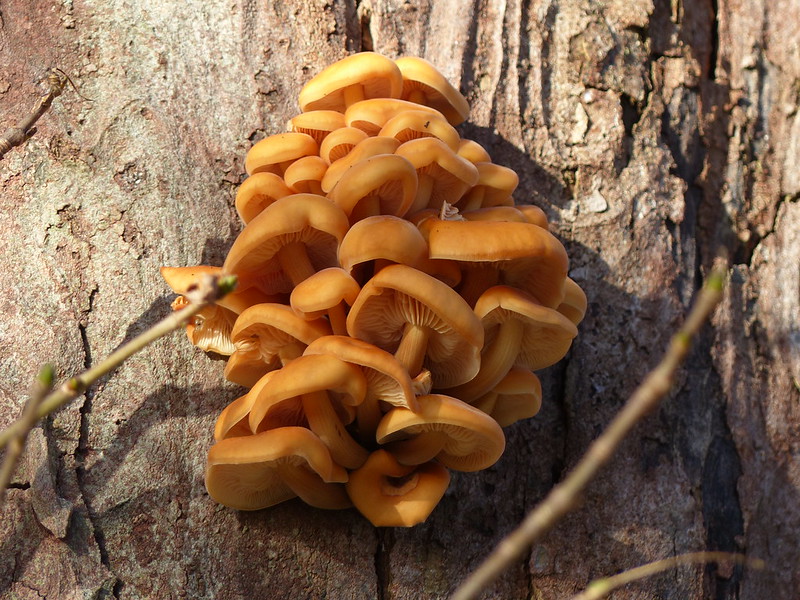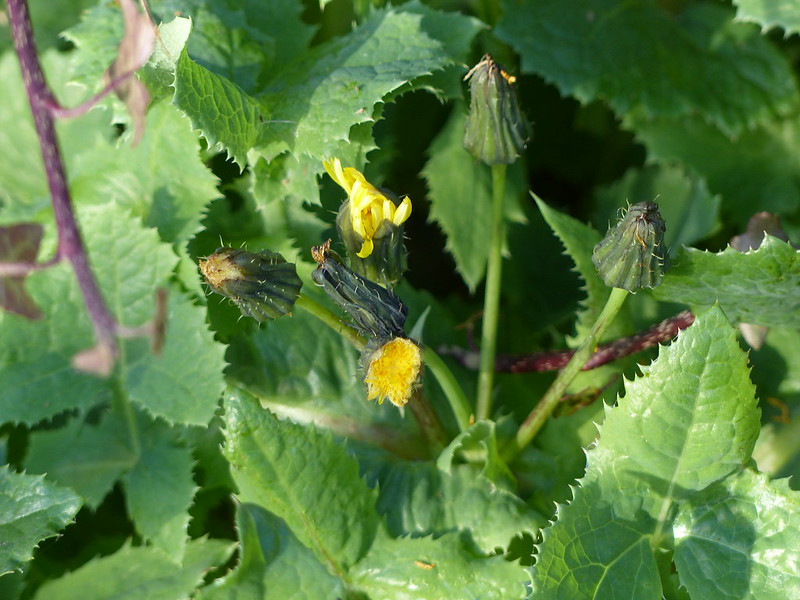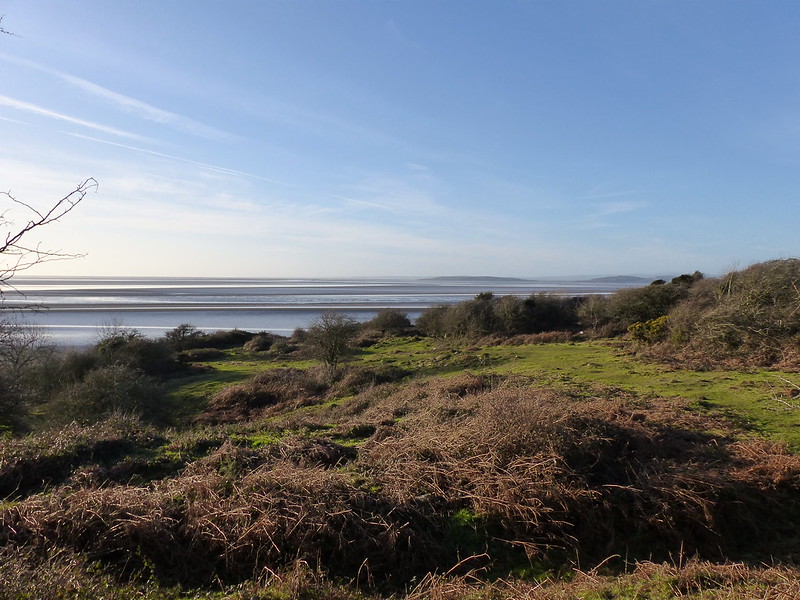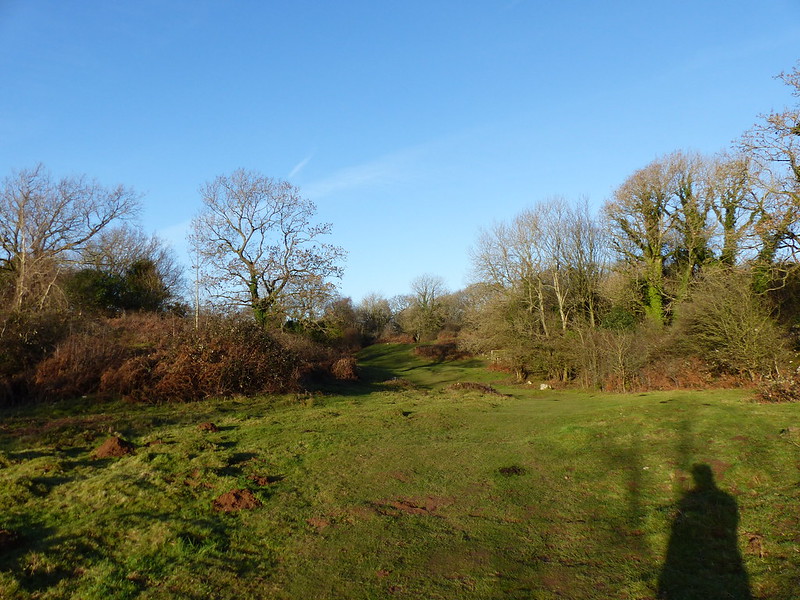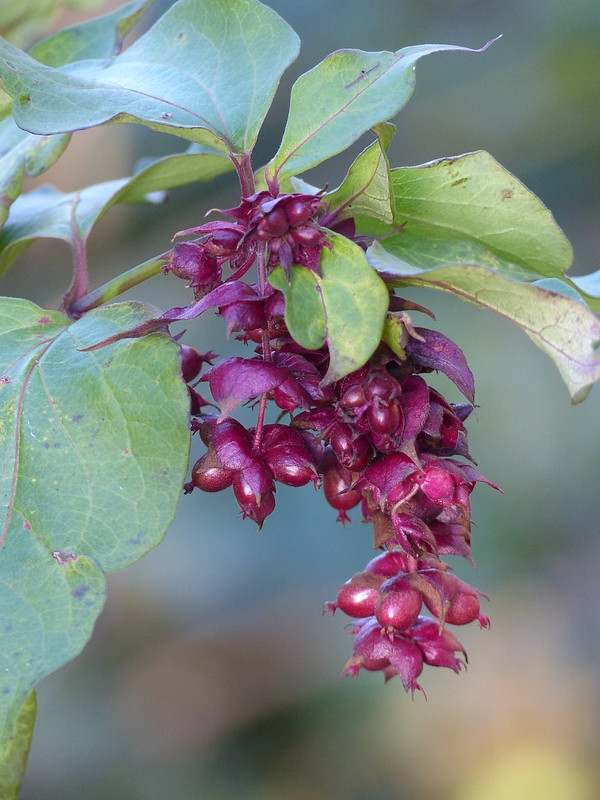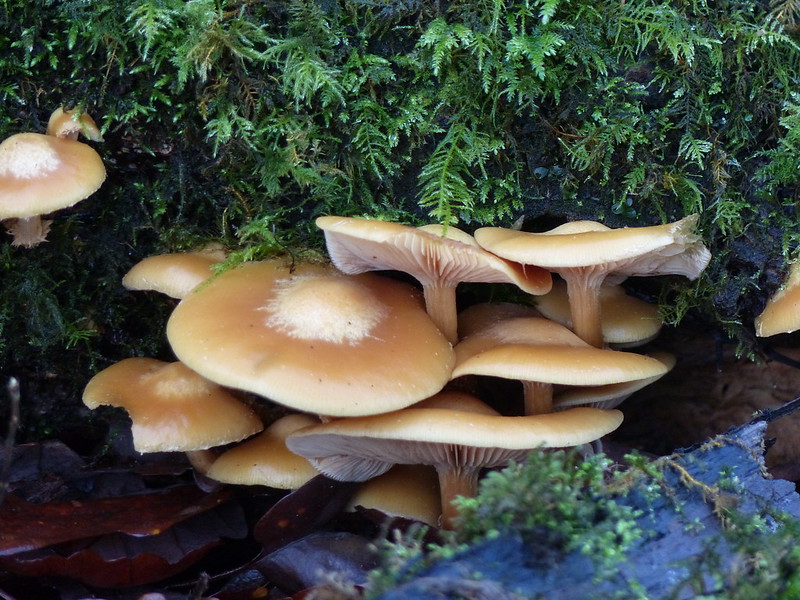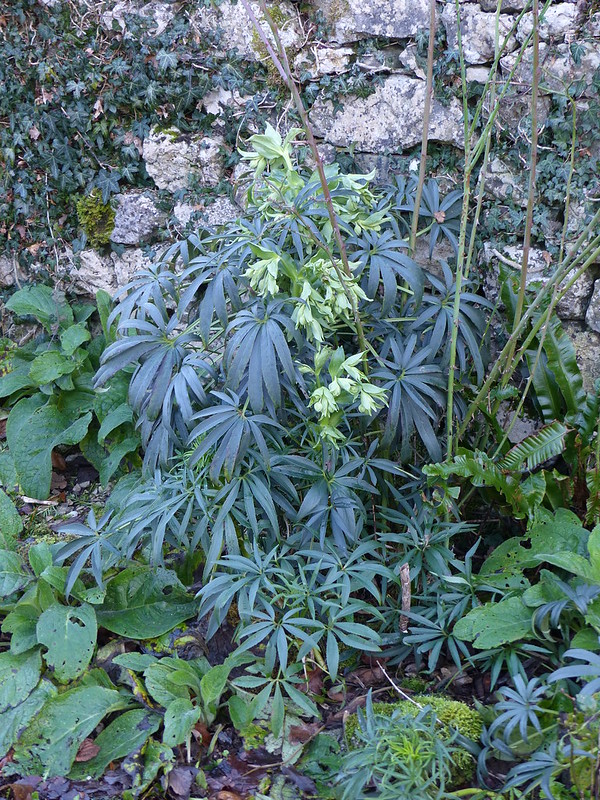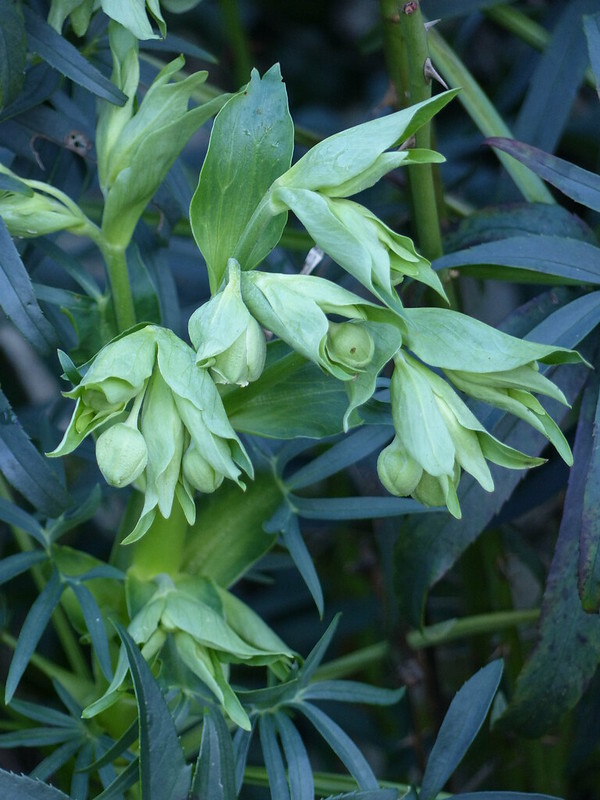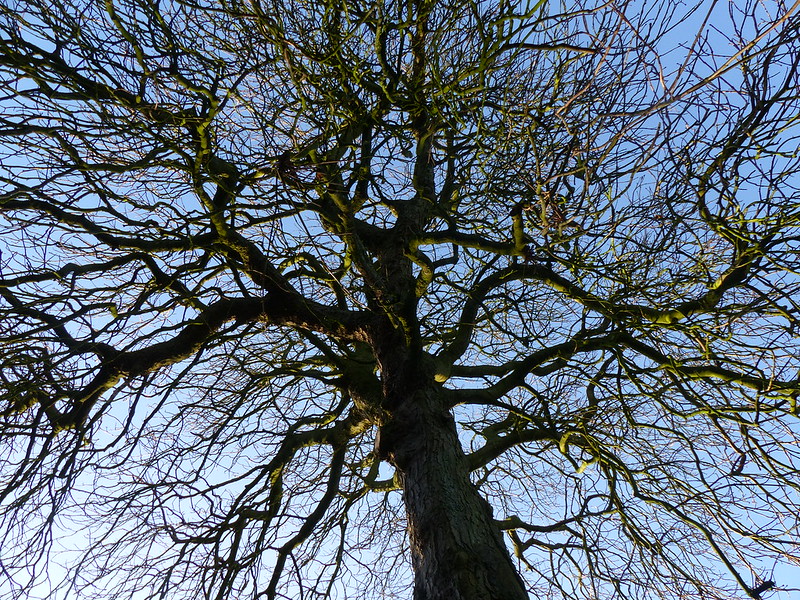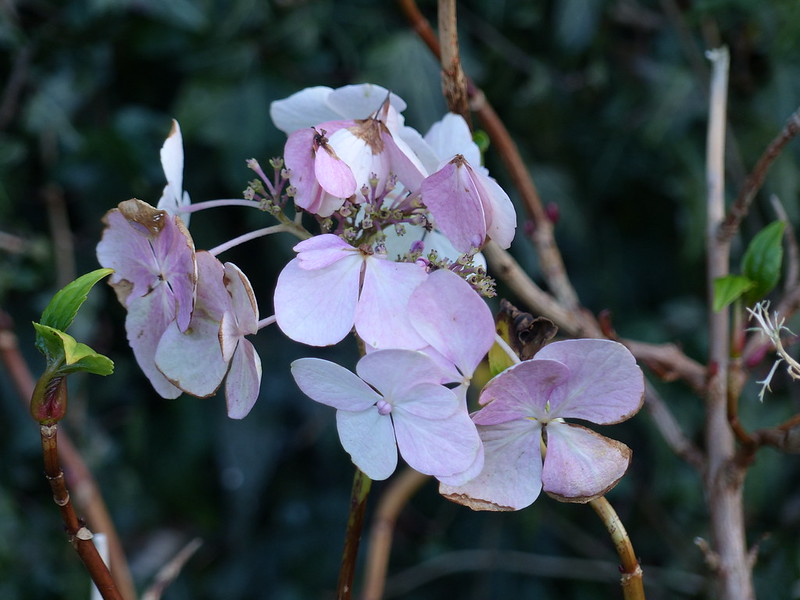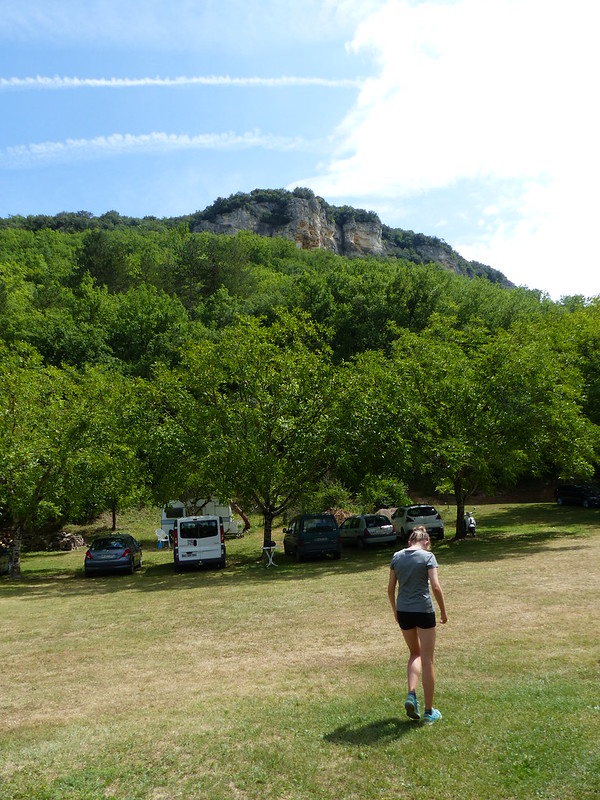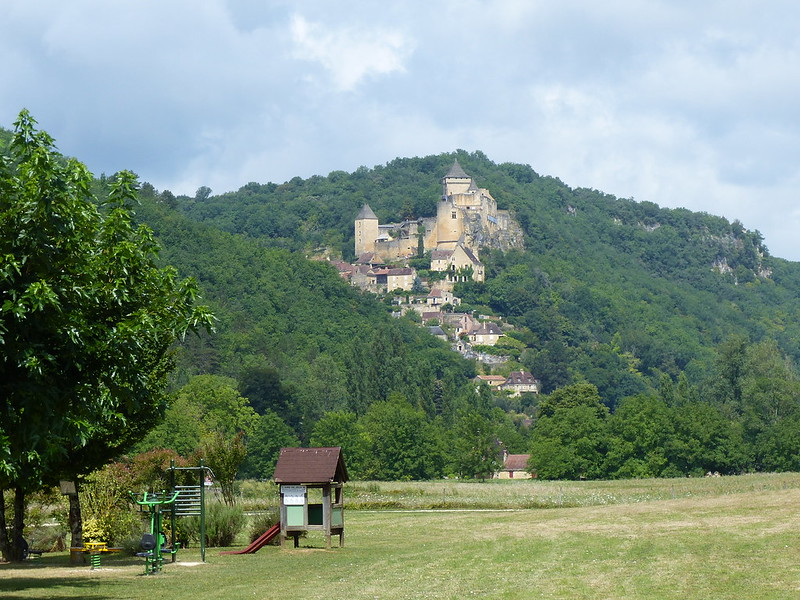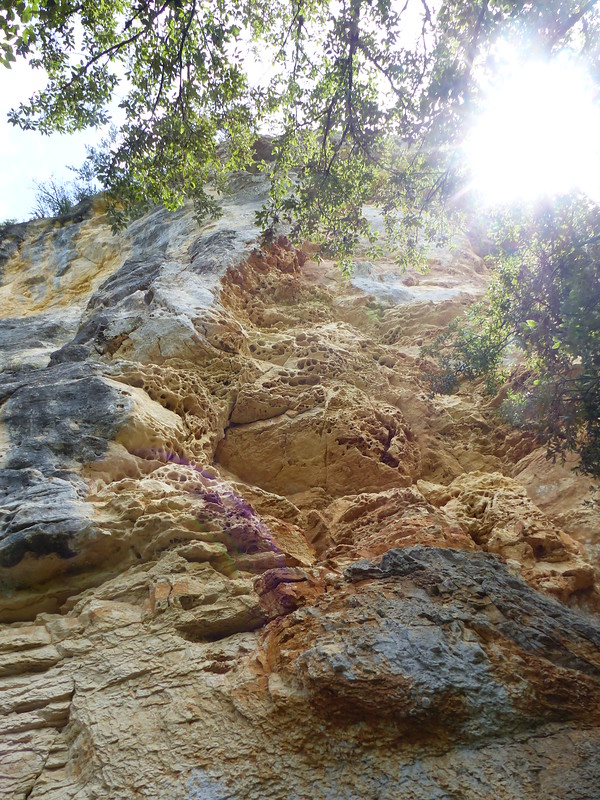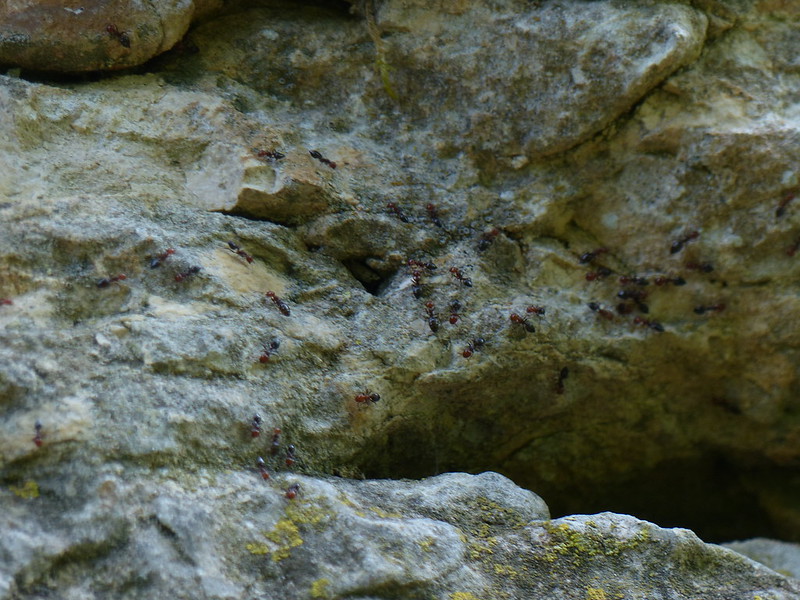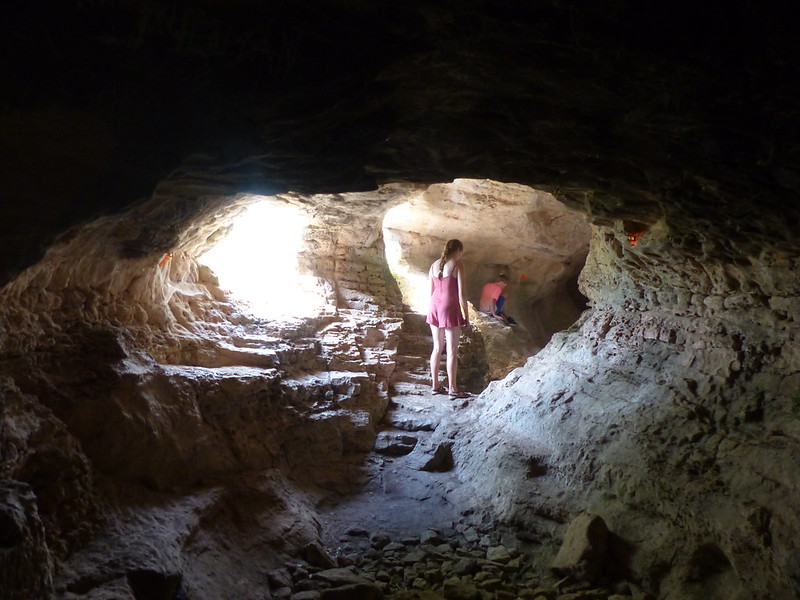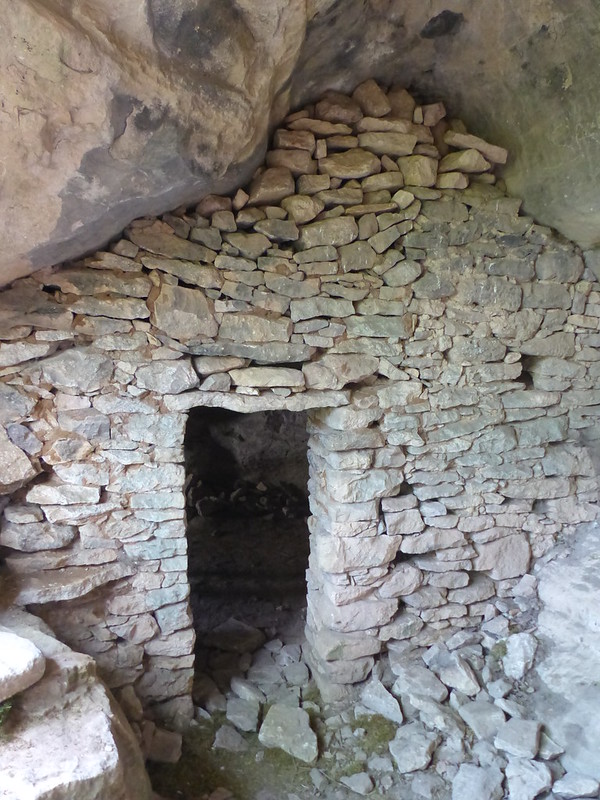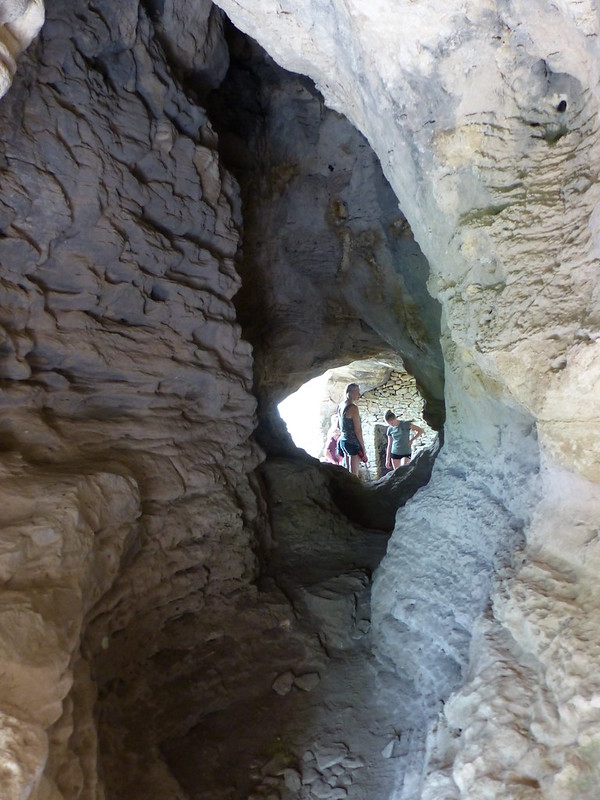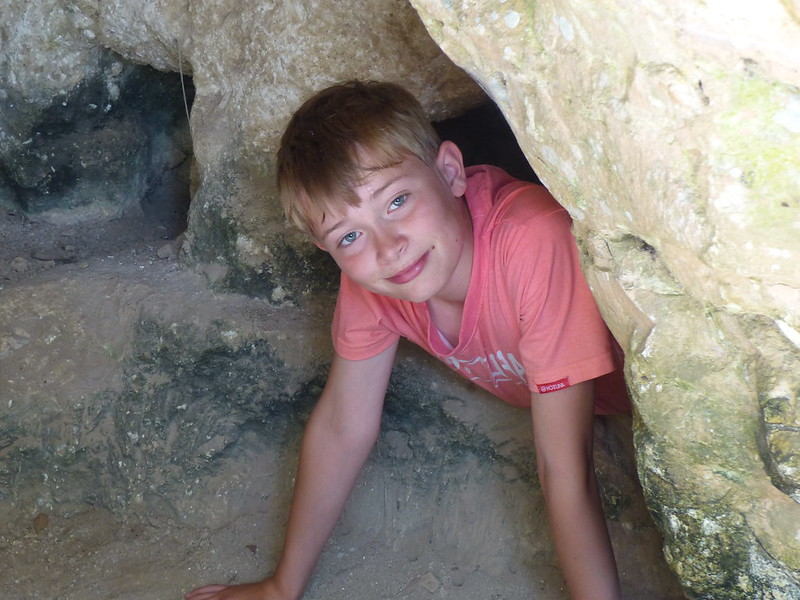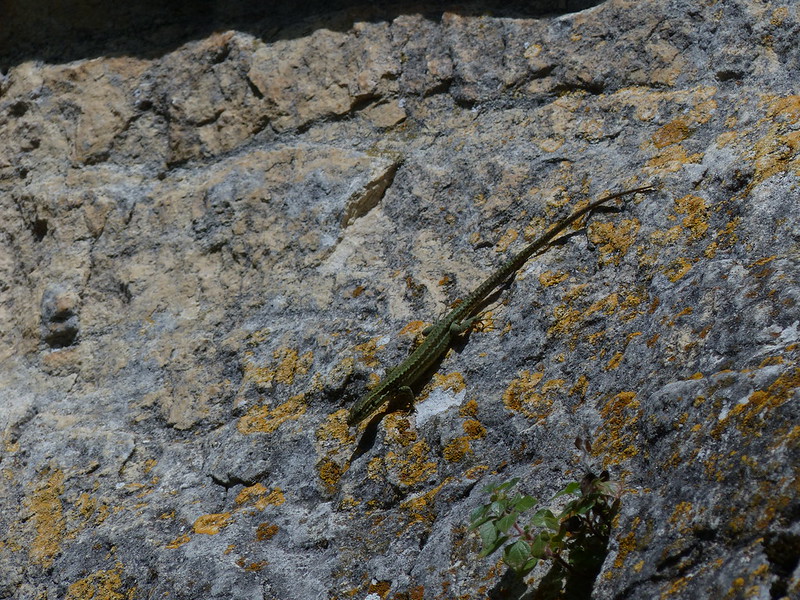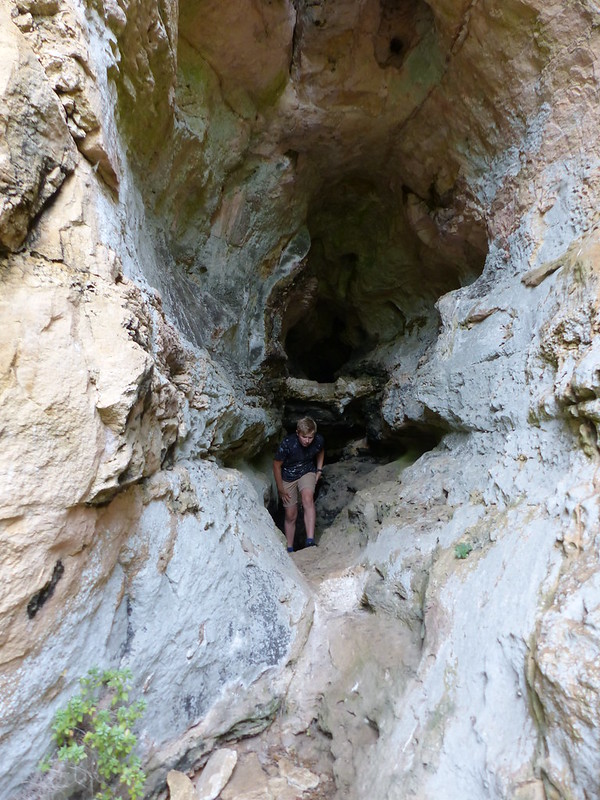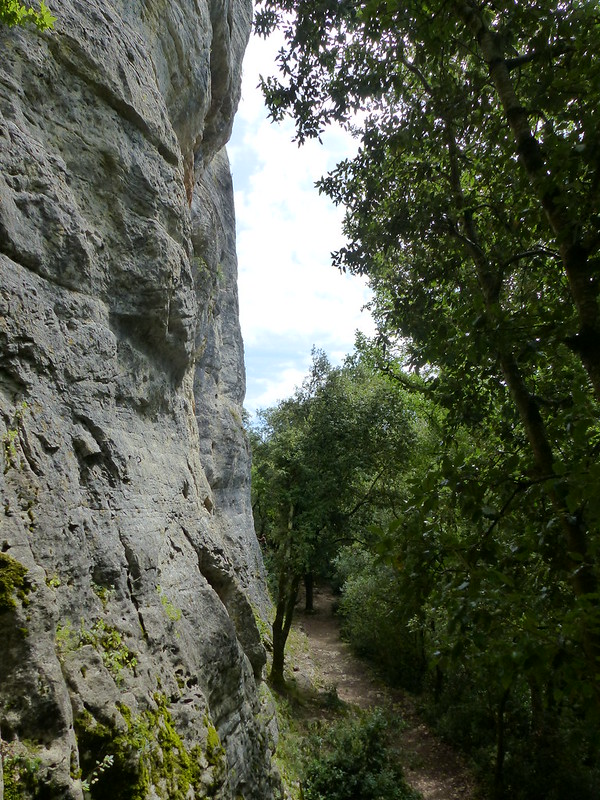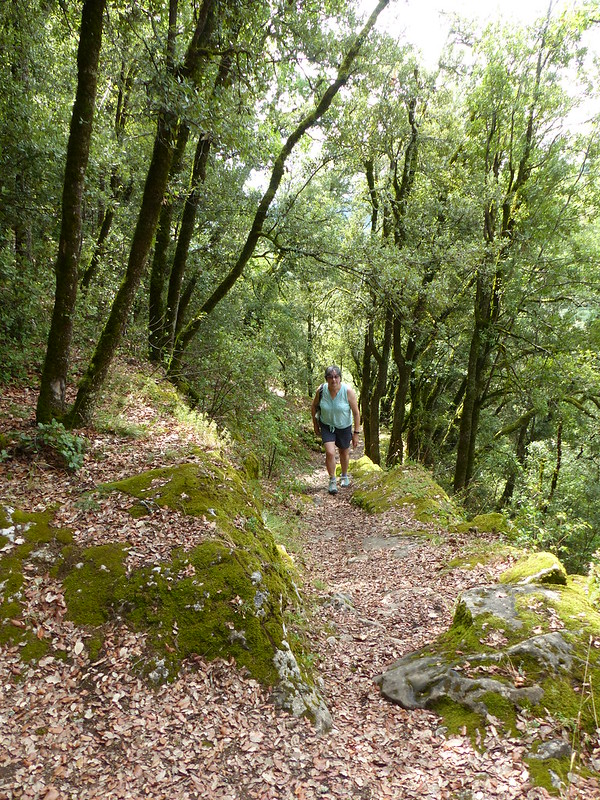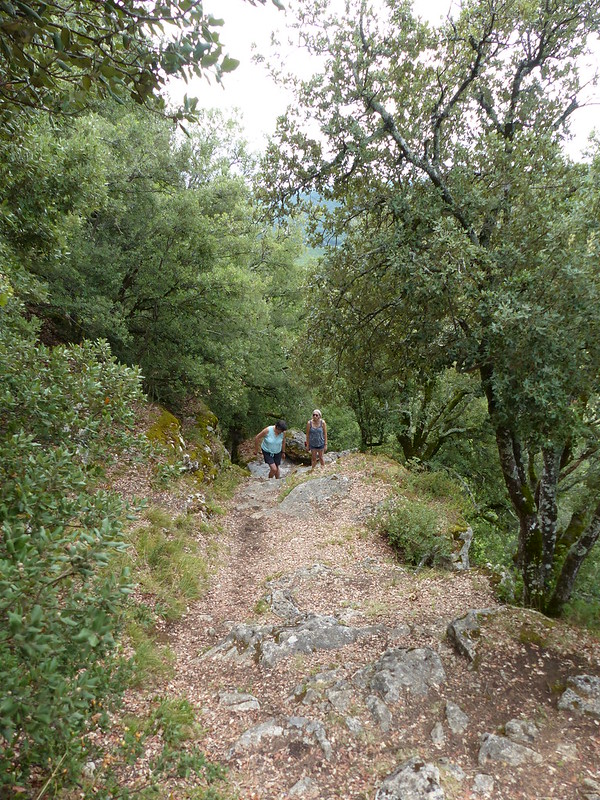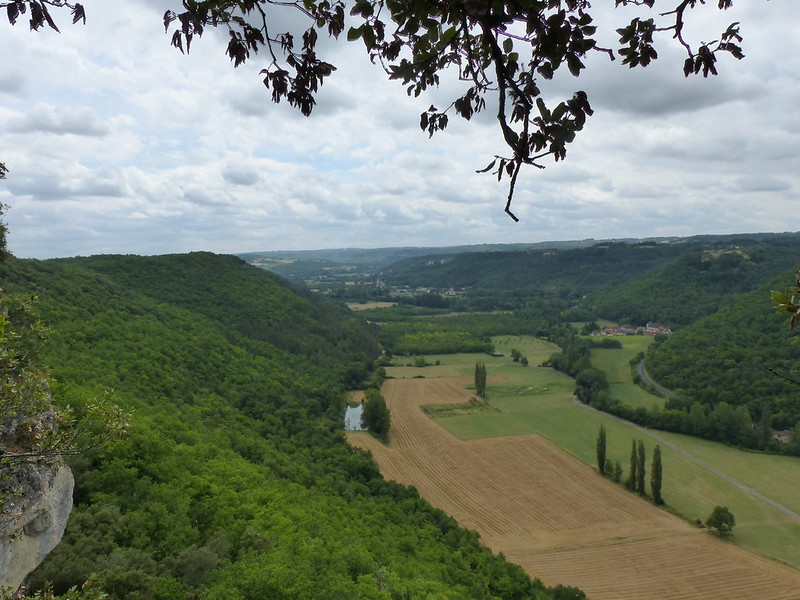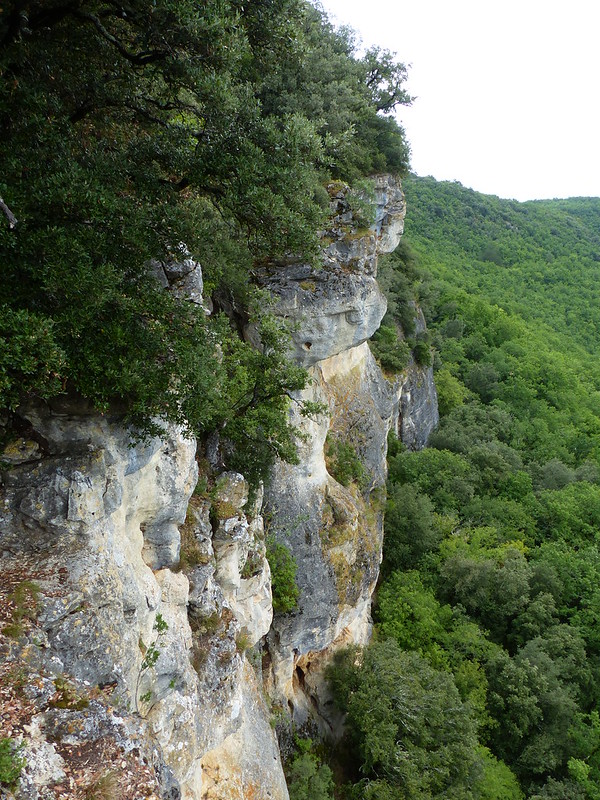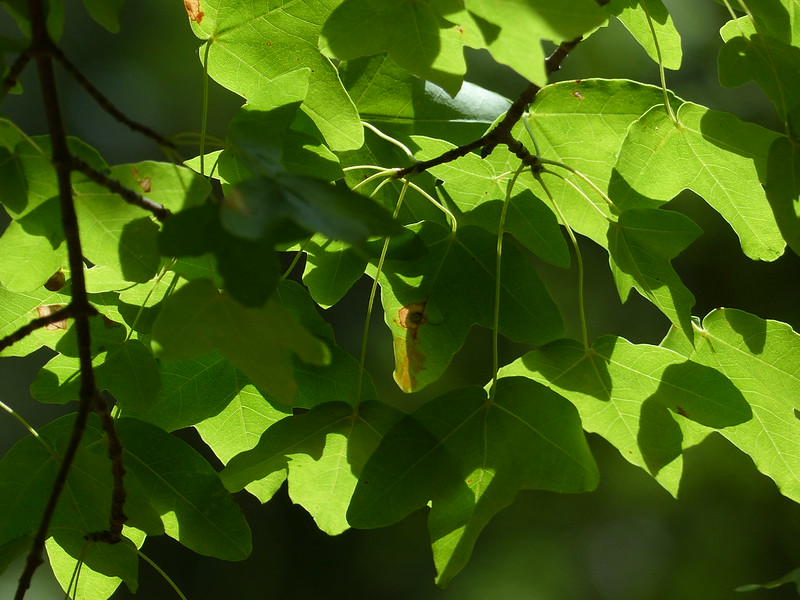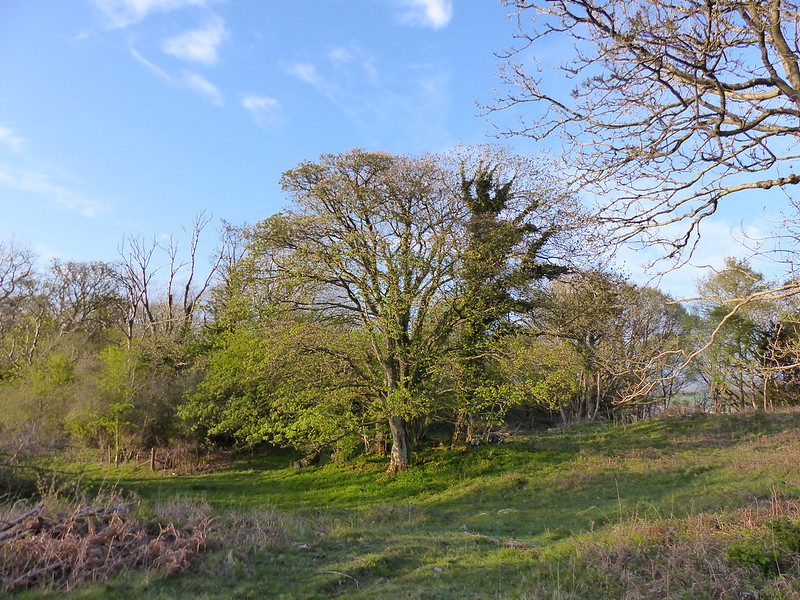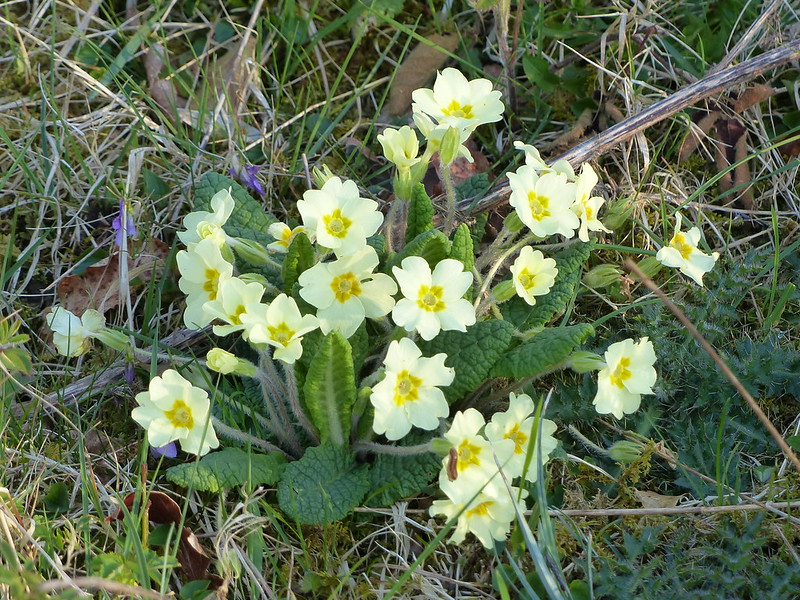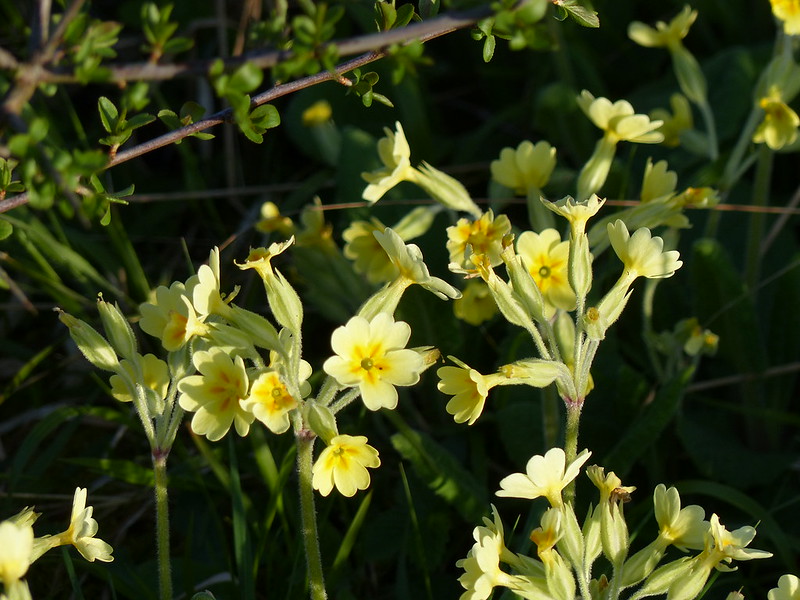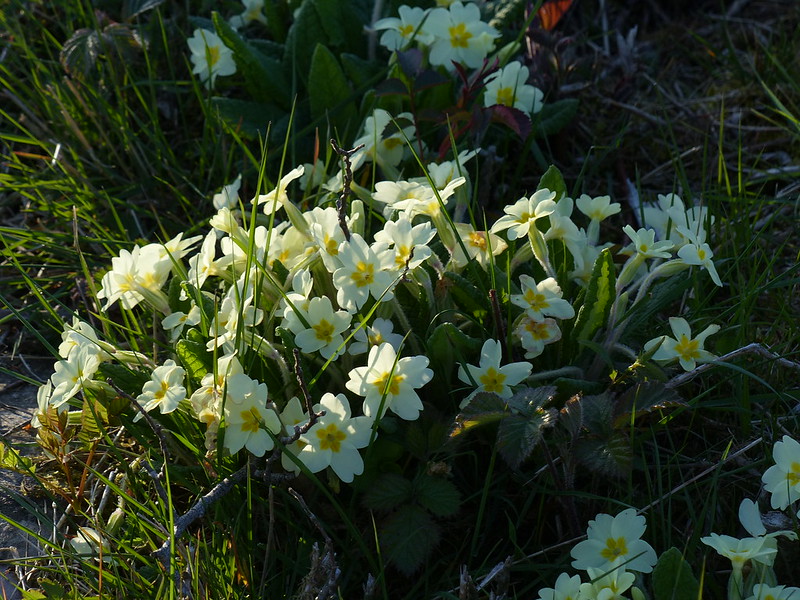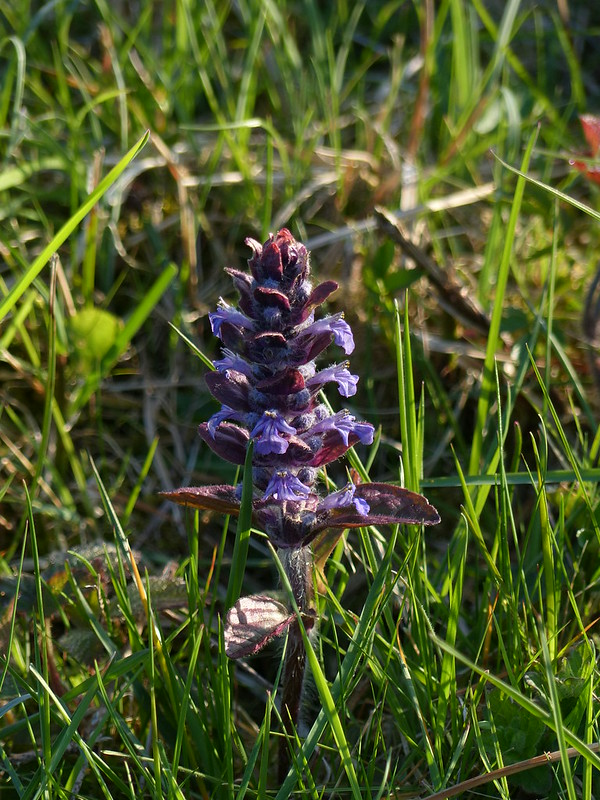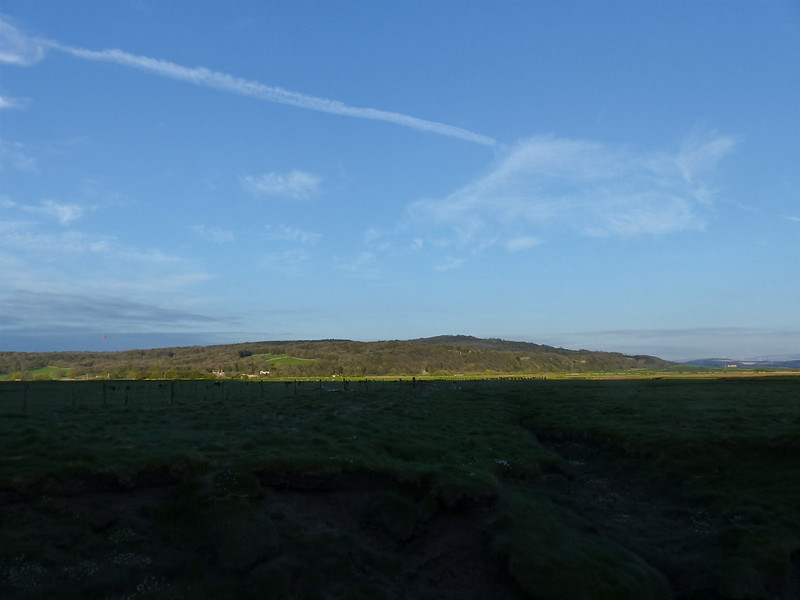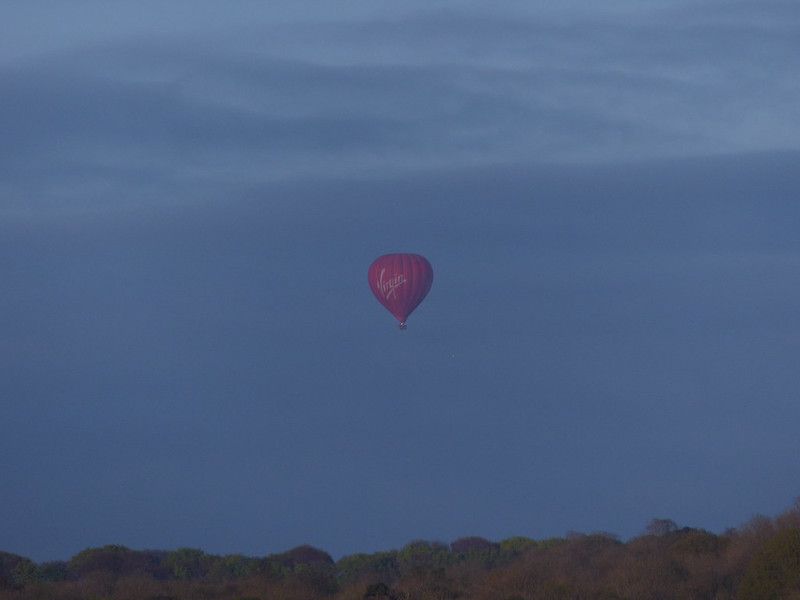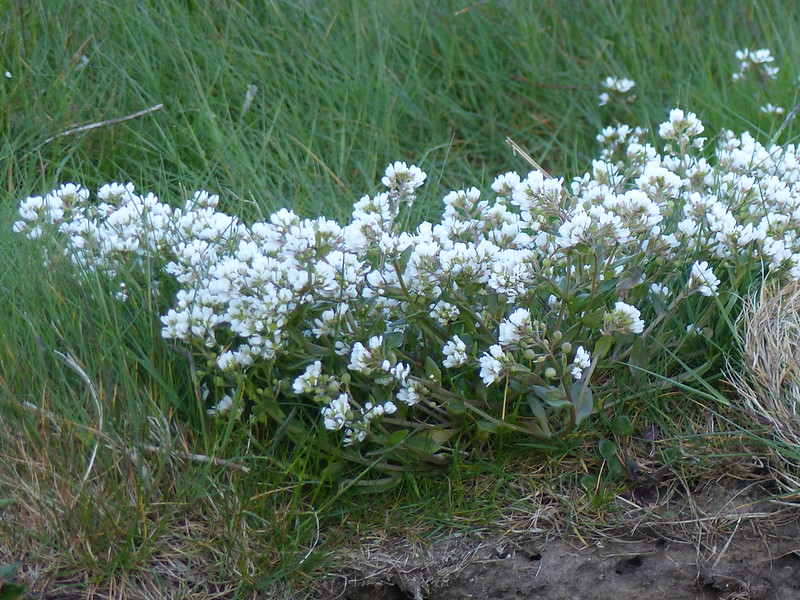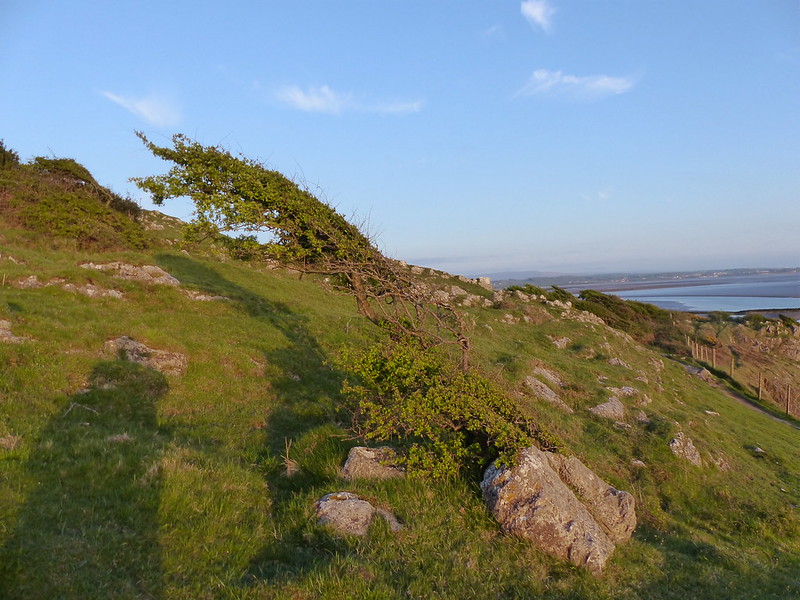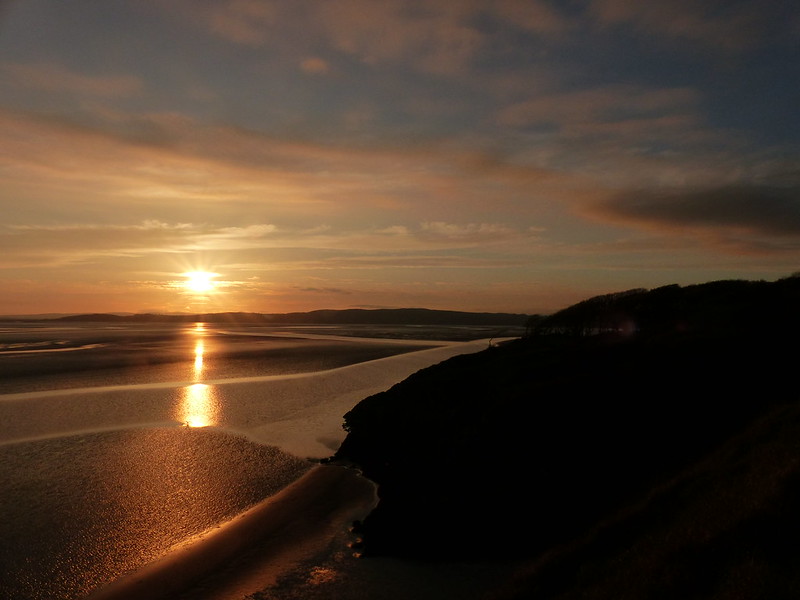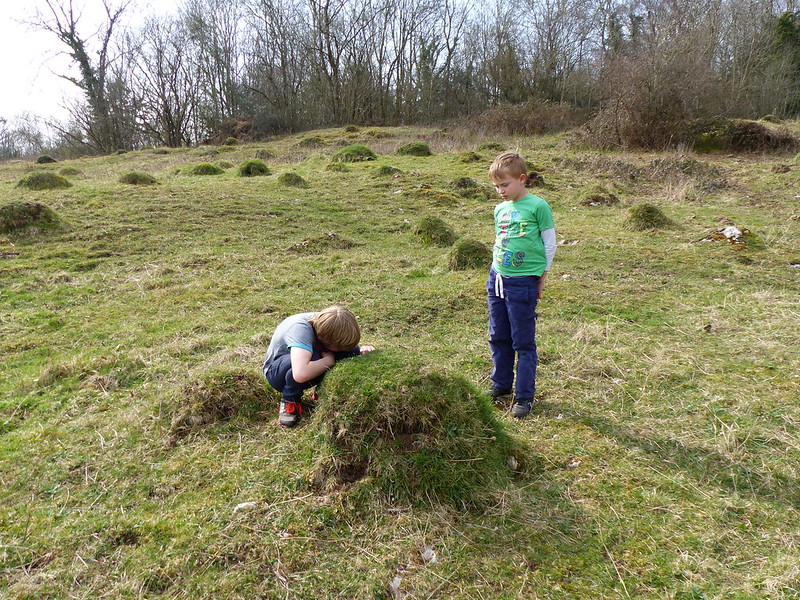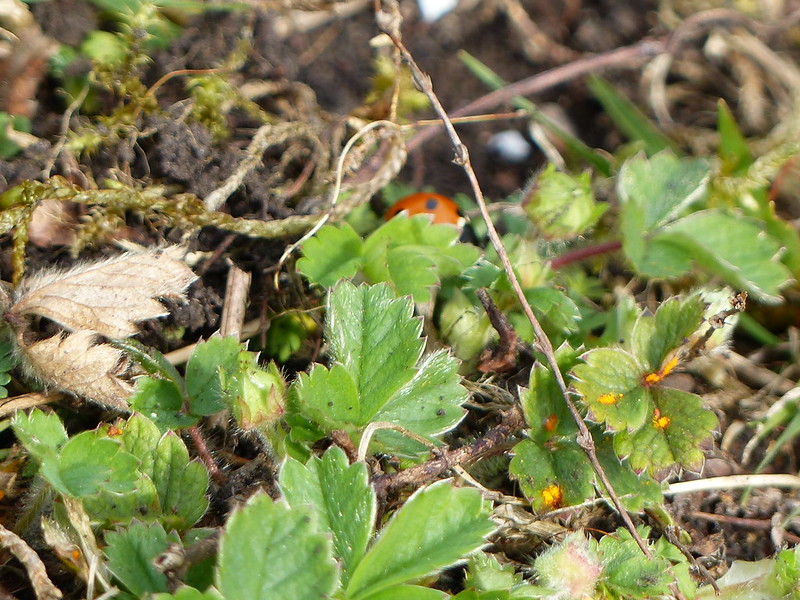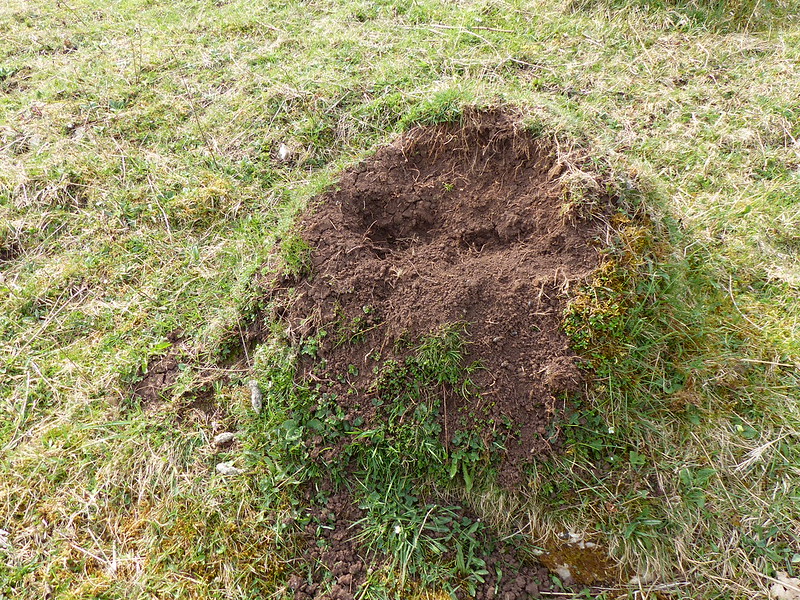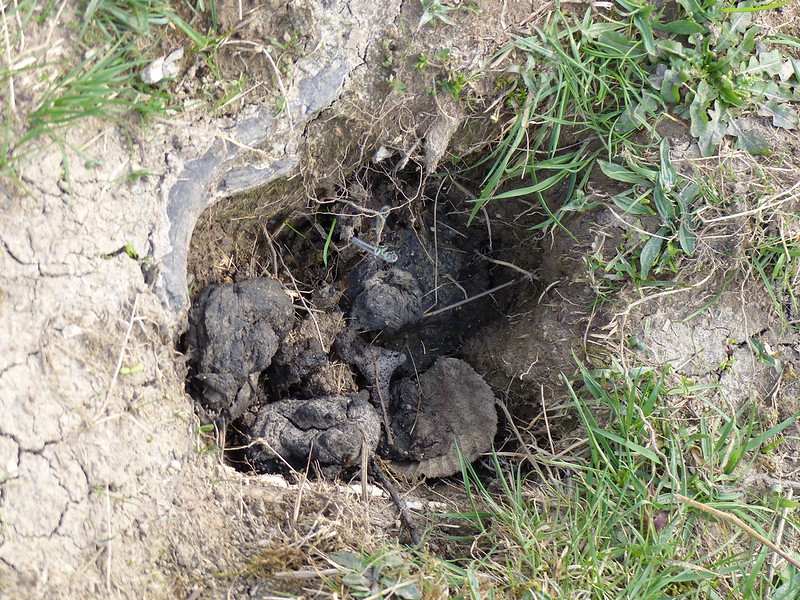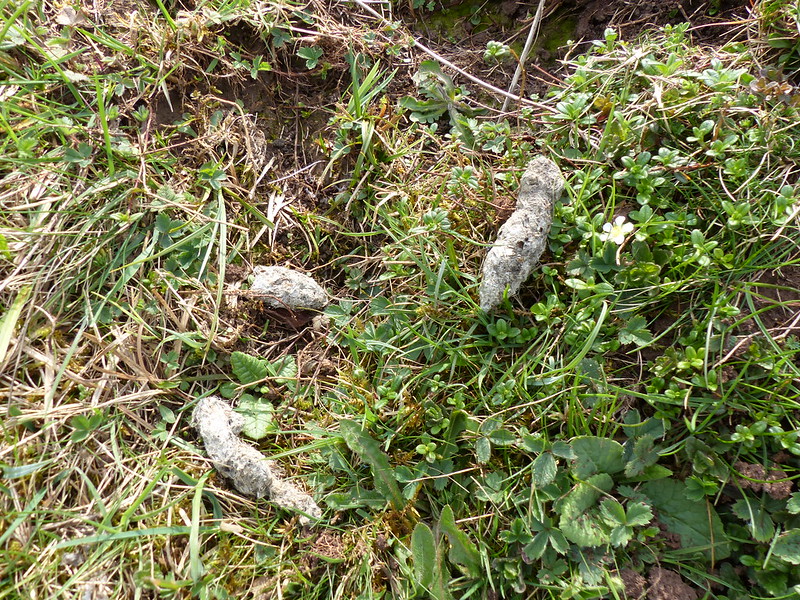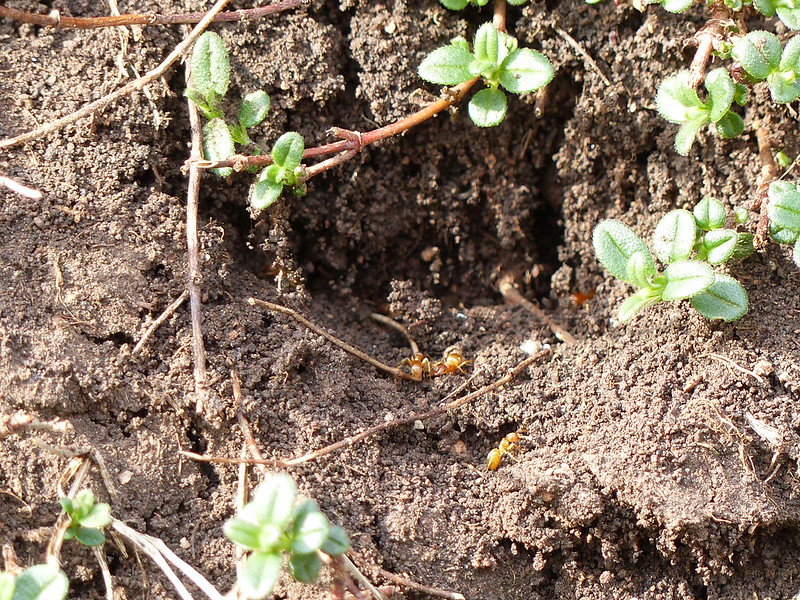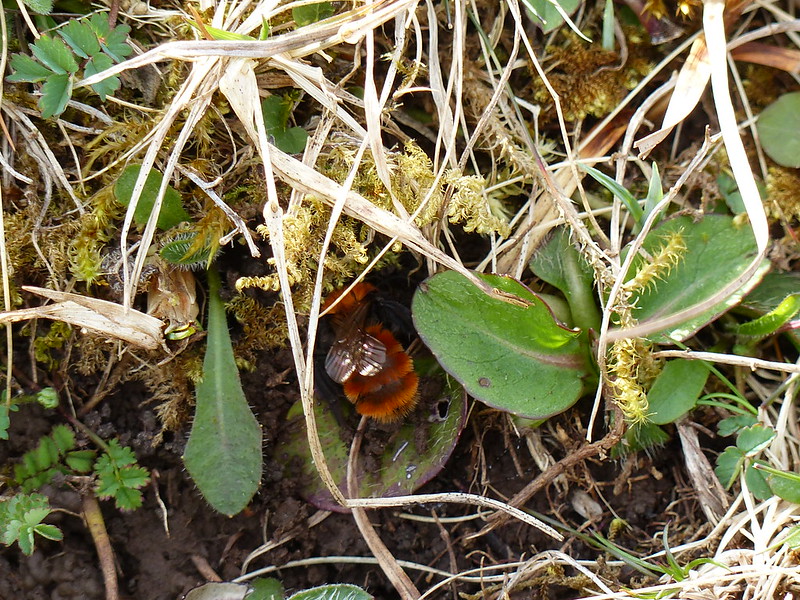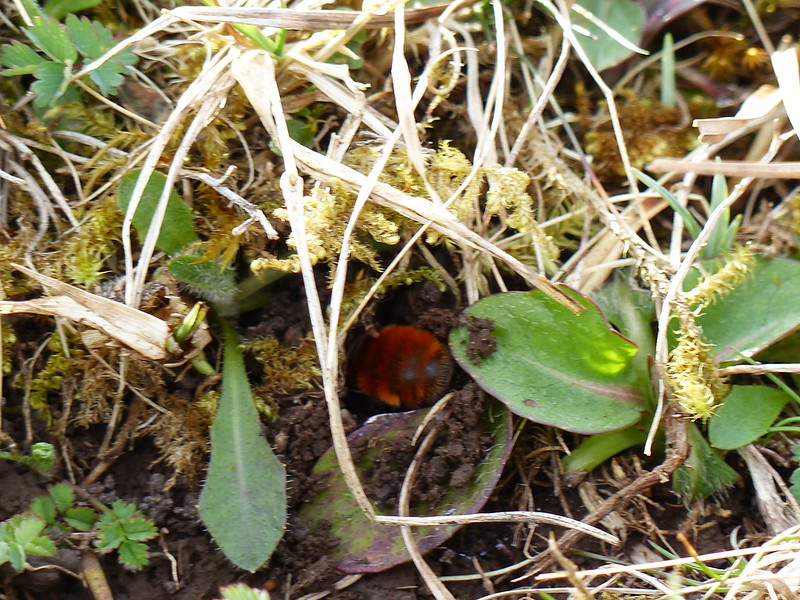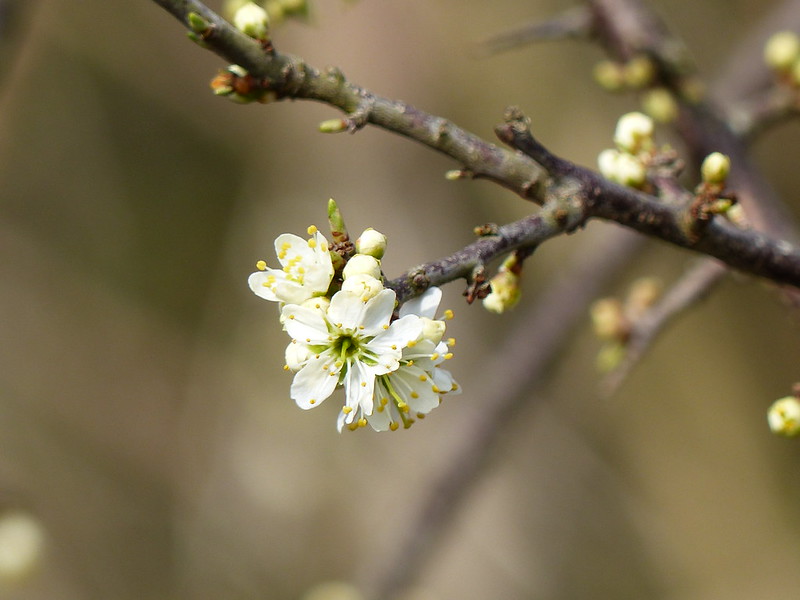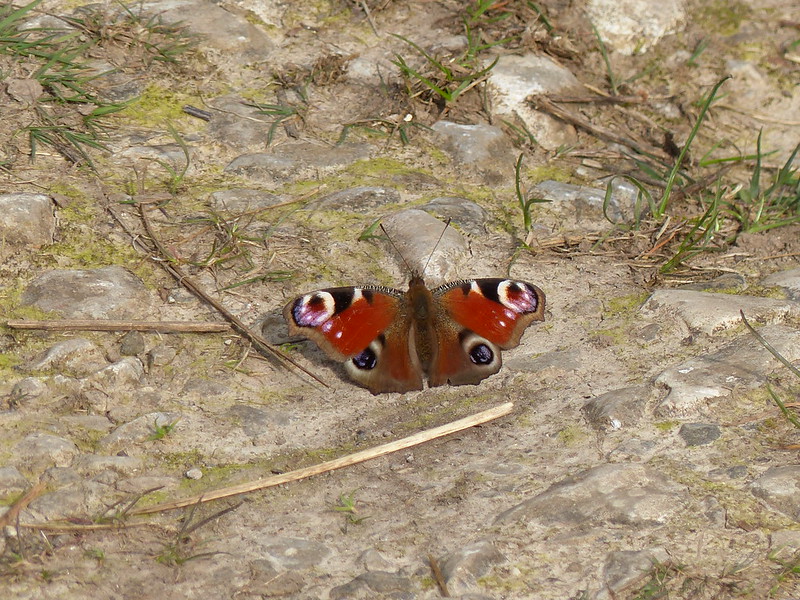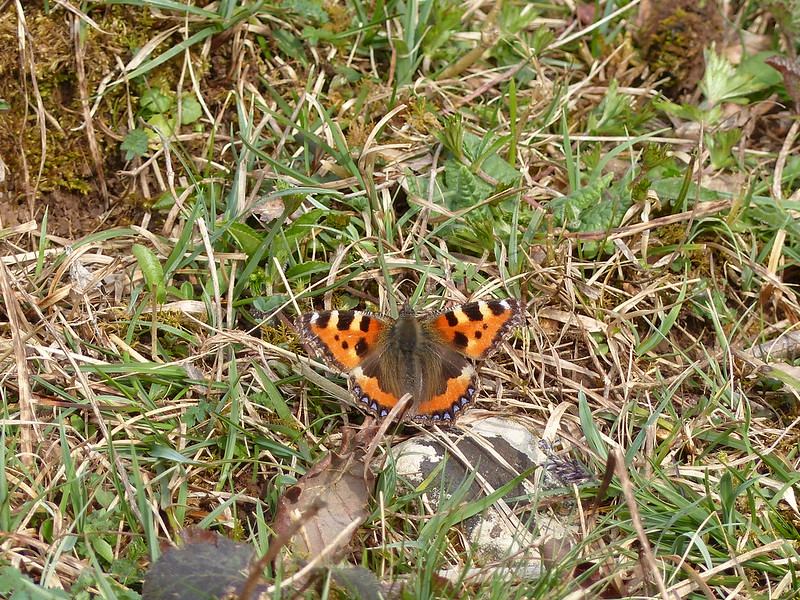
Carlin Gill (Carlin Gill Beck on the OS Map, but surely the ‘beck’ is redundant.)
The Hardman, the Shandy Sherpa and I have been discussing the possibility of getting our respective kids out for a wild-camp together for a year or two now. Earlier this year that pipe-dream moved a little closer to reality when we all committed to two summer weekends which we would reserve for that purpose. The second weekend would be a fall-back: if the forecast for the first weekend was diabolical, we planned to keep our powder dry and wait for the second weekend. We also had a destination picked out: Upper Eskdale, somewhere that Andy and I have both camped many times before, and wanted to share with the kids.
When the first allotted weekend was approaching the forecast was, if not diabolical, at least not very encouraging, with lots of wind and rain expected. Andy sent an email all but scotching any chance of his participation, much to my relief, but Brian responded by stating that if we were both out, he – as befits the Hardman – would take his own kids camping more locally, in ‘a peat bog on Kinder’. I consulted my family: TBH bowed out before I’d even finished asking, S rapidly agreed, A was more reluctant to abandon our plan, but thought that was for the best, but B is made of sterner stuff and expressed a desire to hold firm to our plan. Andy must have had a similar conversation with TJS because on the Friday night they drove up to ours. In the meantime, A had changed her mind and decided to join us and, with the worst weather predicted for the Western lakes, we’d hit upon Plan B: a walk up Carlin Gill and a camp at Blakethwaite Bottom (as recommended by no less an authority than Mr Knipe).
Frankly, I was concerned that we might all be barking mad.
We parked the cars just off the Fairmile Road at about two o’clock on the Saturday afternoon after several hours of continuous heavy rain. The Lune was a thick brown torrent and Carlin Gill was also running very high. Although the cloud was low, the rain was slackening and showing signs of finally coming to an end. Our original plan to follow Carlin Gill now seemed a bit unwise, especially given that we would probably need to cross the gill, which was going to be extremely difficult, if not down right dangerous.

Grains Gill, Weasel Gill and Carlin Gill.
Instead we climbed up out of the valley, passing a small herd of horses on our way, and over the top of Linghaw, where it was very blowy. From the col between Linghaw and Fell Head we took the path which traverses the steep slopes round the head of Small Gill.

What a find this was! I always enjoy a contouring path and I think that in this case the fog enhanced the drama. The kids seemed to be enjoying themselves despite the adversity…
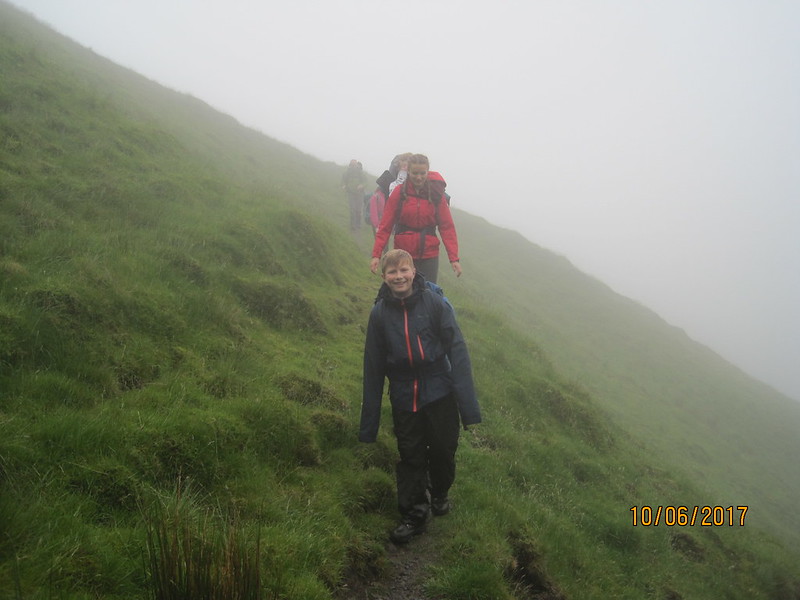

B’s rucksack, which is almost as big as he is, is vintage, an old Berghaus model which my Dad used when we walked the Pennine Way together in 1985. Come to that, I was also using my 1985 bag, a Karrimor Jaguar 6. Will Sports Direct honour the lifetime guarantee do you think?

The cloud was gradually lifting a little, giving tantalising glimpses of sunshine down in the Lune Gorge.
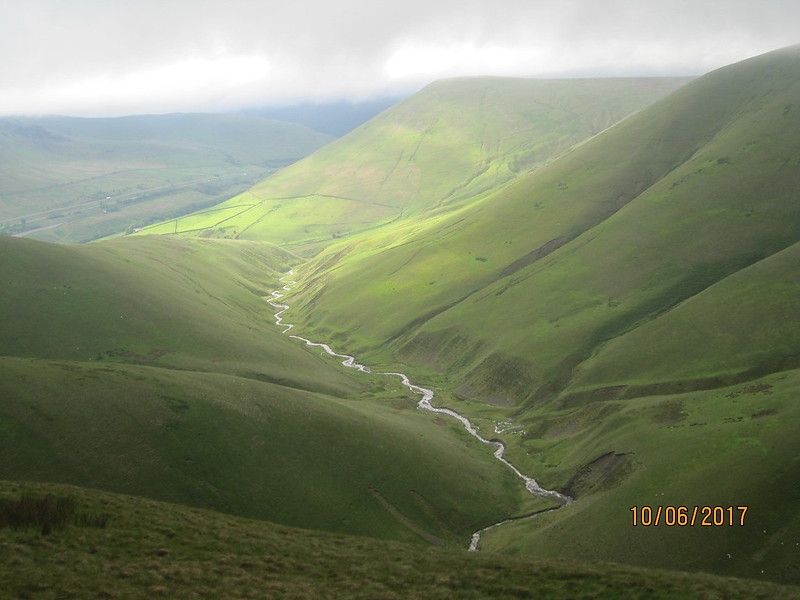
I’d made a last minute decision to keep the weight in my pack down by borrowing TBH’s little point and snap camera, which was now telling me that it’s battery was spent. I found that if I turned it off and turned it back on again, I could convince it to keeping eking out a few more pictures.

Folded strata at the top of Black Force.

The Spout.
Blakethwaite Bottom, it transpired, was somewhat waterlogged, but after some careful reconnaissance we found a good spot. It was stony, with just a very thin covering of soil, which made it hard to get the pegs in, but it was sheltered, with a handy water source and proved to be surprisingly comfortable.

The weather was still threatening to brighten up…
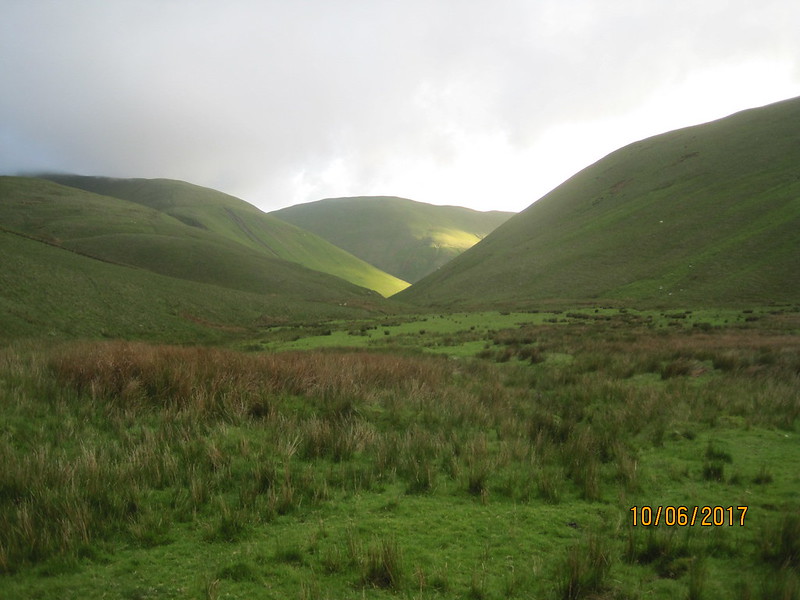
So, after we’d eaten, we climbed Uldale Head. The top was still in mist, but we had good views from just short of the summit. A real gale was blowing up there. We all enjoyed playing with the wind – the kids were using their coats as wings, and jumping up to see how far it would carry them. We all spread our arms and leaned as far forward into the wind as we could get away with. I didn’t take any photos, but A has one of me looking quite demented and I’m worried that Andy might soon be posting something similar (Edit: my fears are confirmed – his take on our madcap outing, with more, and better, photos, is here.)
B, who had persuaded me that coming on the weekend was a good idea, thoroughly relished the whole affair. As the light faded, he was devising a makeshift boules set from various rocks he found around the camp. I offered to play him, and almost immediately, everyone else was keen to join in.
I slept much better than I did on Little Stand, partly because we were much more sheltered from the wind, but mostly, I think, because I’d borrowed TBH’s new sleeping mat – it’s much heavier than mine, but the extra weight may be worth it. In the night I realised that the burbling sound of the stream by the tents had completely gone – a reflection of the falling water levels.
I woke the next morning to the sound of a shower on the flysheet, but, mercifully, it was short-lived. We’d been joined at some point…
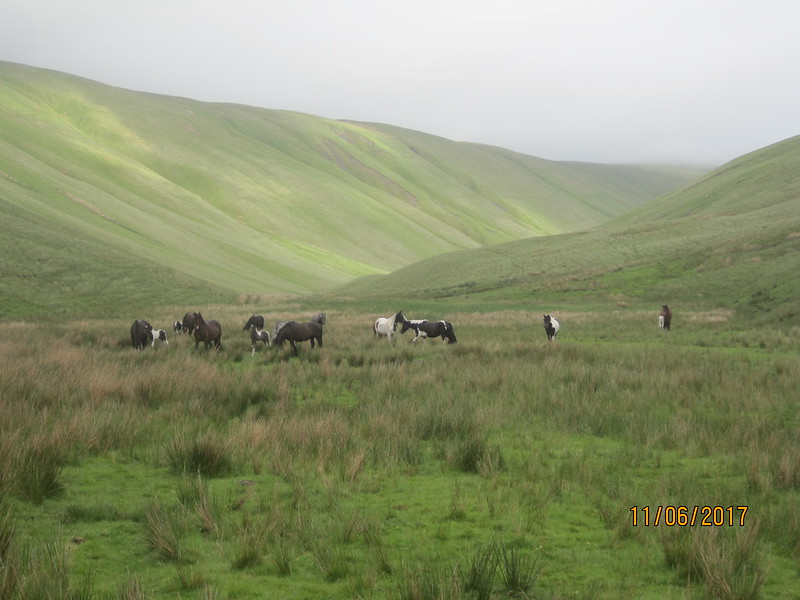
…by some Fell Ponies. Although some seemed quite large to qualify as ponies.
There were seventeen horses in total, including four foals.
I had a quiet brew, and since I couldn’t hear any evidence of activity from the others (unless you count a bit of snoring), decided to head off for a short wander.
I climbed round to Hand Lake, then turned back over Docker Knott and Over Sale, returning via Great Ulgill Beck. The sun even shone.
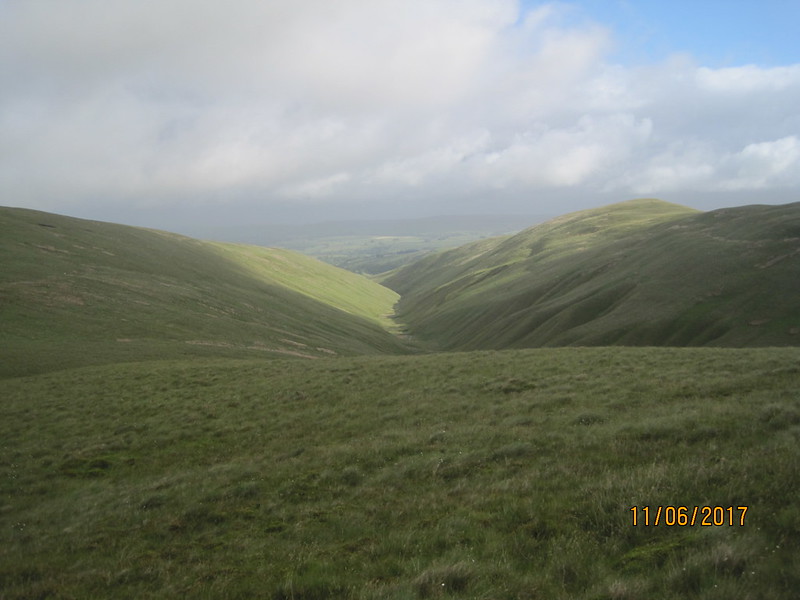
Churn Gill and Middleton.
When I got back, breakfast was on the go, under the intense gaze of a herd of cows which had joined the horses, but which seemed much more intent on closely examining what we were doing than the horses were.
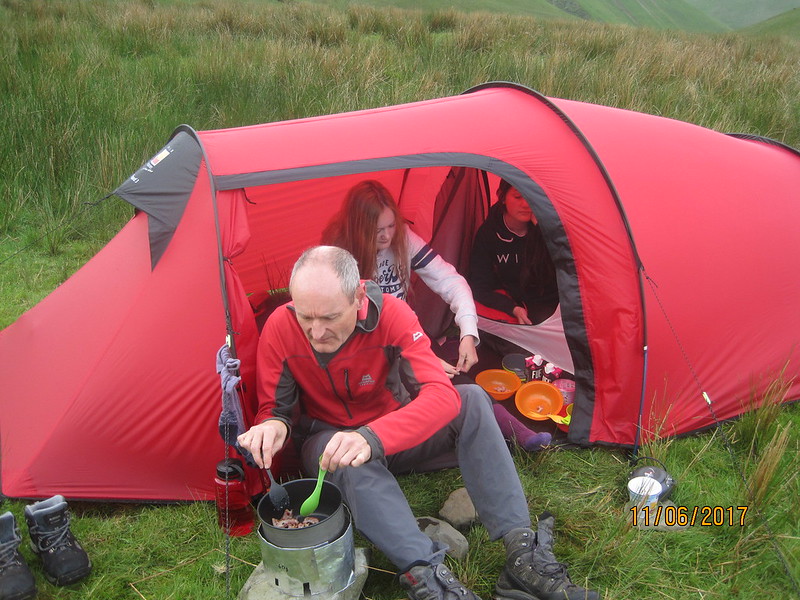
Breakfast was on the go, that is, except in our tent, where A and B were still luxuriating in their sleeping bags. Andy had loaned us his three man Lightwave tent, an astonishing piece of kit, which had been just right for the job. (A has a three person tent by Quechua, which I’m impressed with, it’s very light, but I was worried about it’s potential performance in foul weather). Incredibly generously, Andy’s now made the loan indefinite, and I can’t wait to get out and use it again, before he comes to his senses!
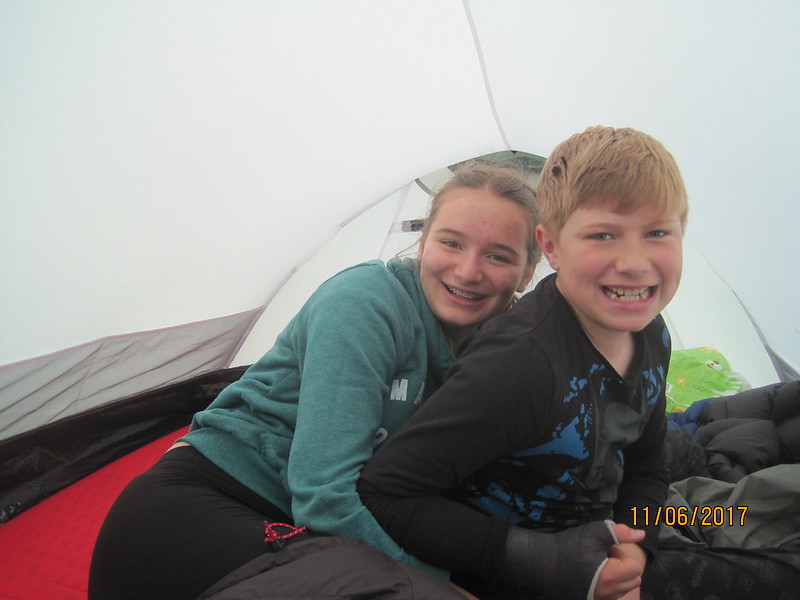
Naturally, Sod’s Law was in operation, as usual, and as we packed the tents away another brief shower ensured that we didn’t get them away dry. Then, as we set off, we were subjected to one of the fiercest, coldest spells of rain I’ve experienced in a long while – something akin to the torrential downpours which accompany thunderstorms in the bigger mountain ranges. Fortunately for us, it only lasted about ten minutes.
We retraced our steps to the top of Black Force. You can see here…
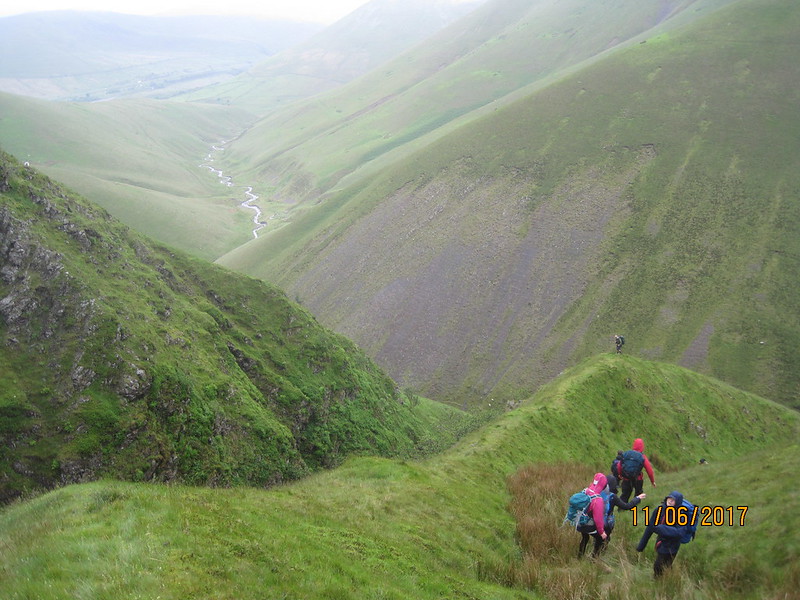
…that Andy is descending the faint path down the rib at the edge of the falls, but there was a strong wind blowing across the hillside and I had visions of one of the kids being swept over the edge. They followed Brian down the gully to the right of the rib, which was steep but manageable.

Brian crossing Carlin Gill – much less water in it by now.

Black Force.
All that remained was a saunter back to the car, with several crossings of the gill, which most of the children found highly amusing. Of course the weather had one more shower for us, arriving just as we stopped for a bite of lunch and a brew…

I don’t think anyone was disheartened. Certainly not the kids, they were too busy lobbing boulders into the beck to really notice.
A little further down the valley we stumbled upon the skeletal remains of a horse. The pelvic and thigh bones were huge. I noticed the gleam in B’s eye and told him, in no uncertain terms, that he wasn’t to take any of them home with him. He defiantly carried a massive bone a little way, but I think he left it behind. Either that or he’s hidden it well since we got back.
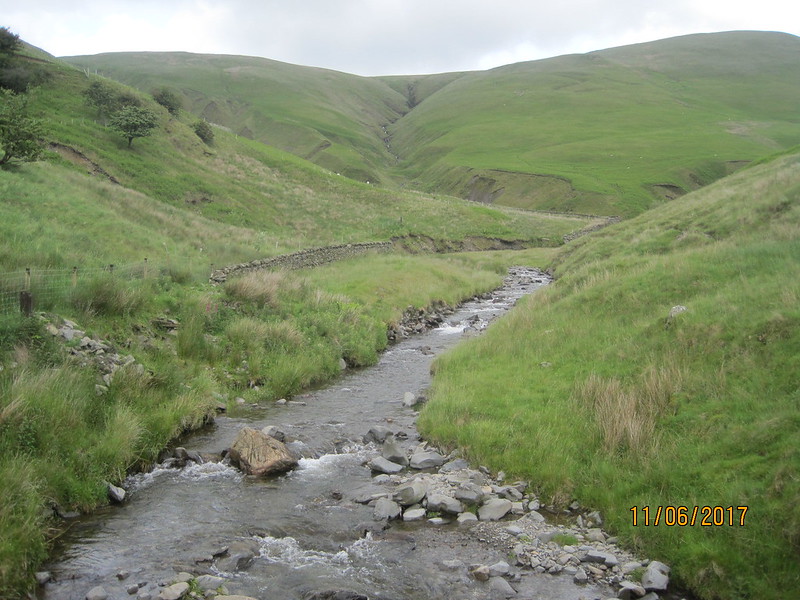
Carlin Gill in calmer mood.
We arrived back at the cars almost exactly 24 hours after we had set off, a bit soggy but decidedly happy.
“How did that compare with Little Stand?”, I asked B.
“Even better.”
I think, and hope, that for the kids, this trip, with the wind and the rain, the horses and the cows, the stream crossings and heavy showers, the nine pm, hilltop, human kite festival, was a bit of an adventure, a break from the norm. I’m not sure, with retrospect, that different weather conditions would have made the trip any more enjoyable than it already was. It was certainly memorable. I am sure though, that what’s key on a outing of this sort is the company you keep, and in that regard we couldn’t have asked for more.
The only tarnish on the weekend was the fact that we returned to find that Andy’s new(ish) car was badly dented, we think by a horse. I wondered whether anybody had heard of anything similar happening to cars left on the Fairmile Road?

